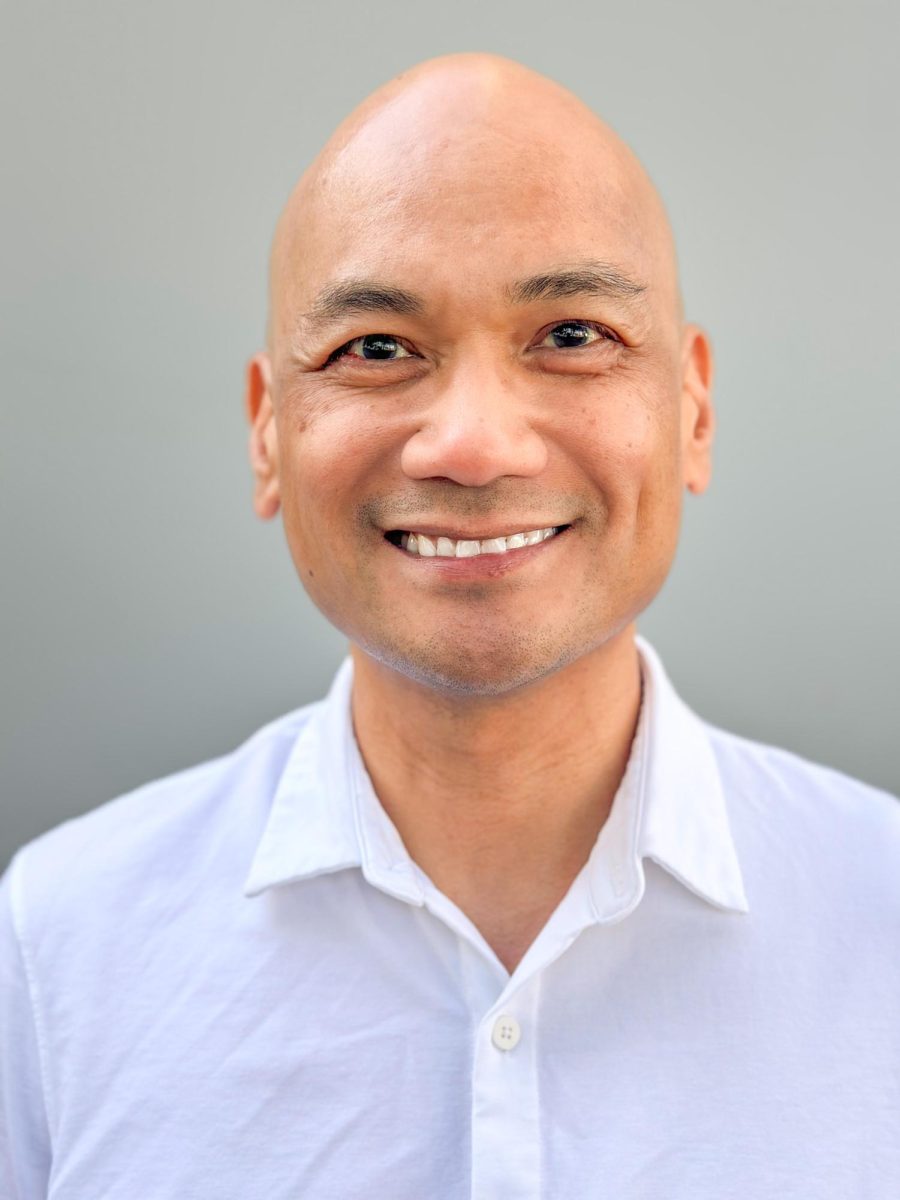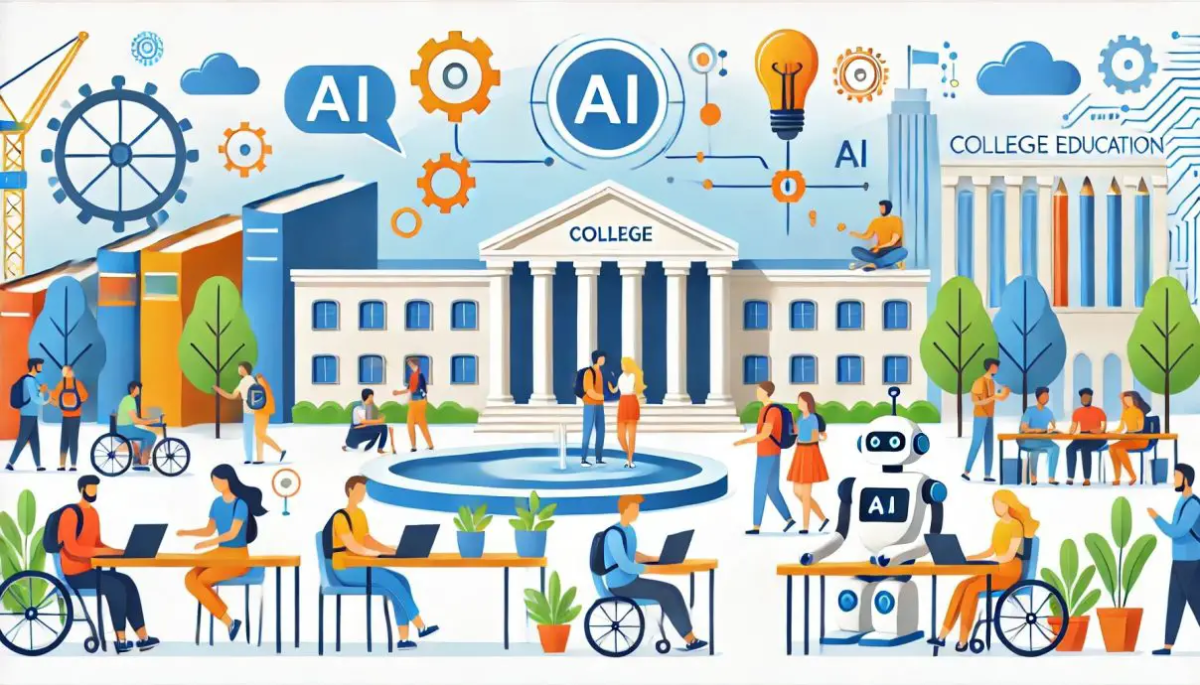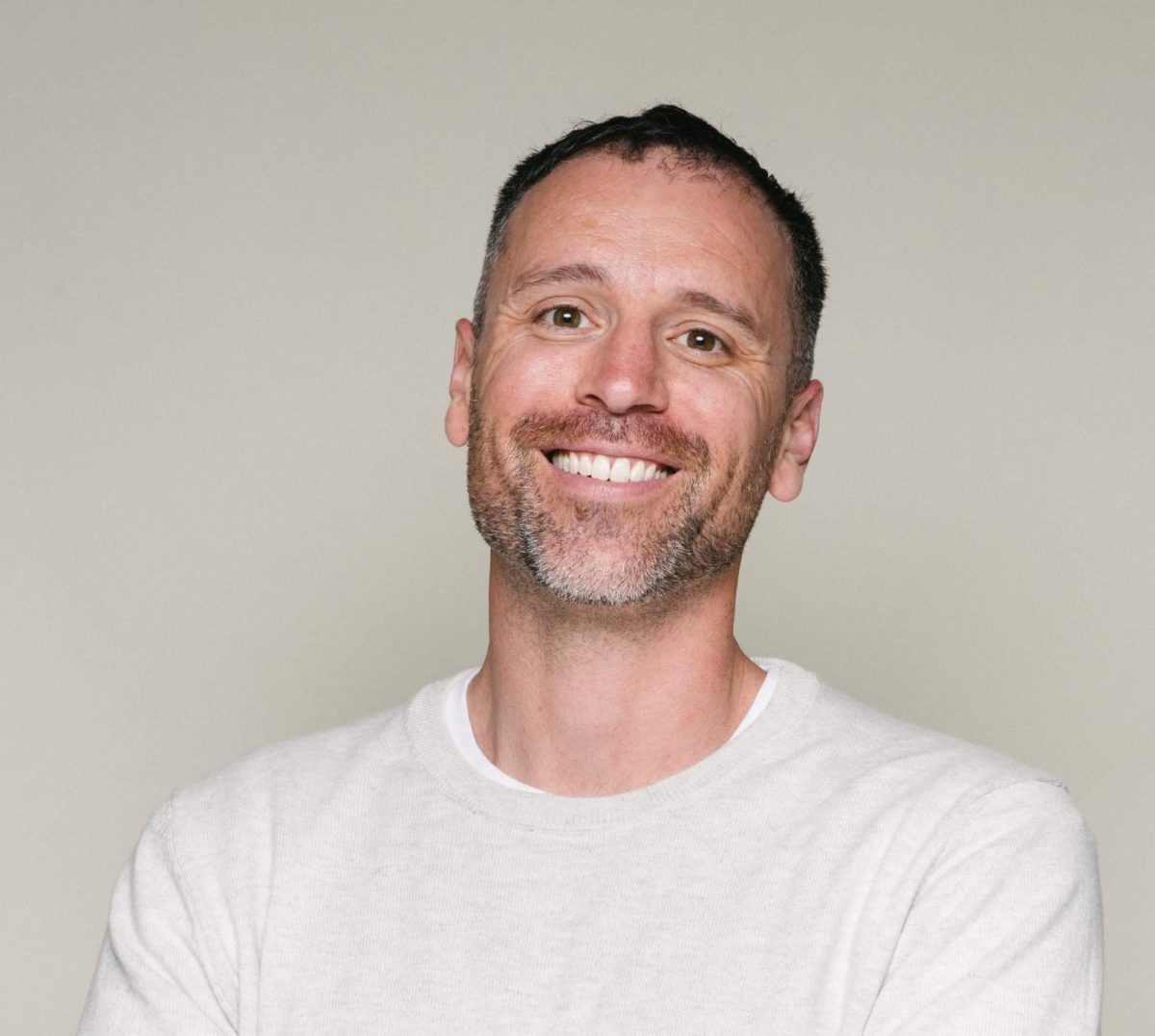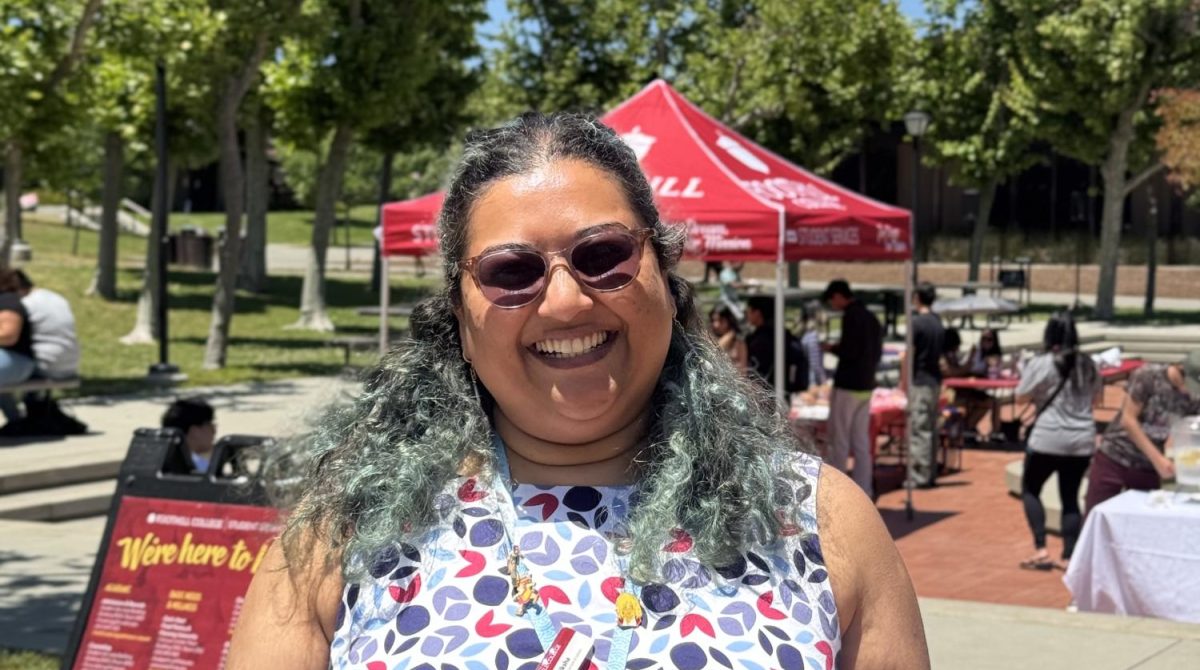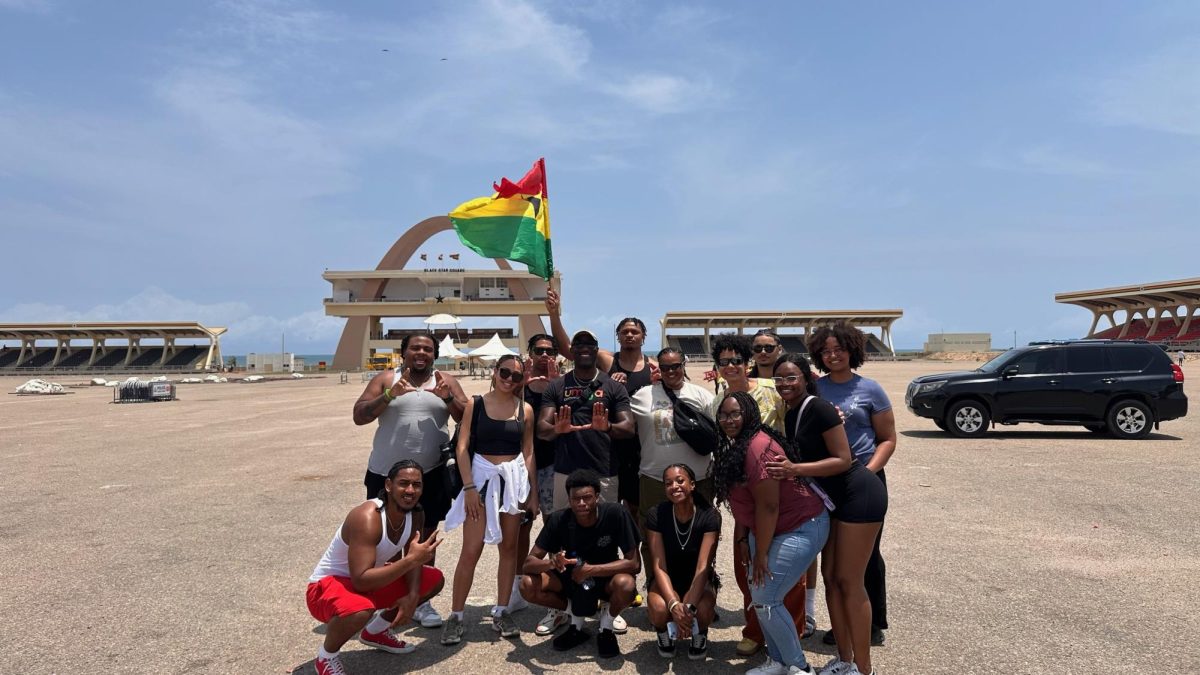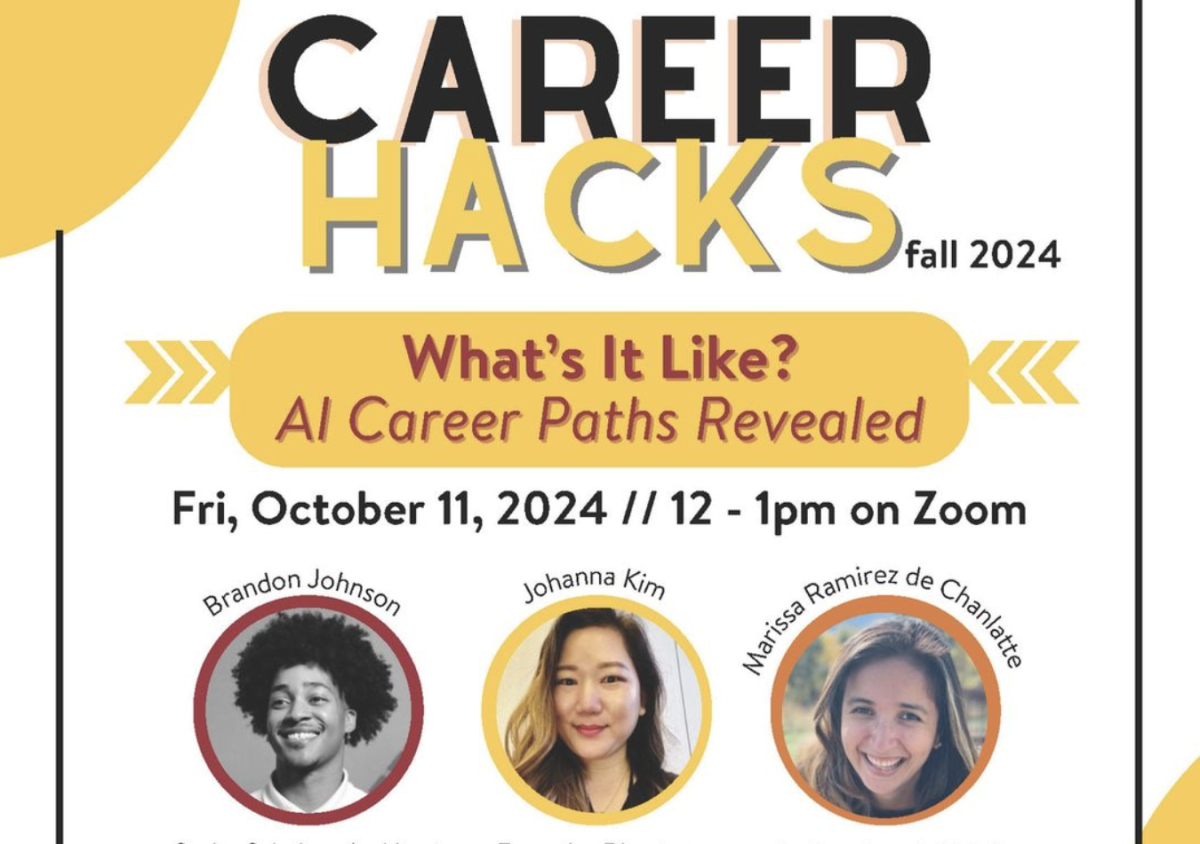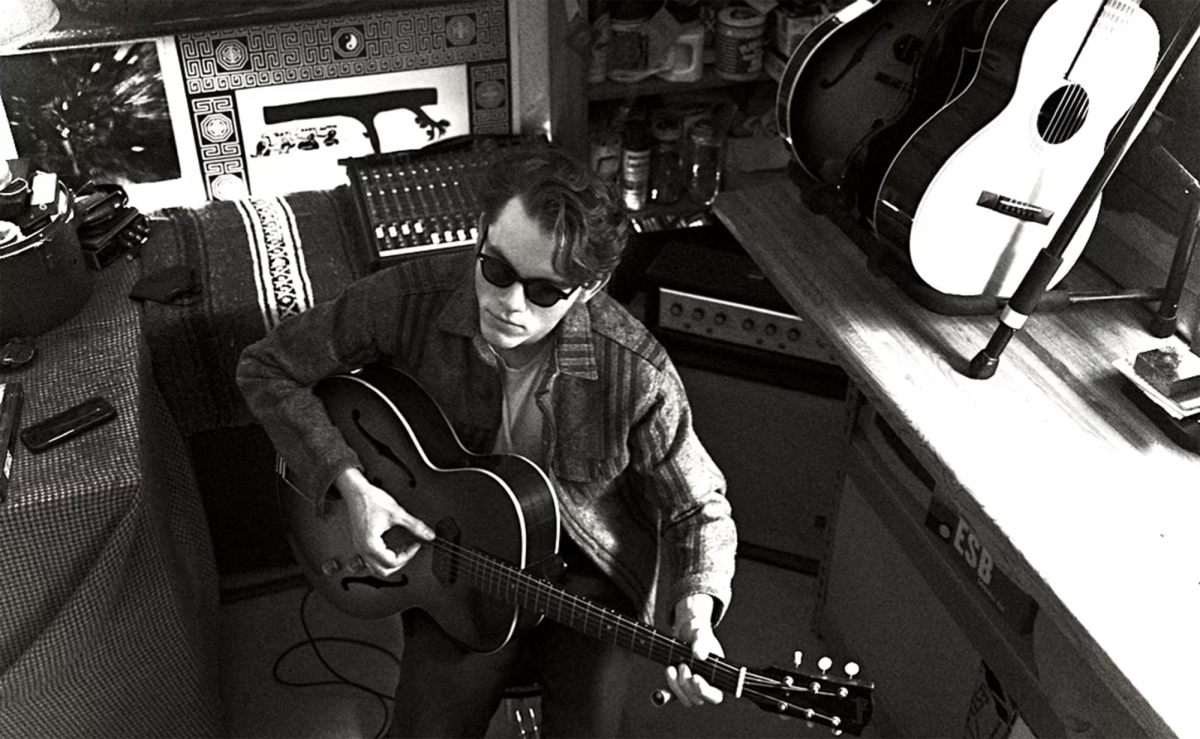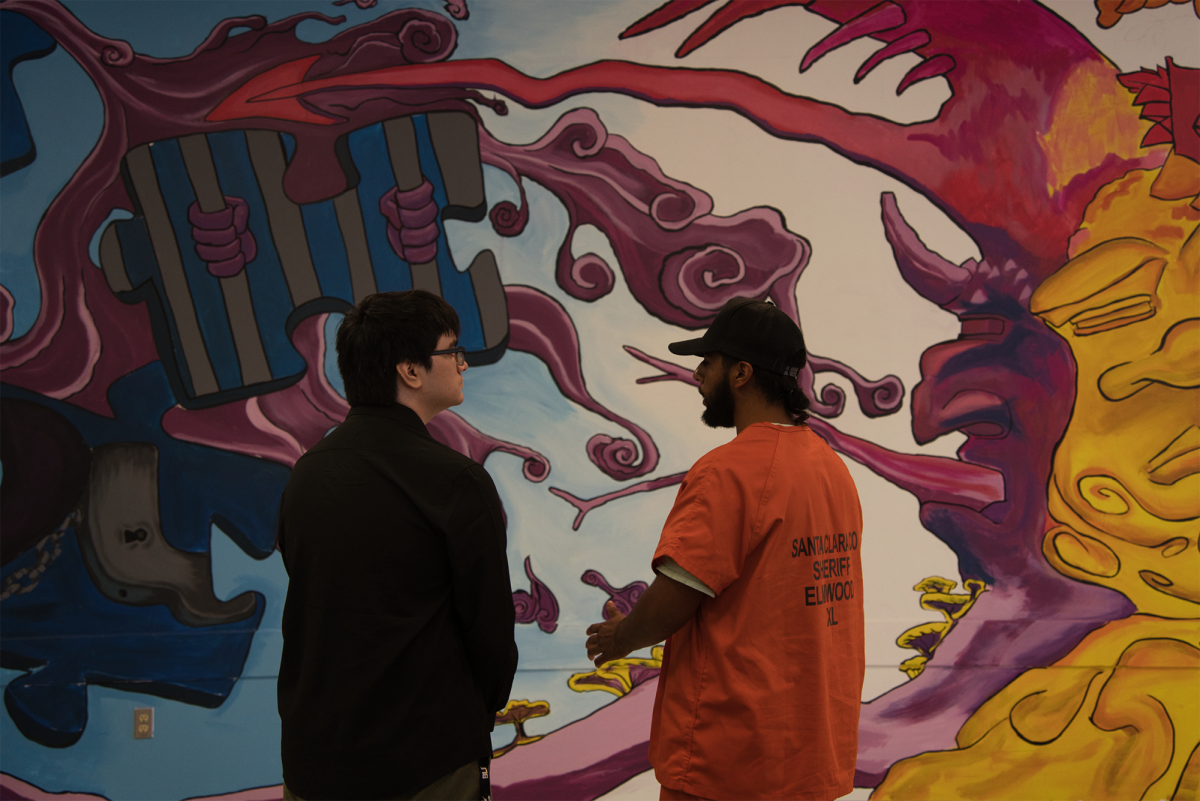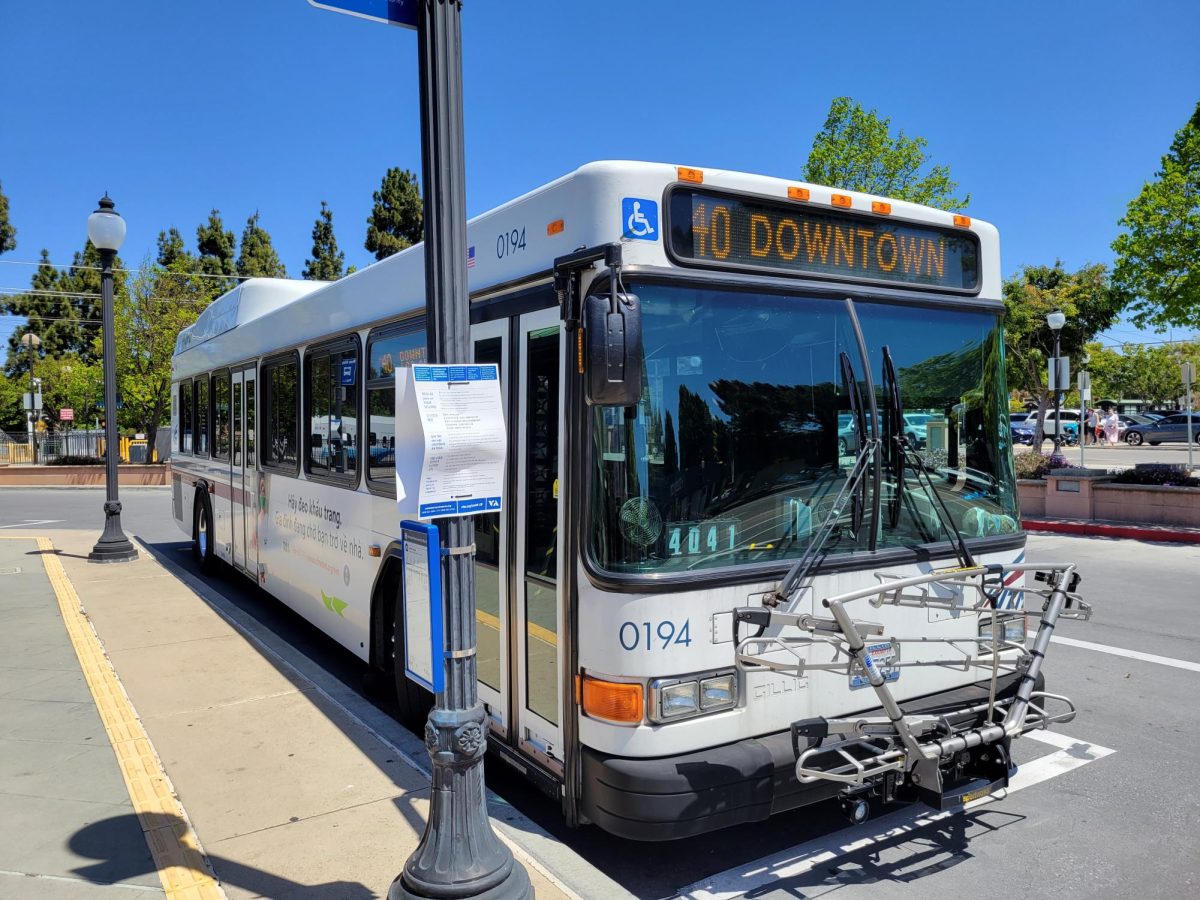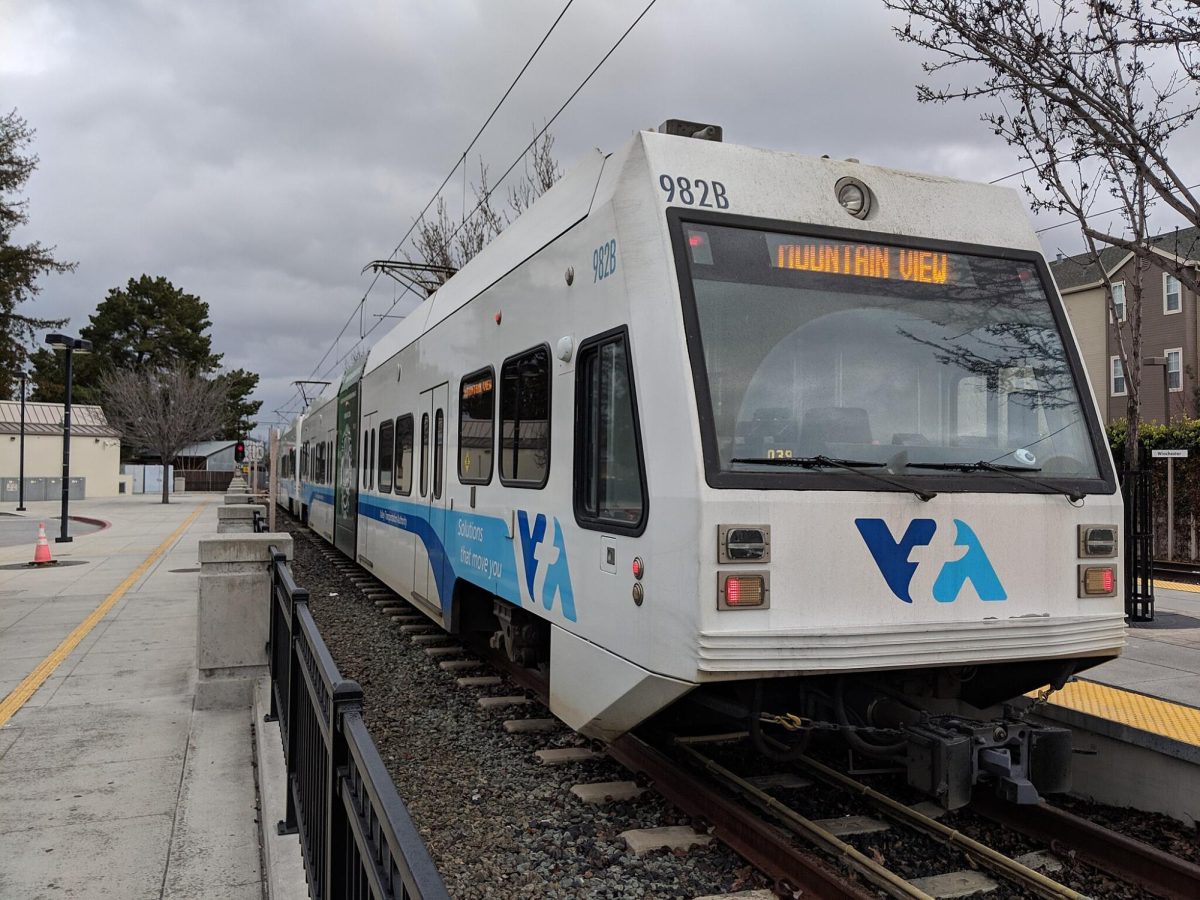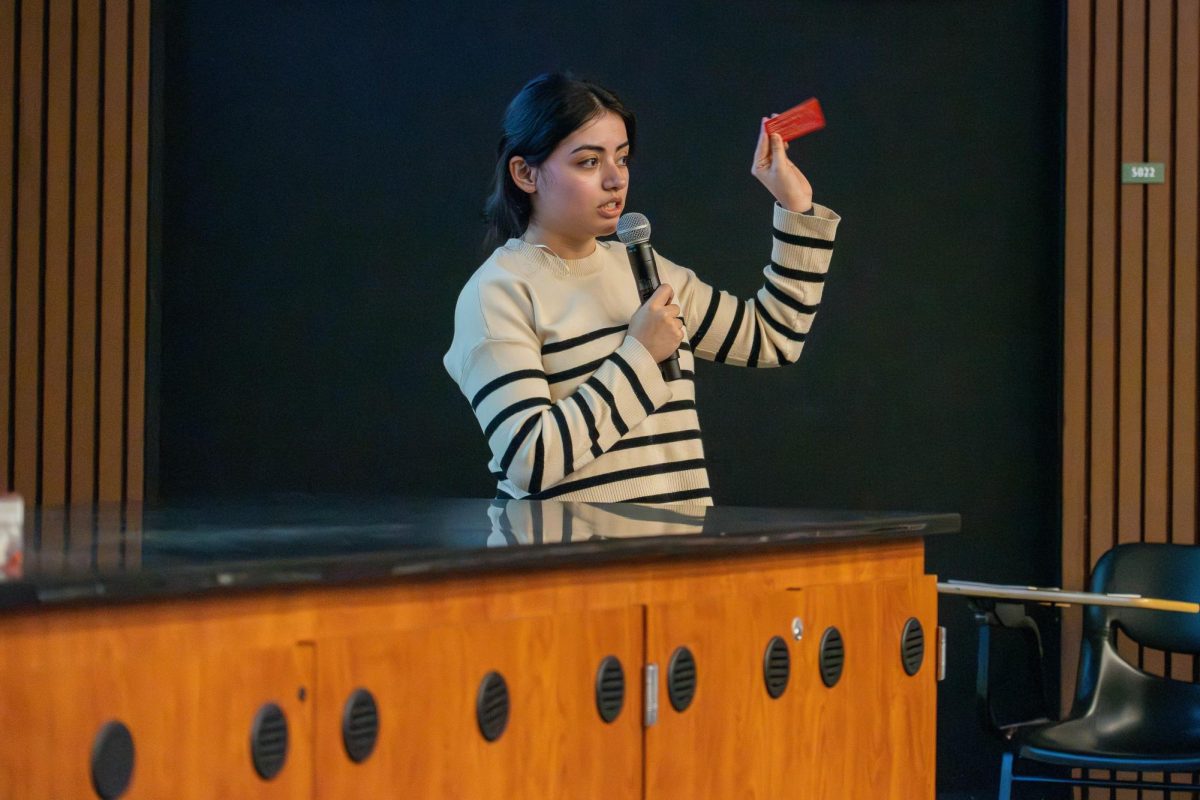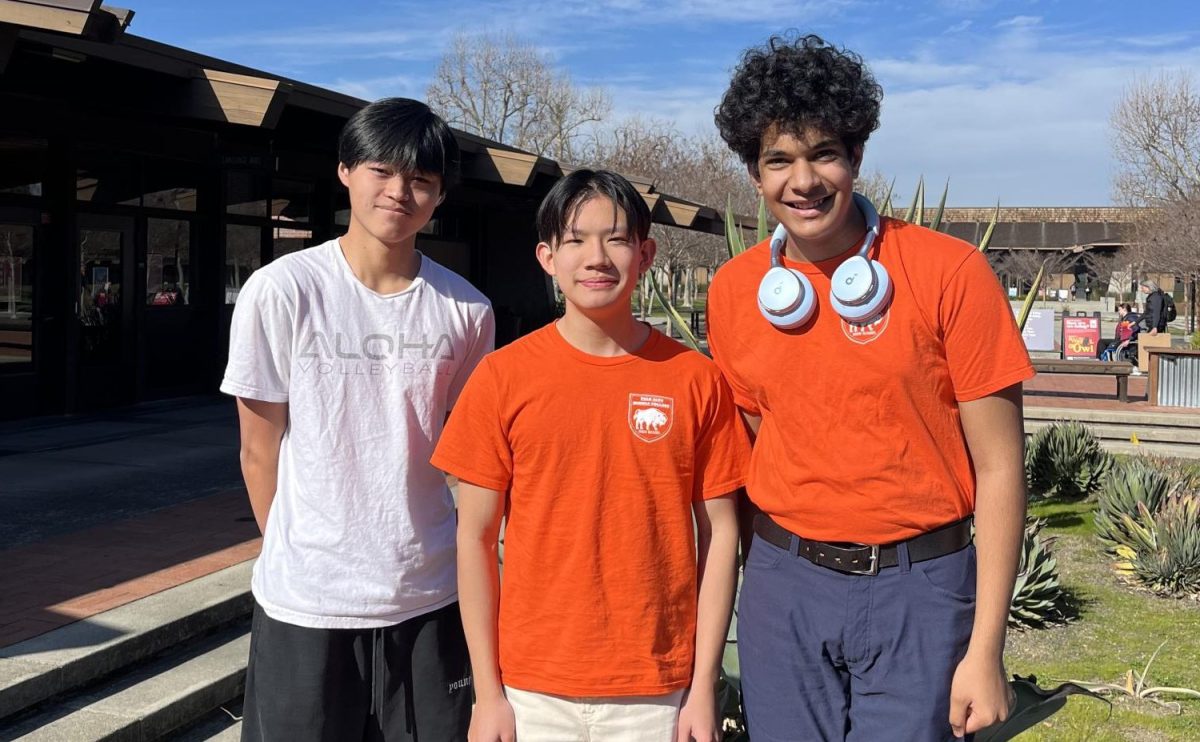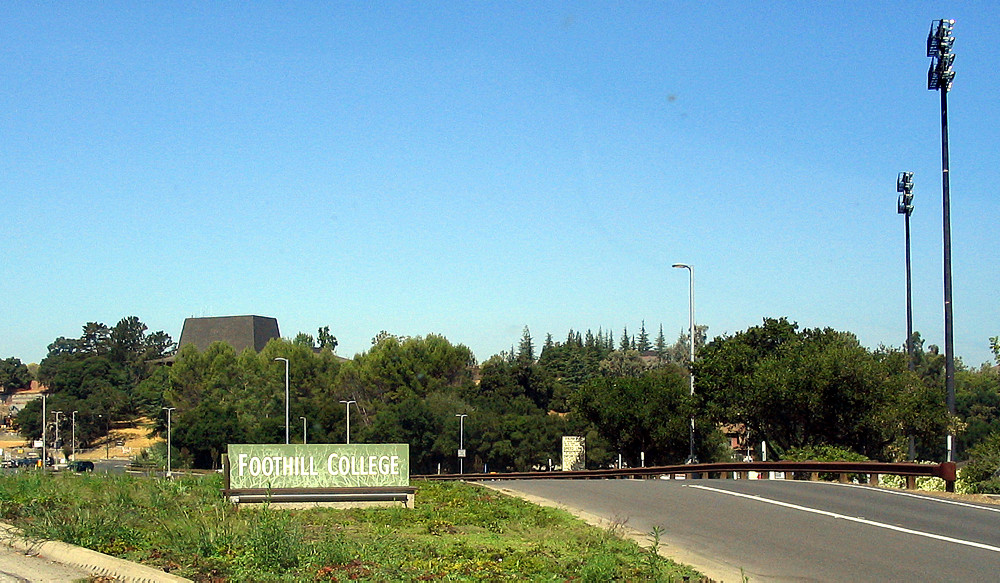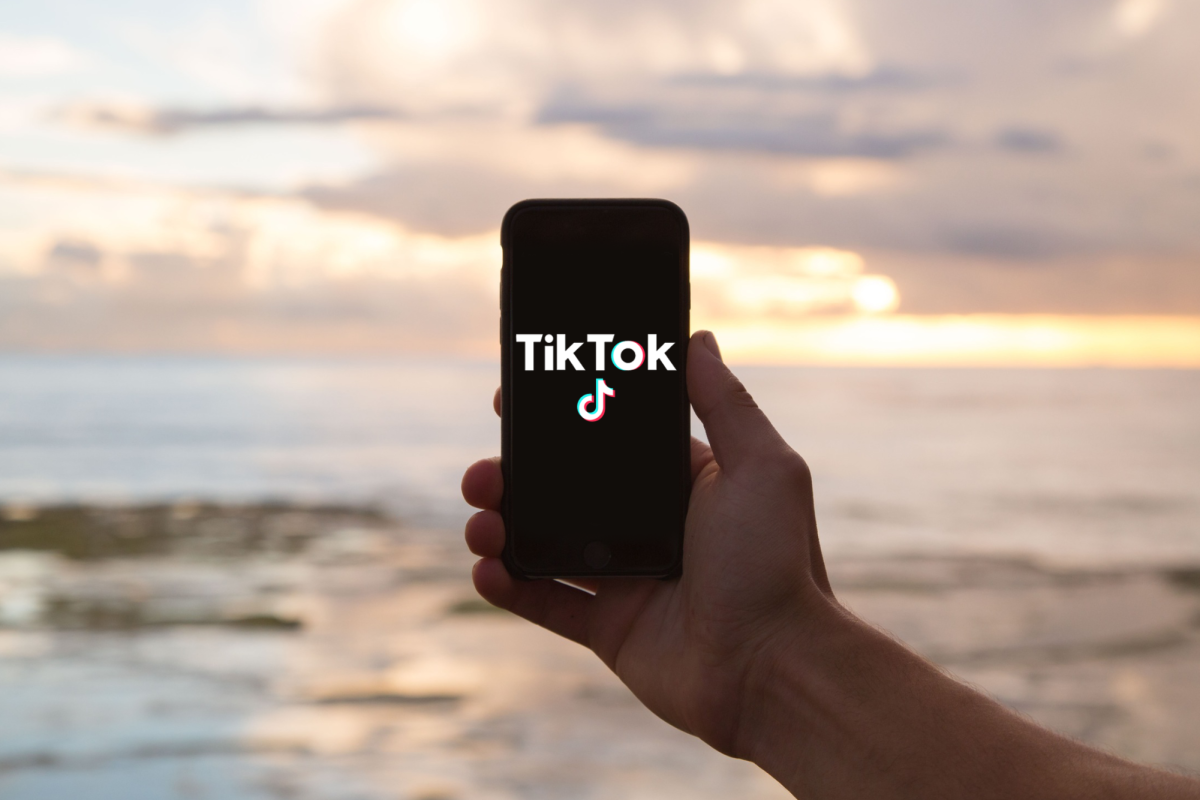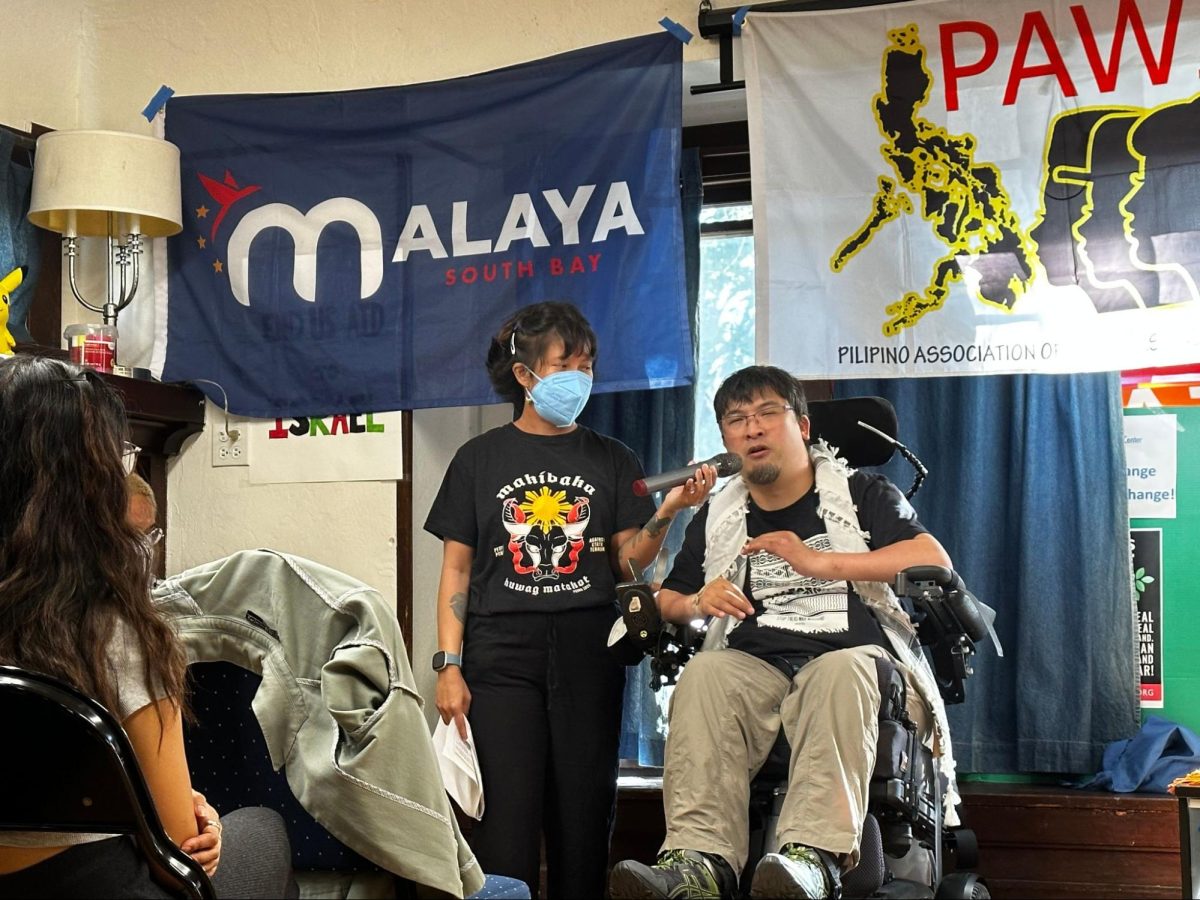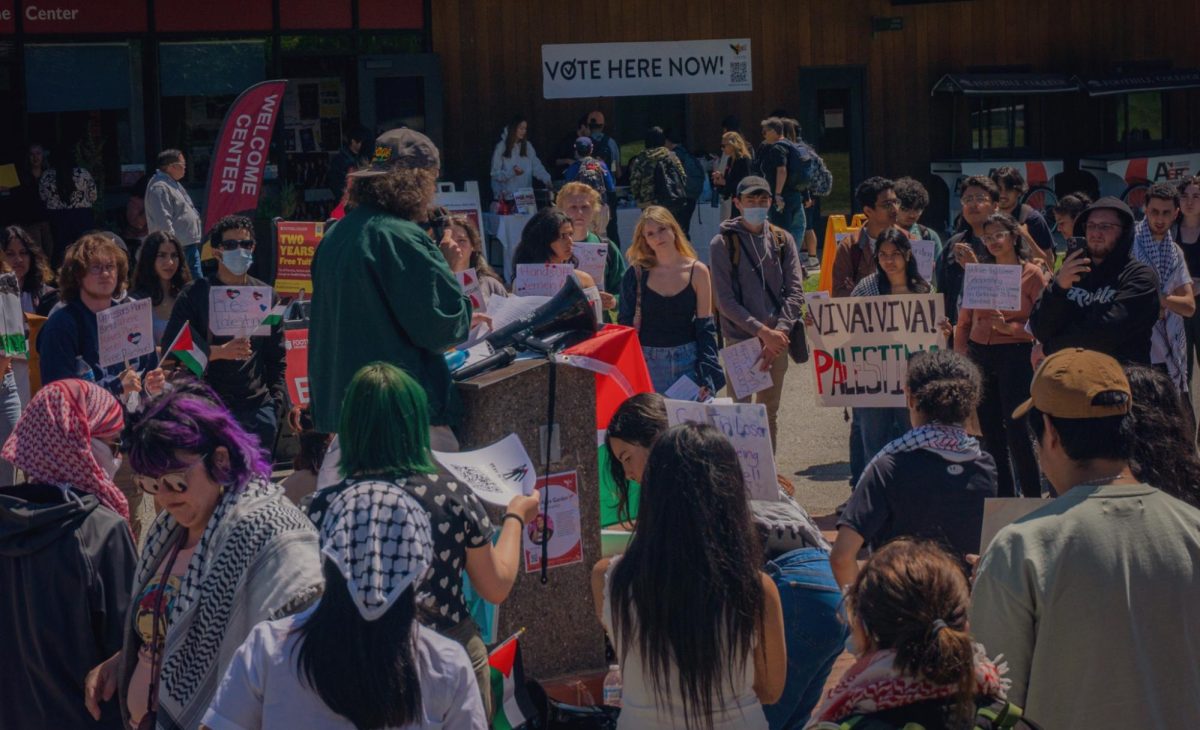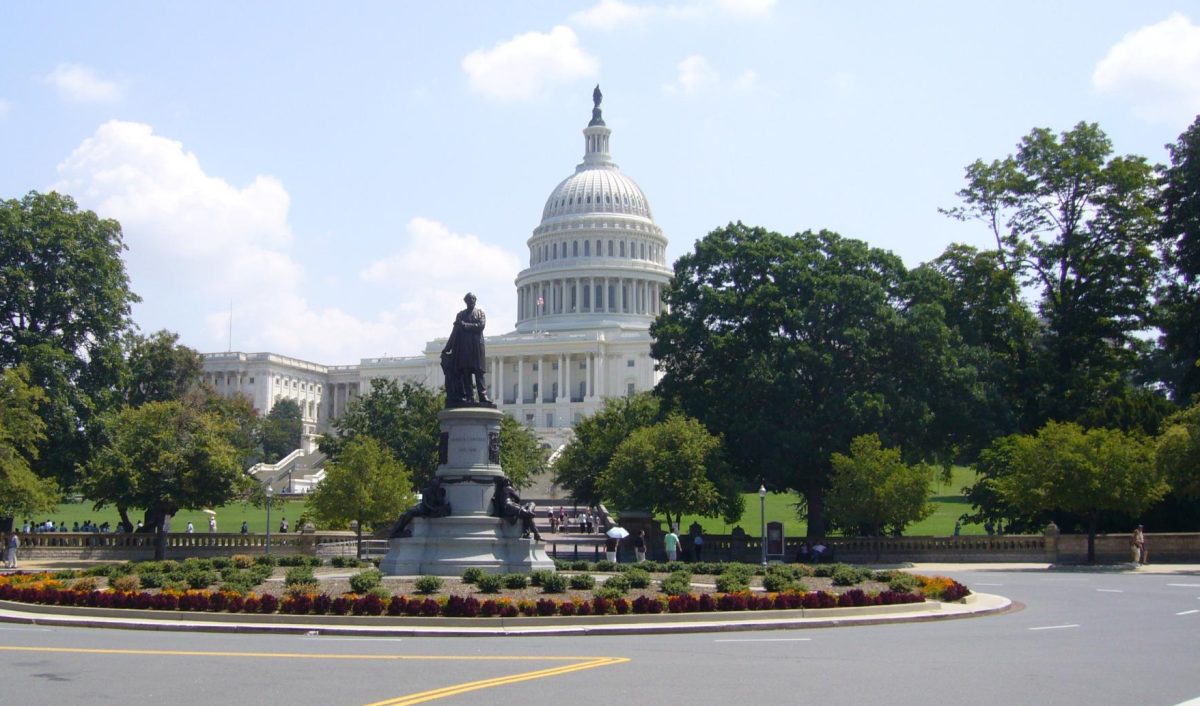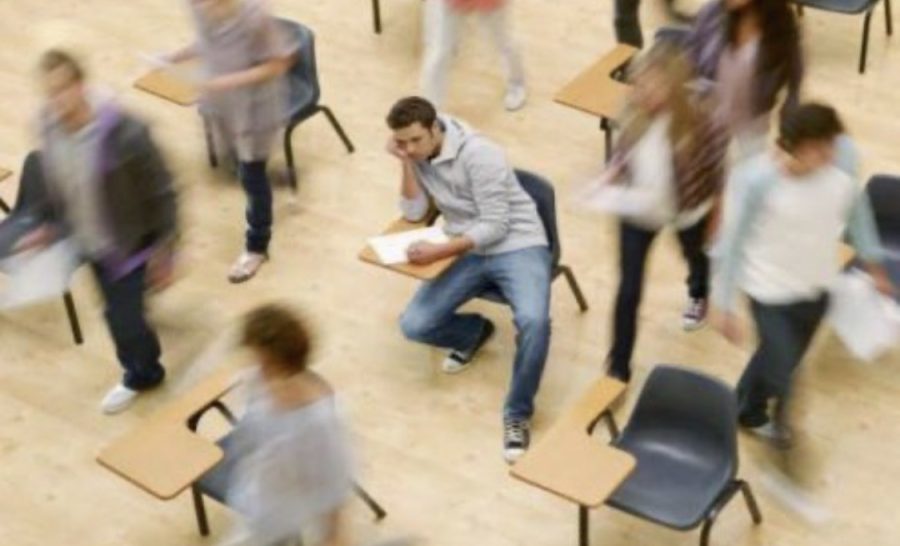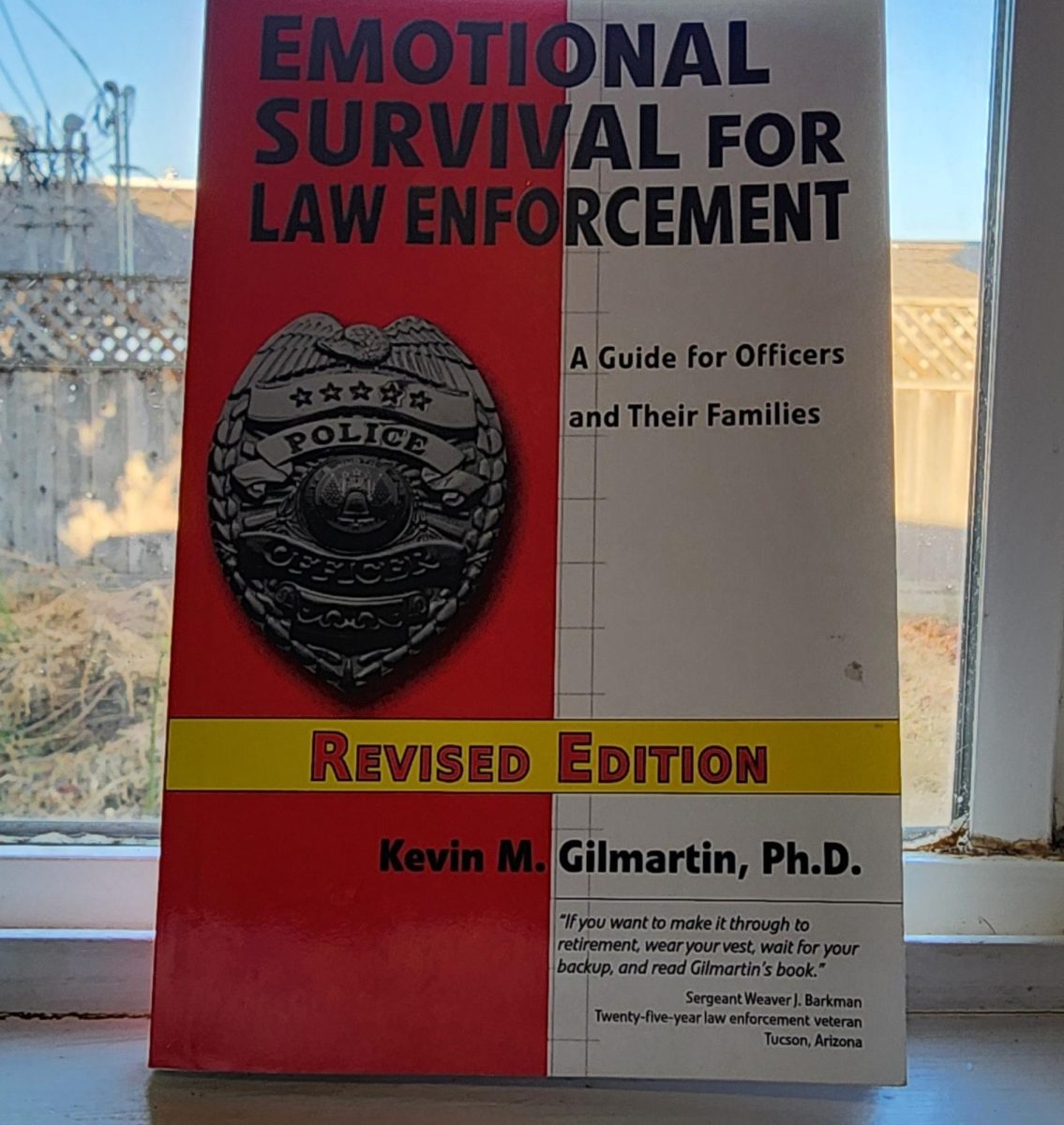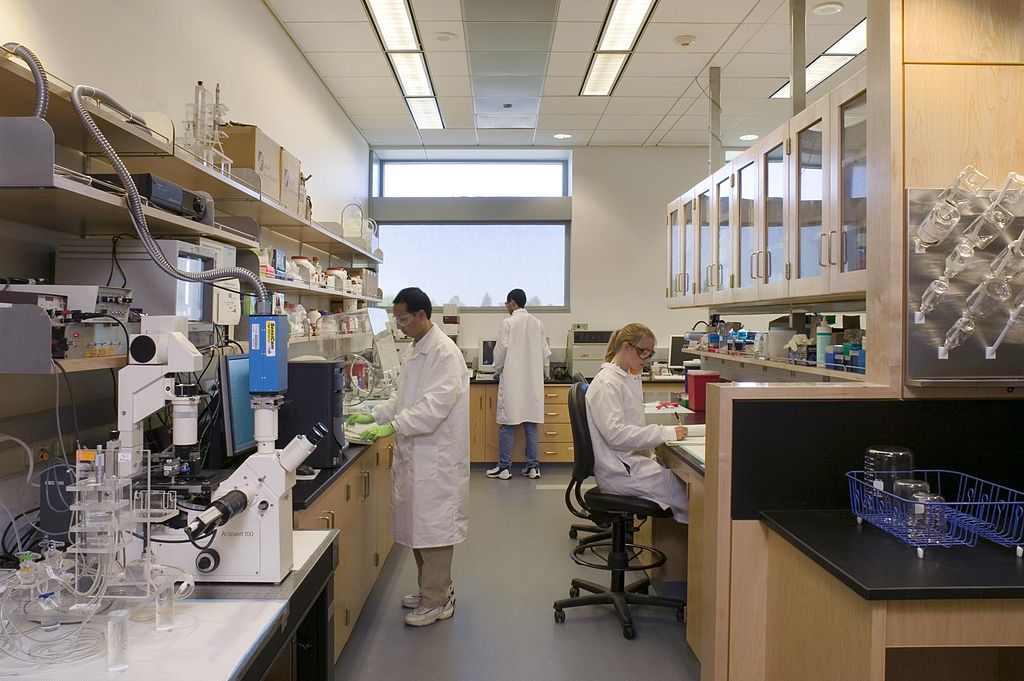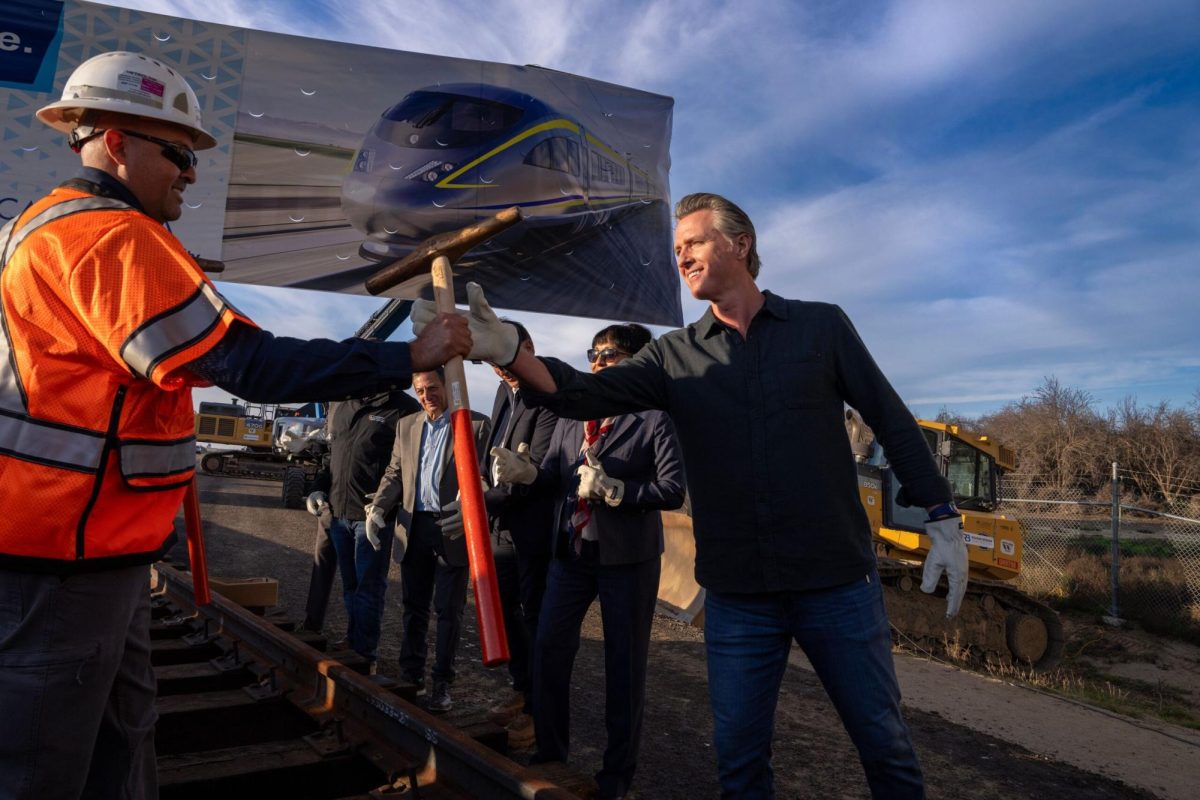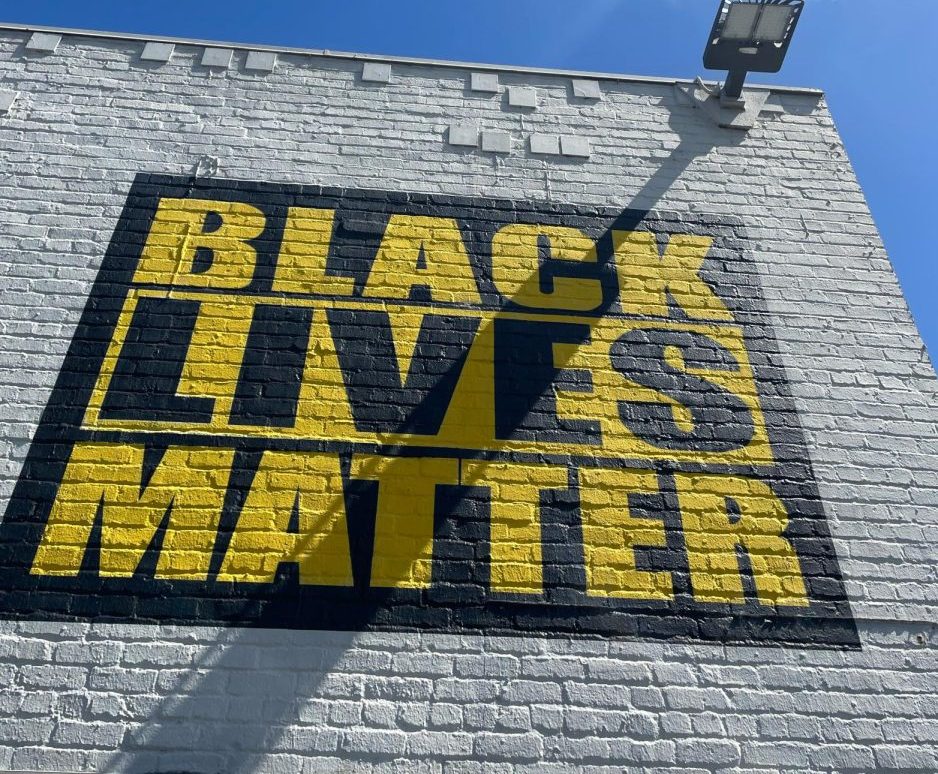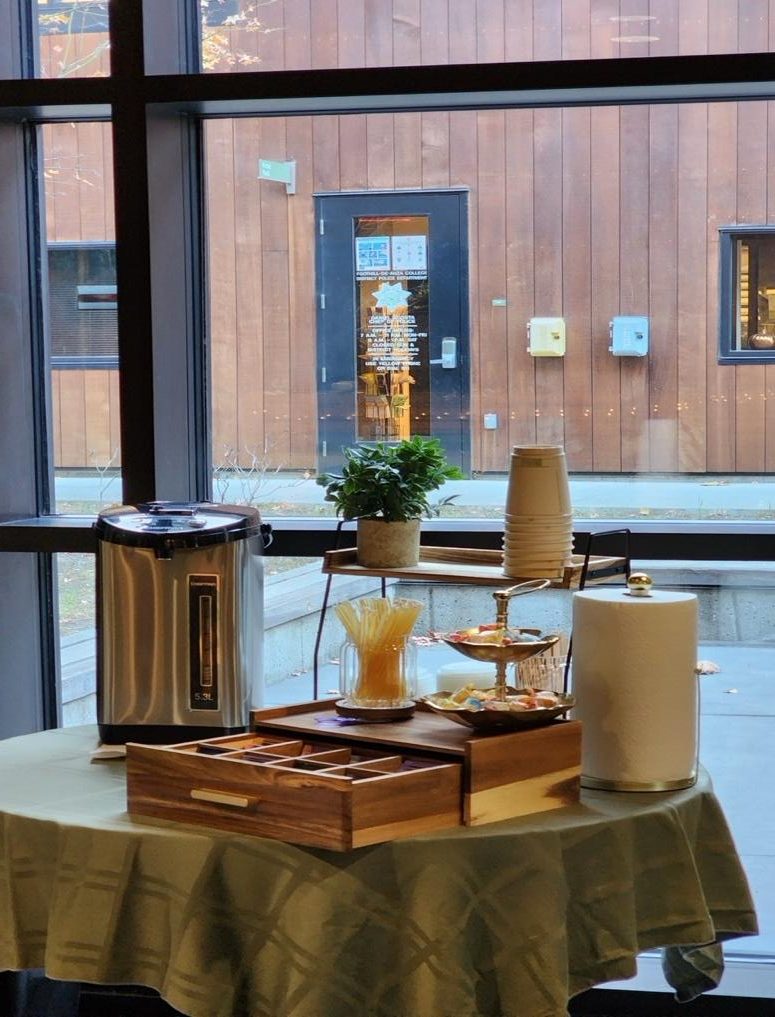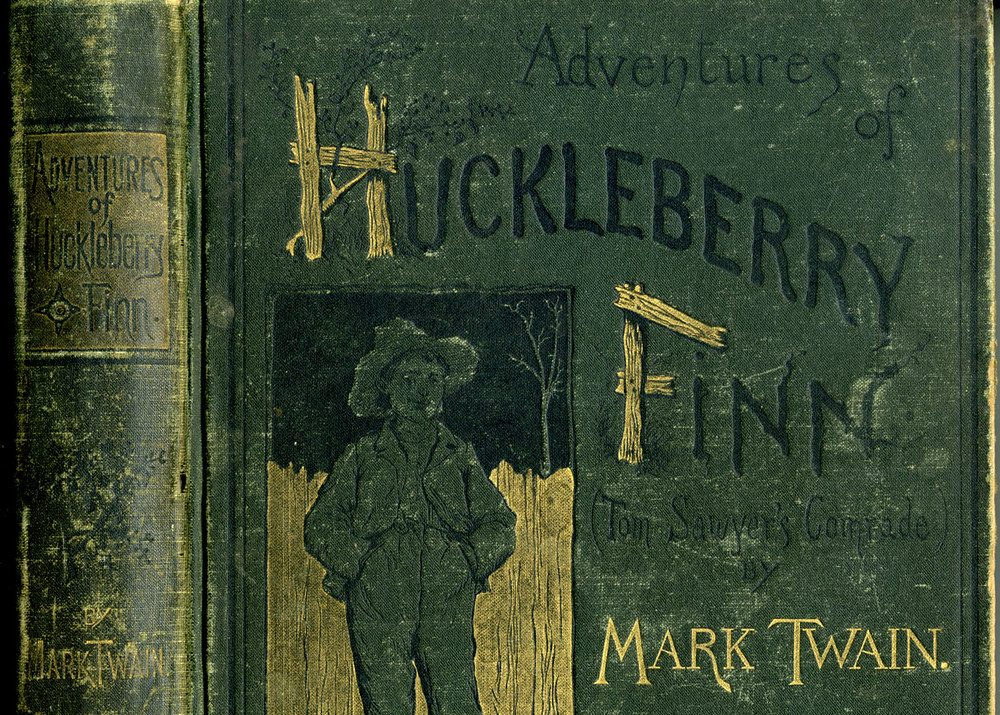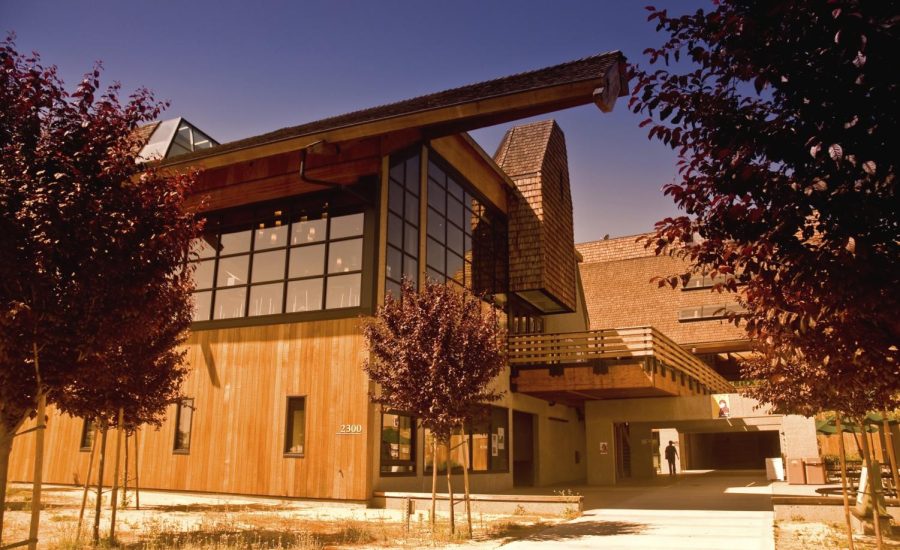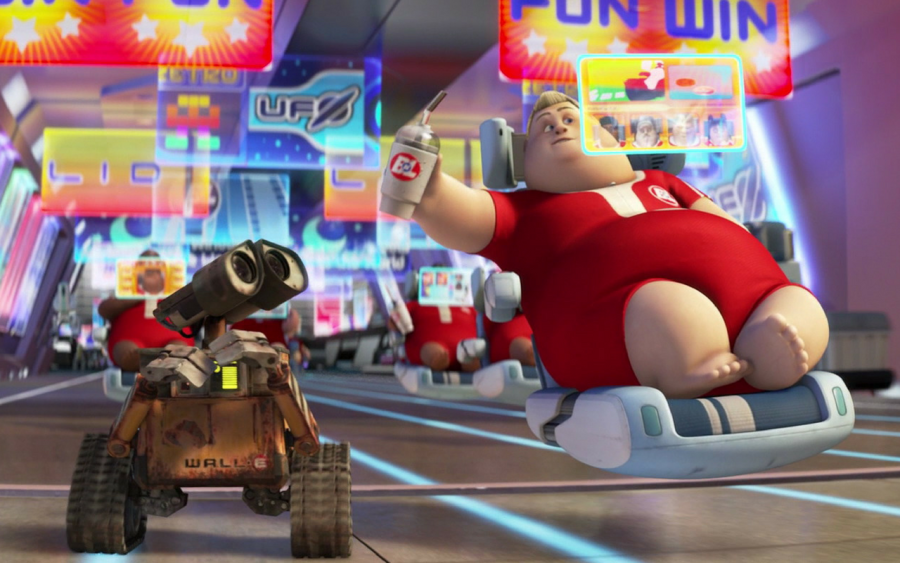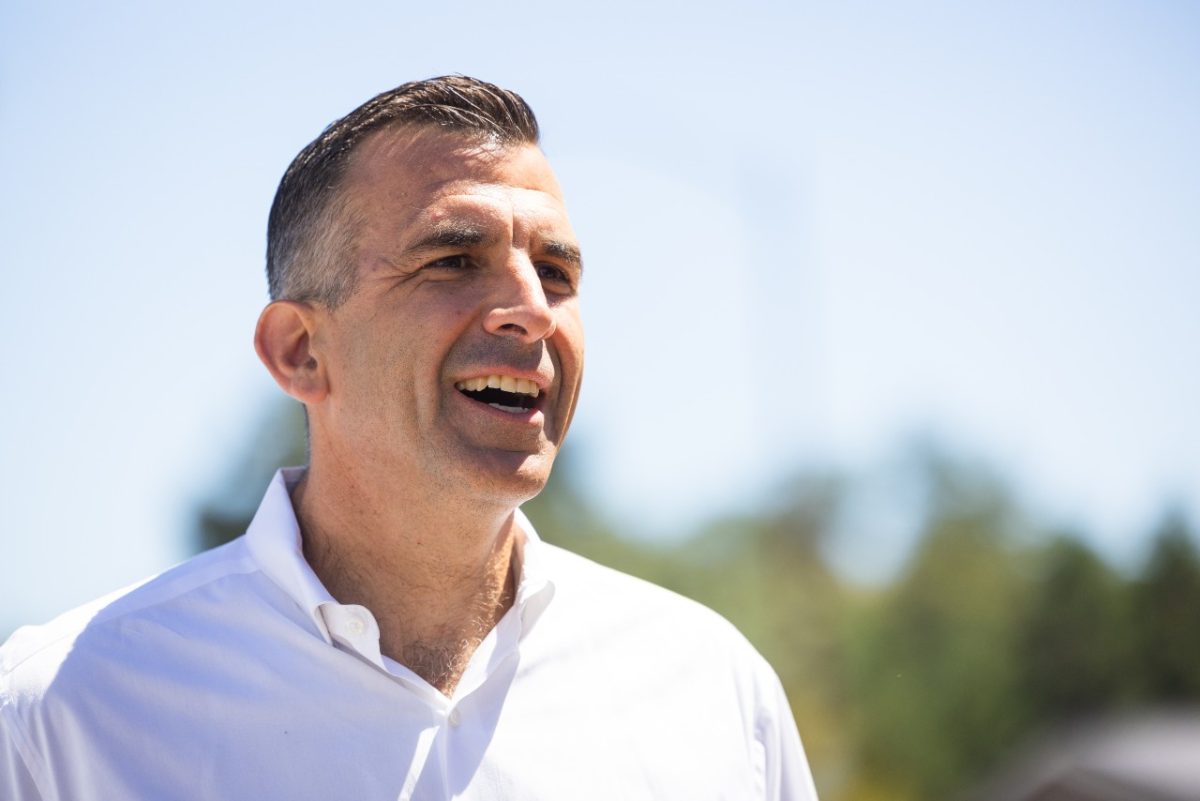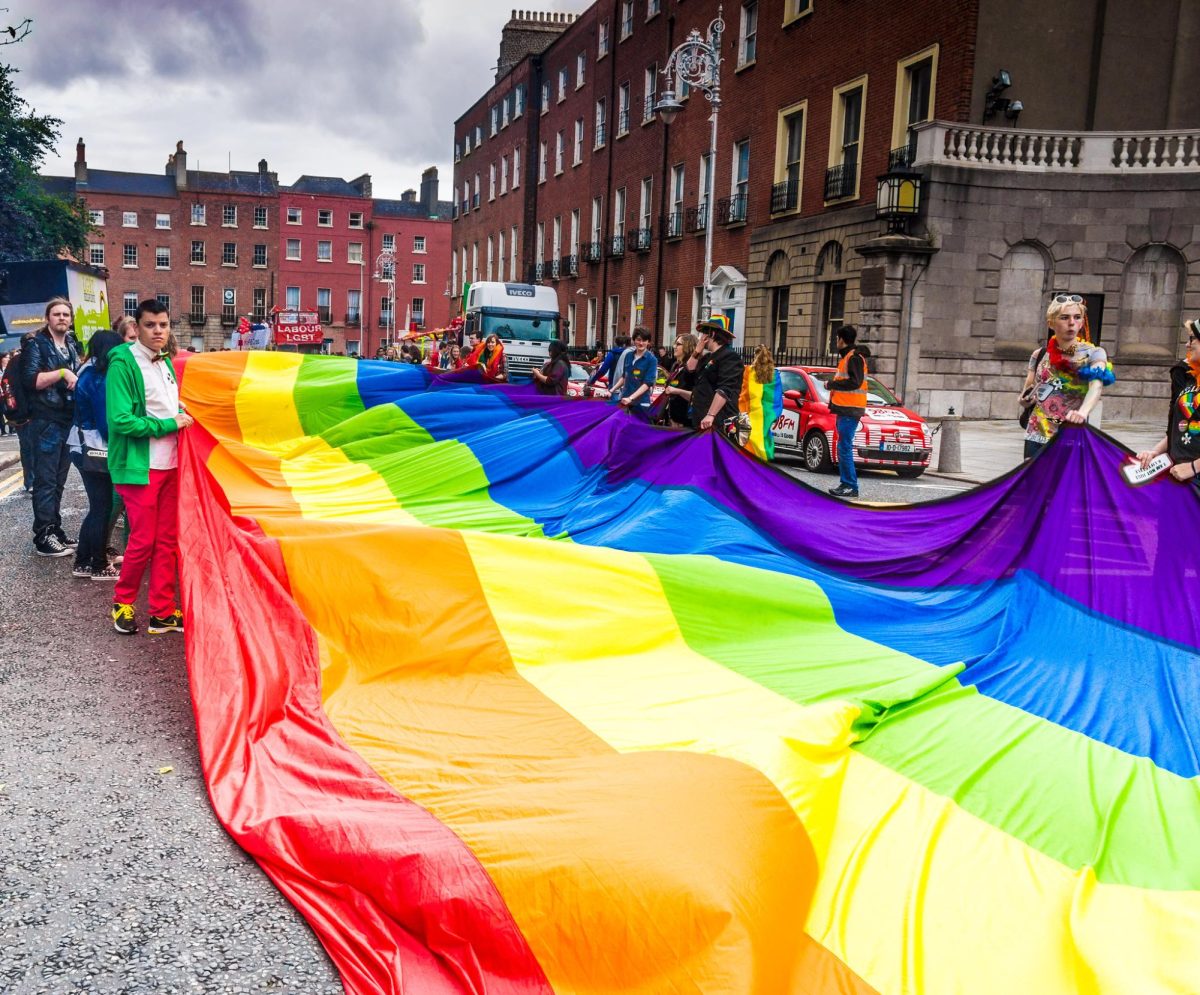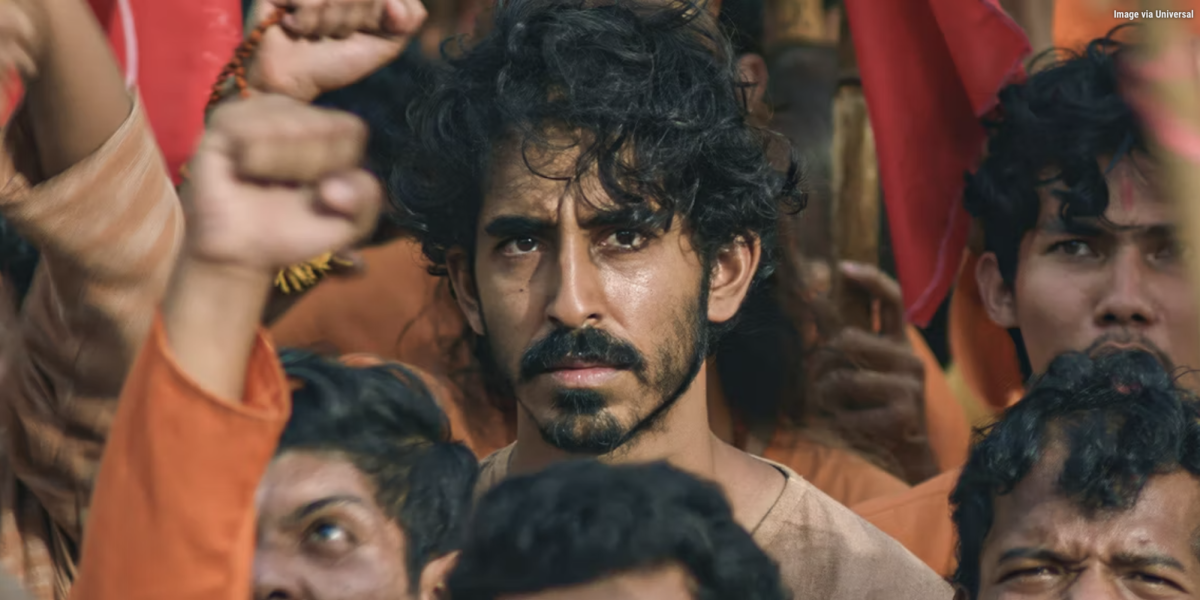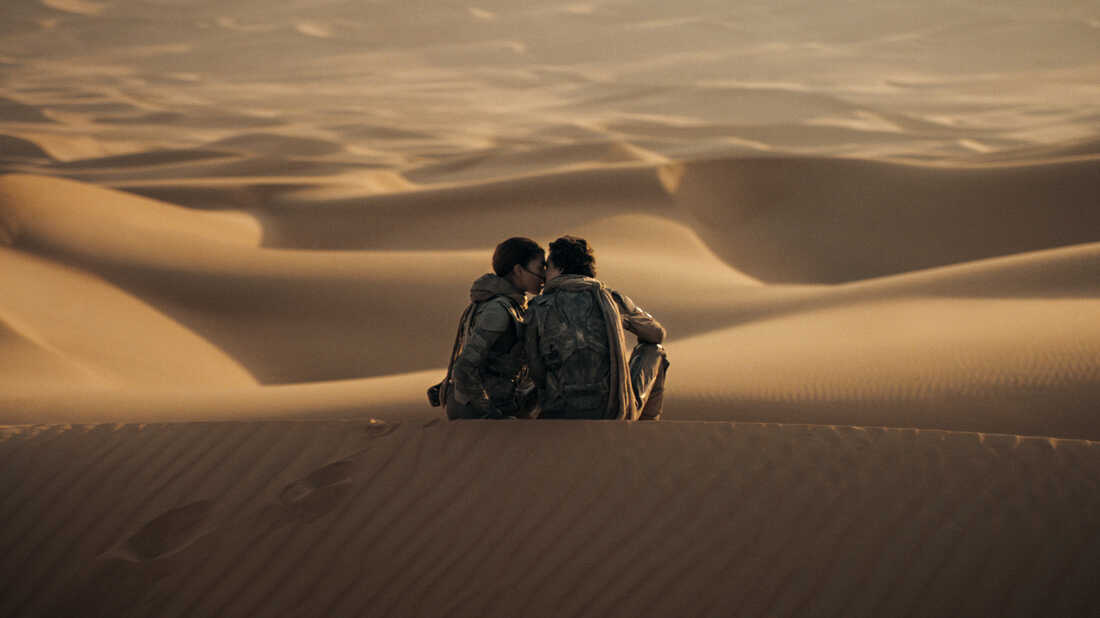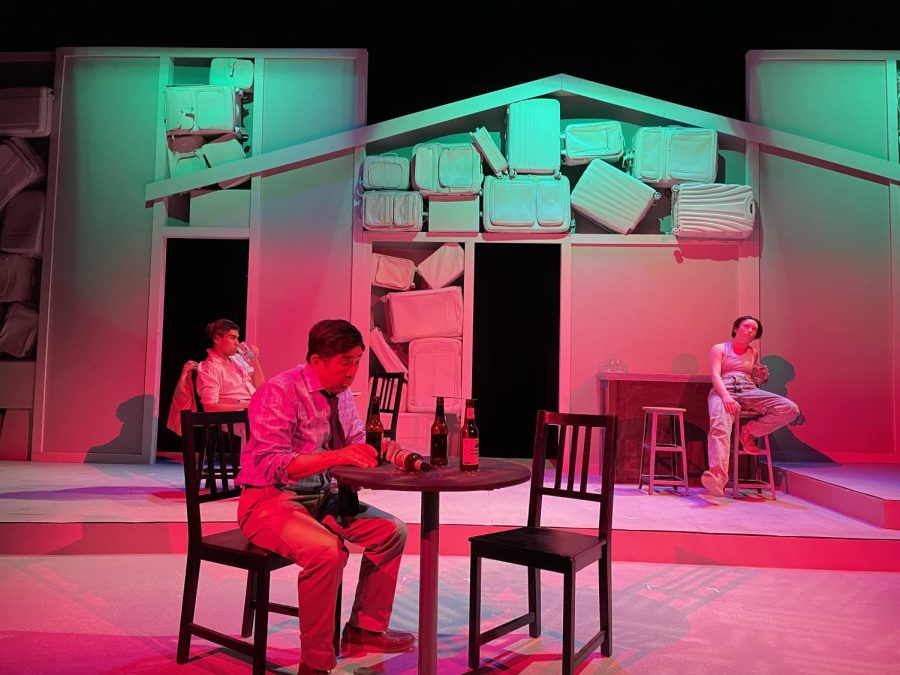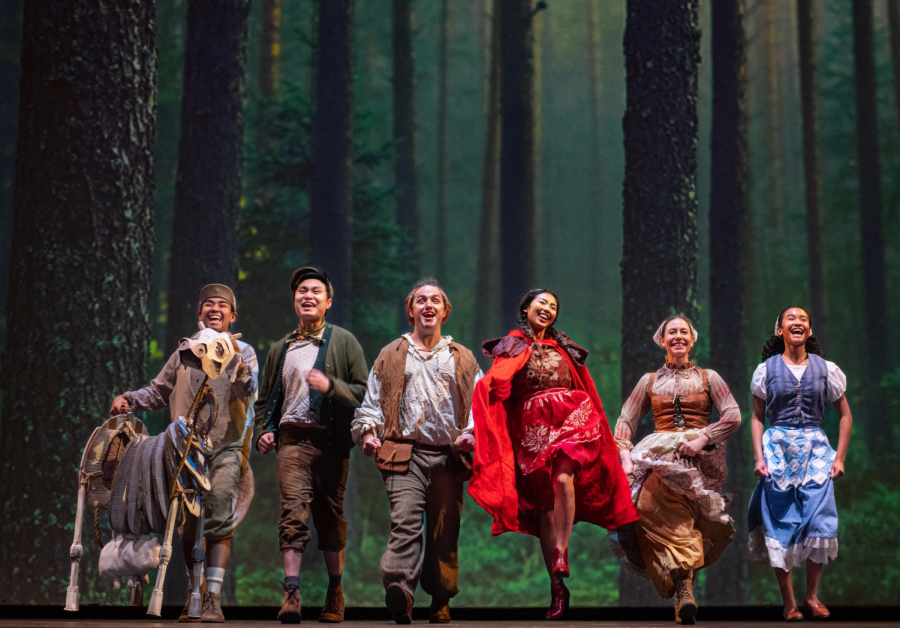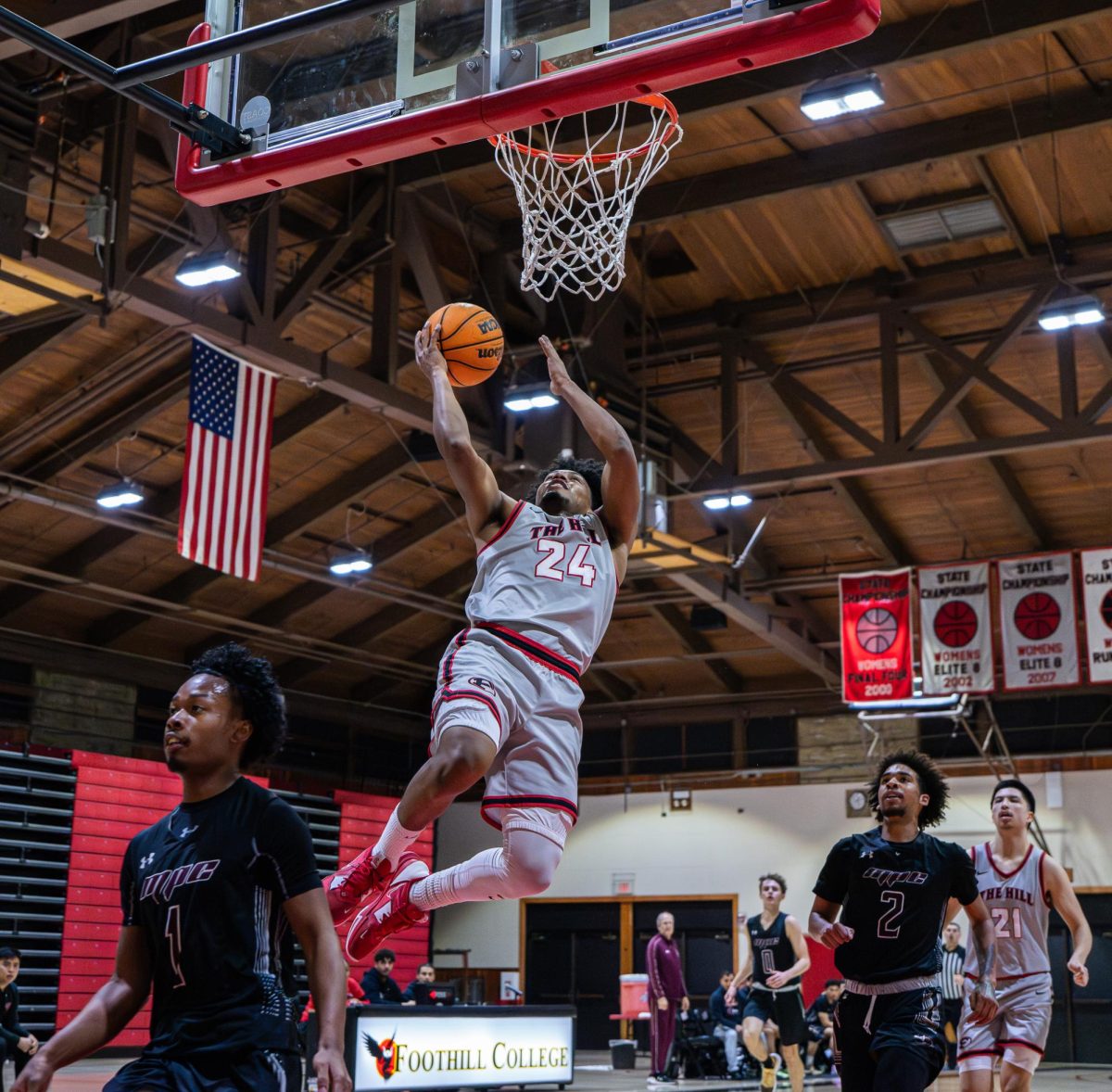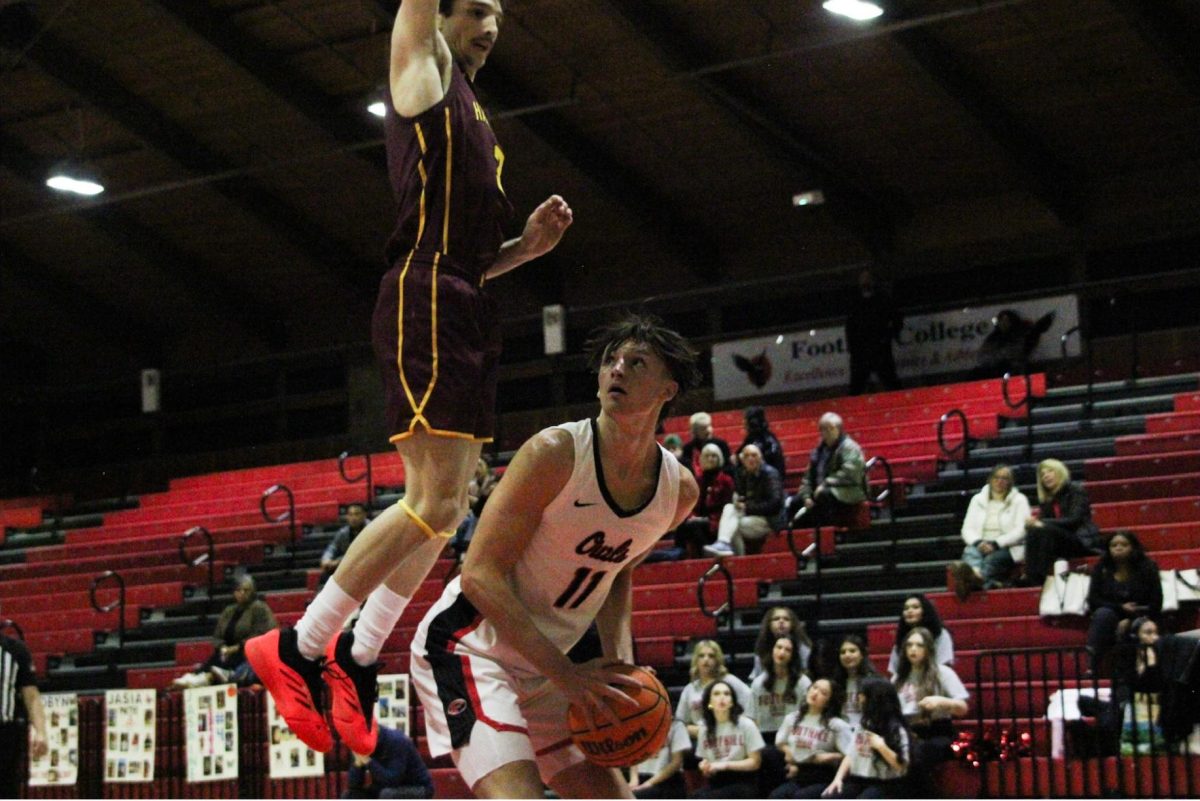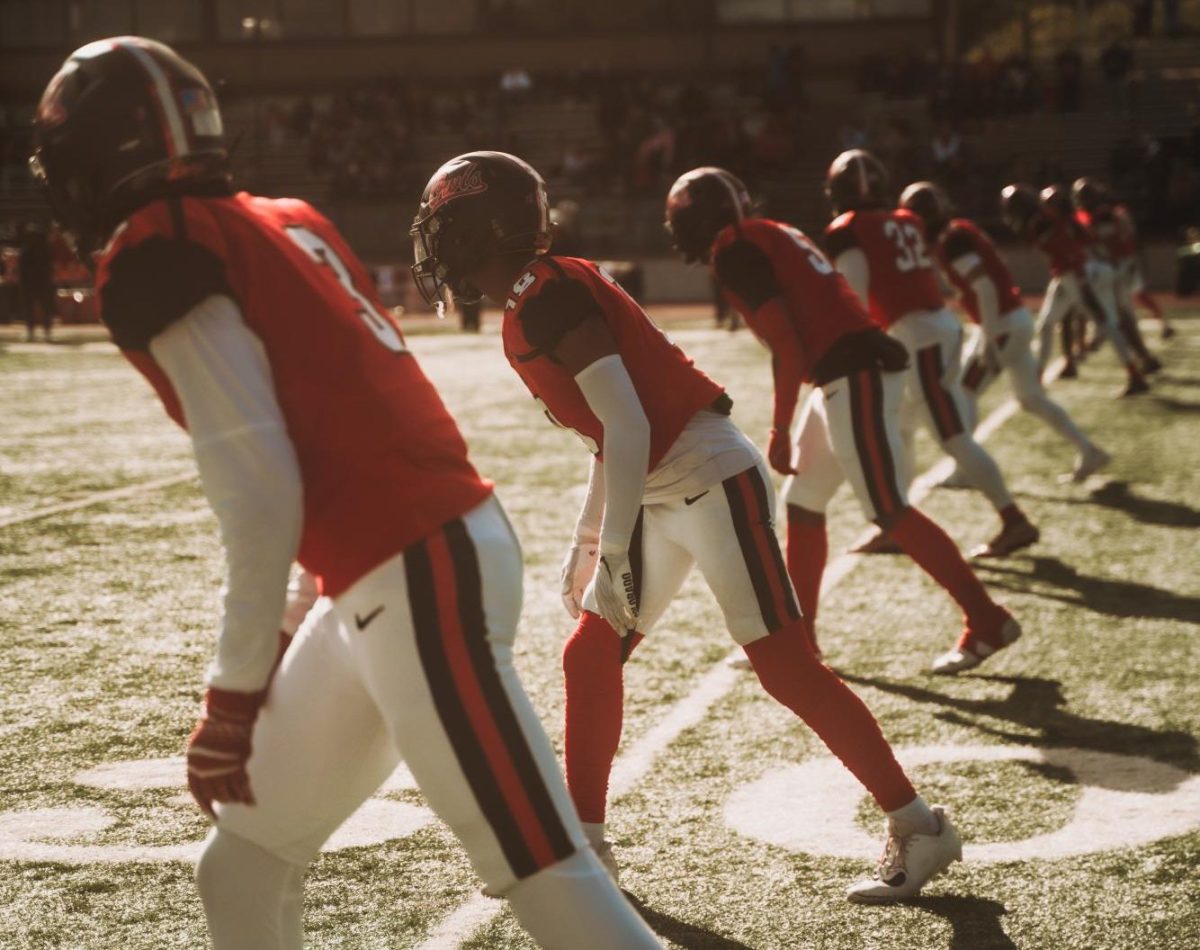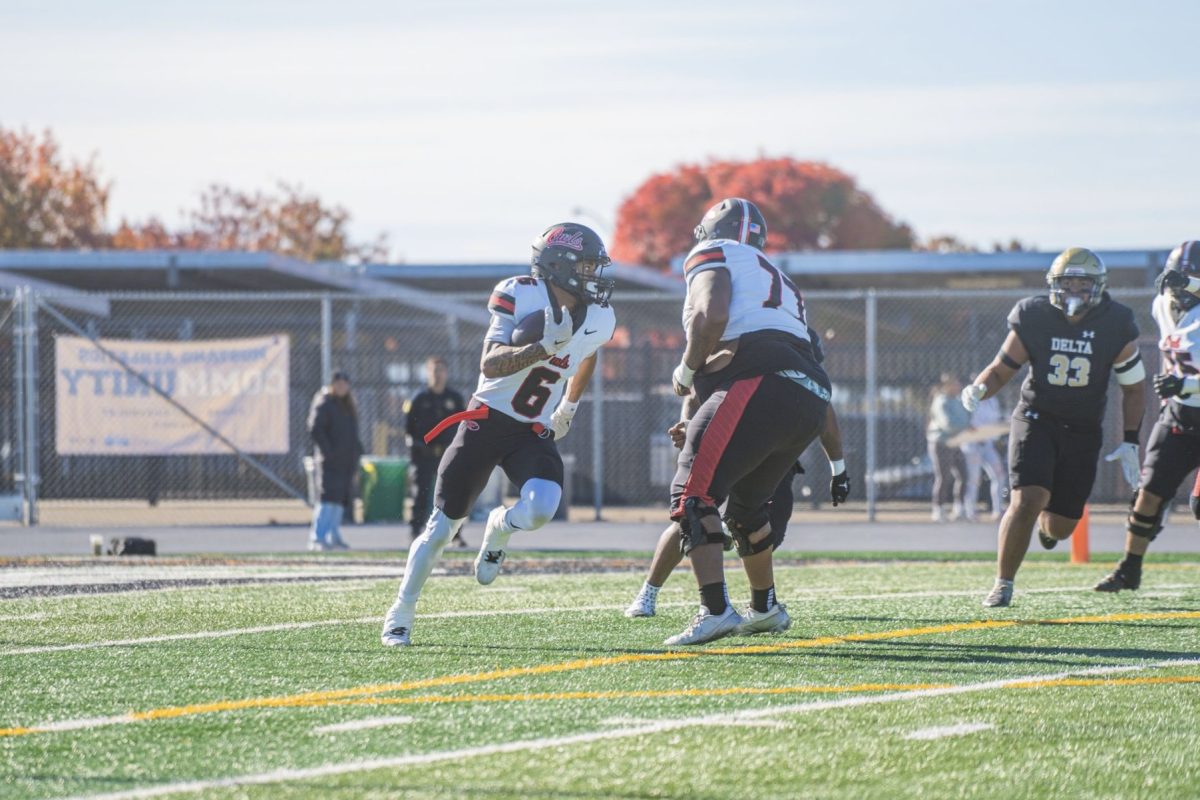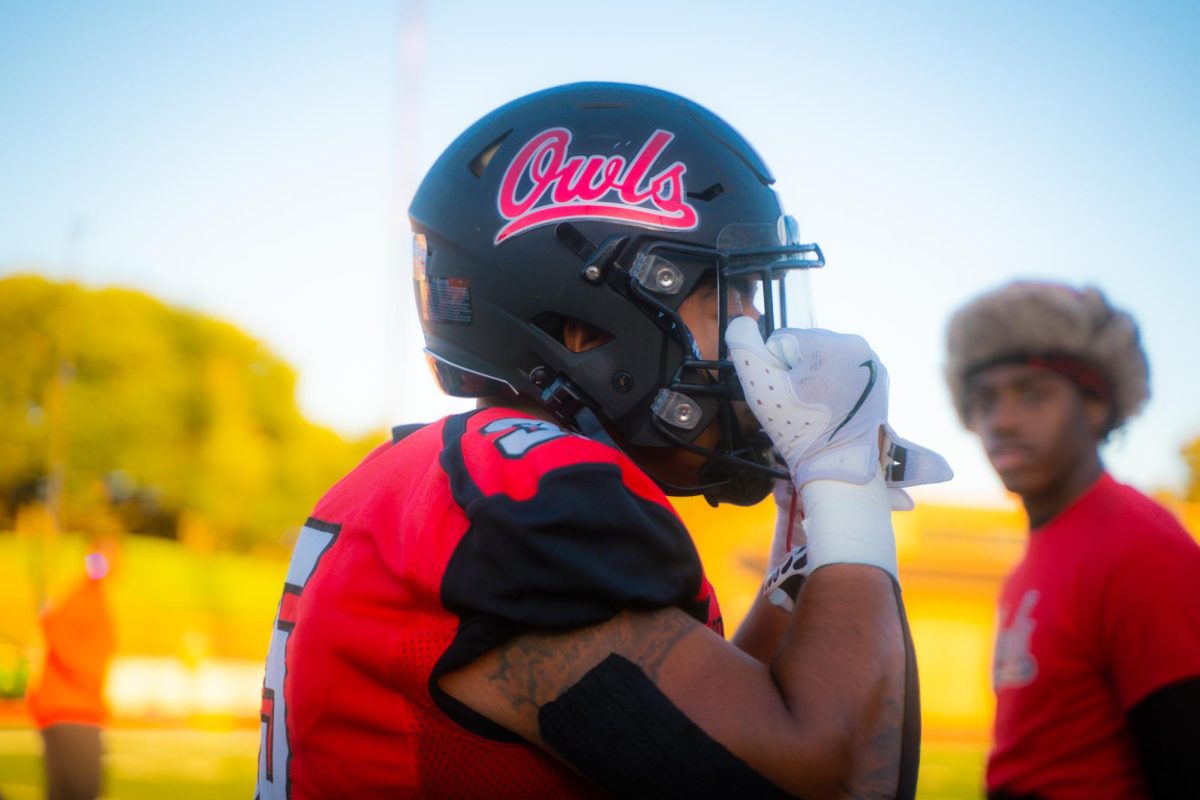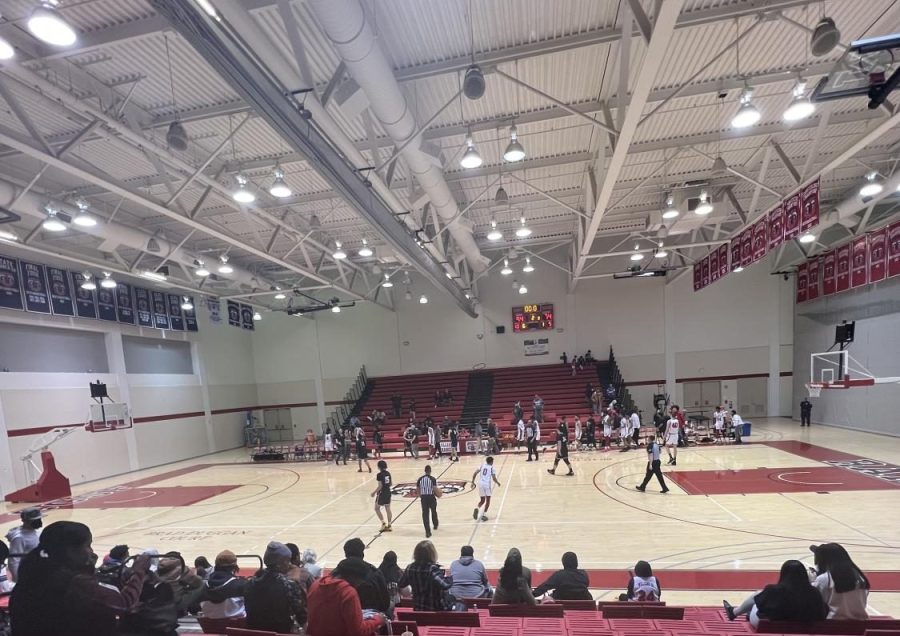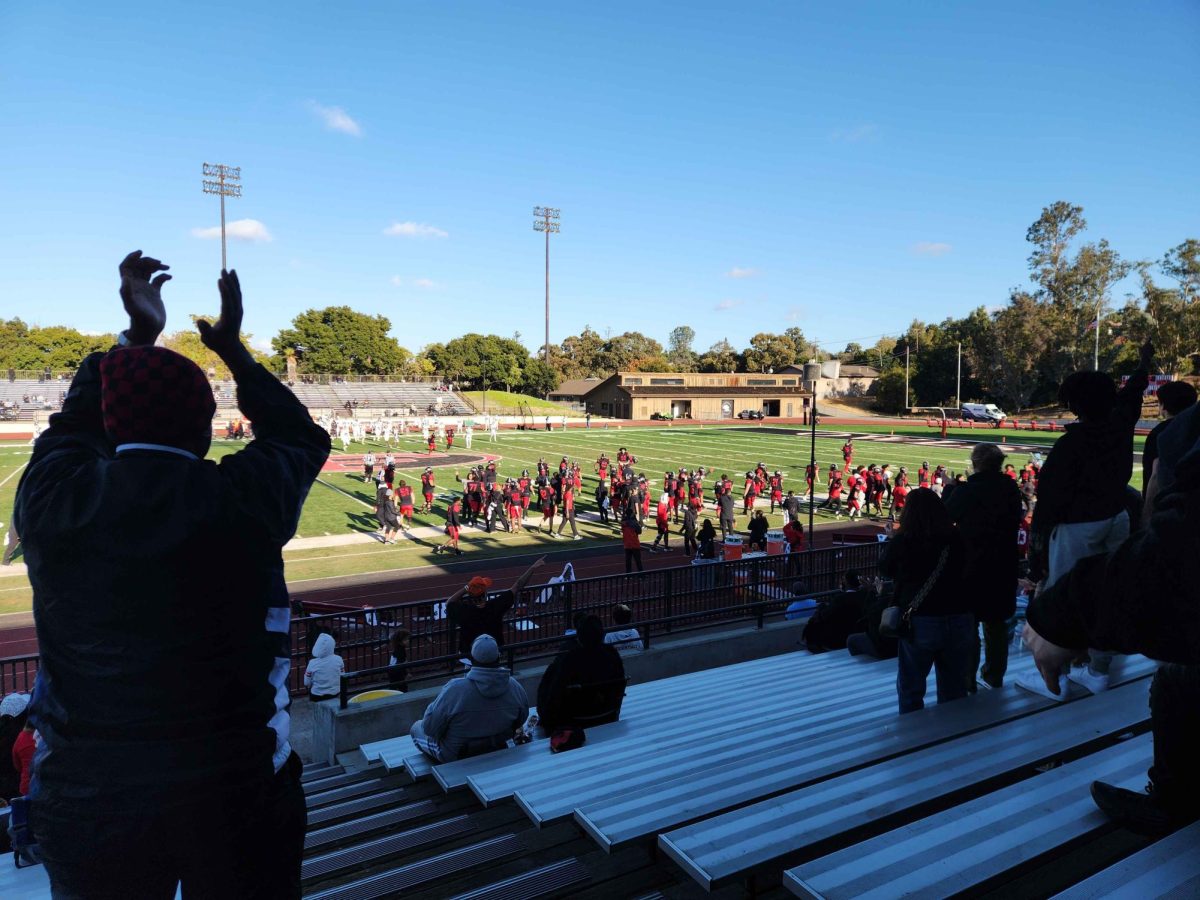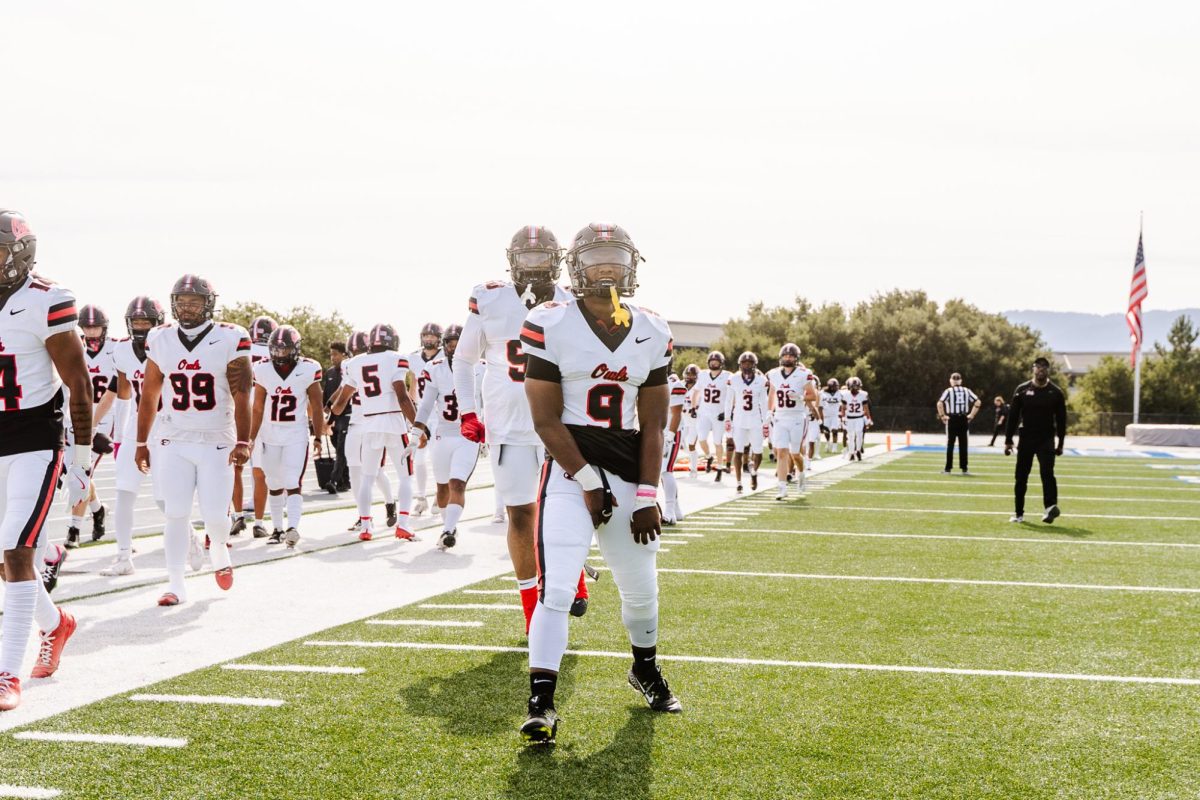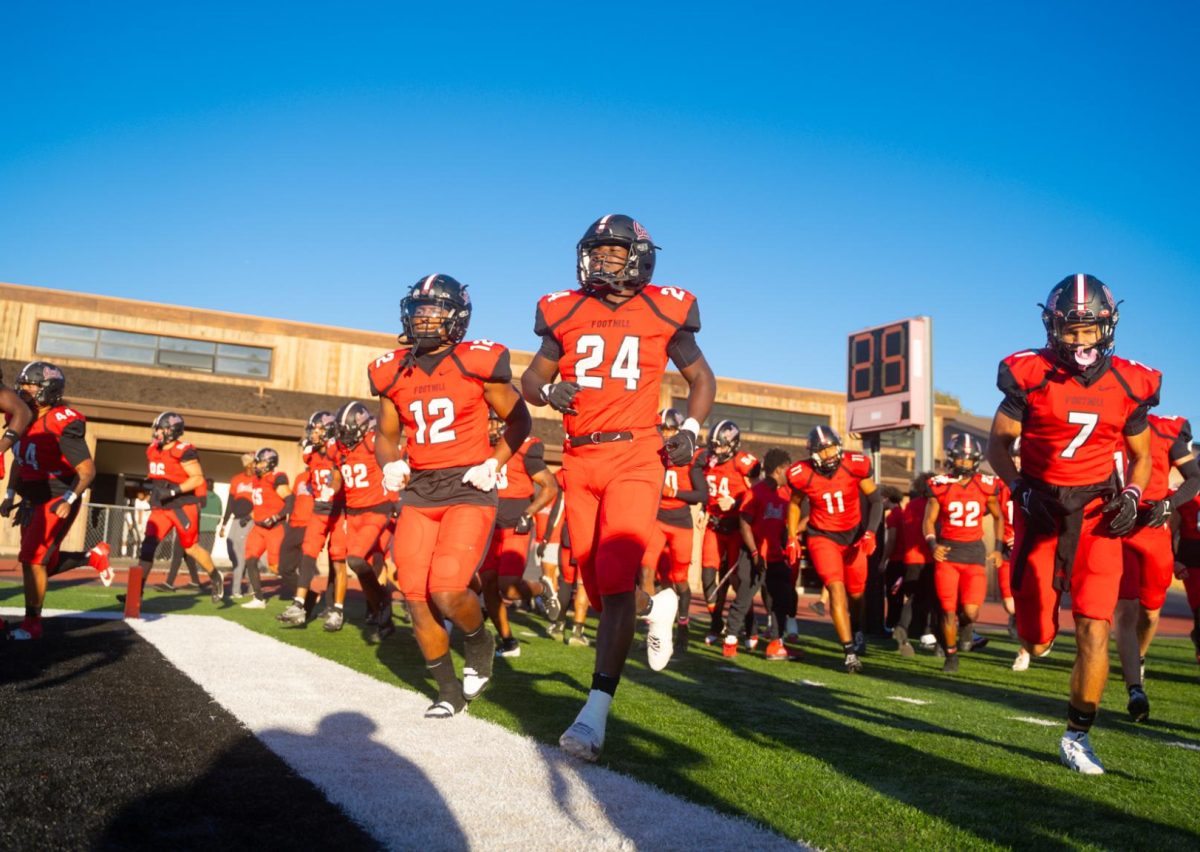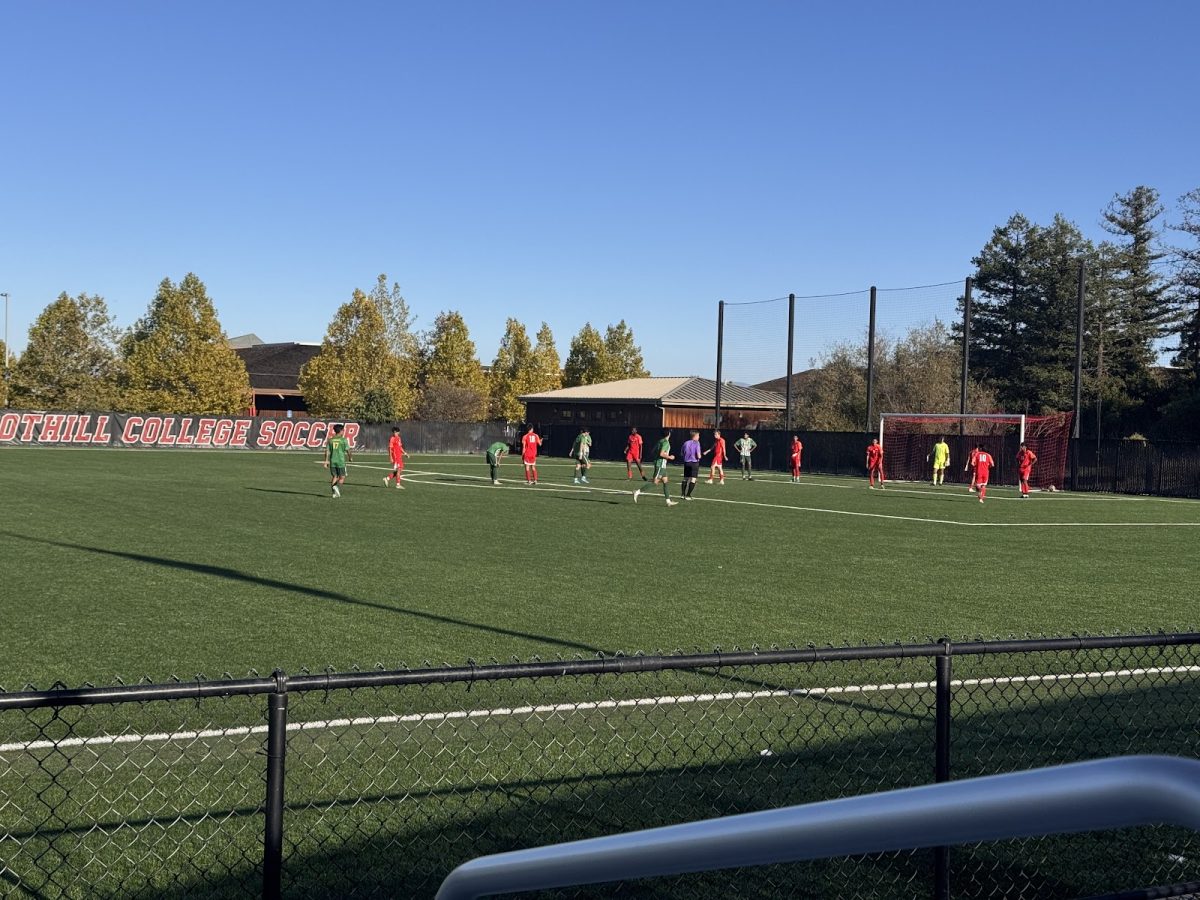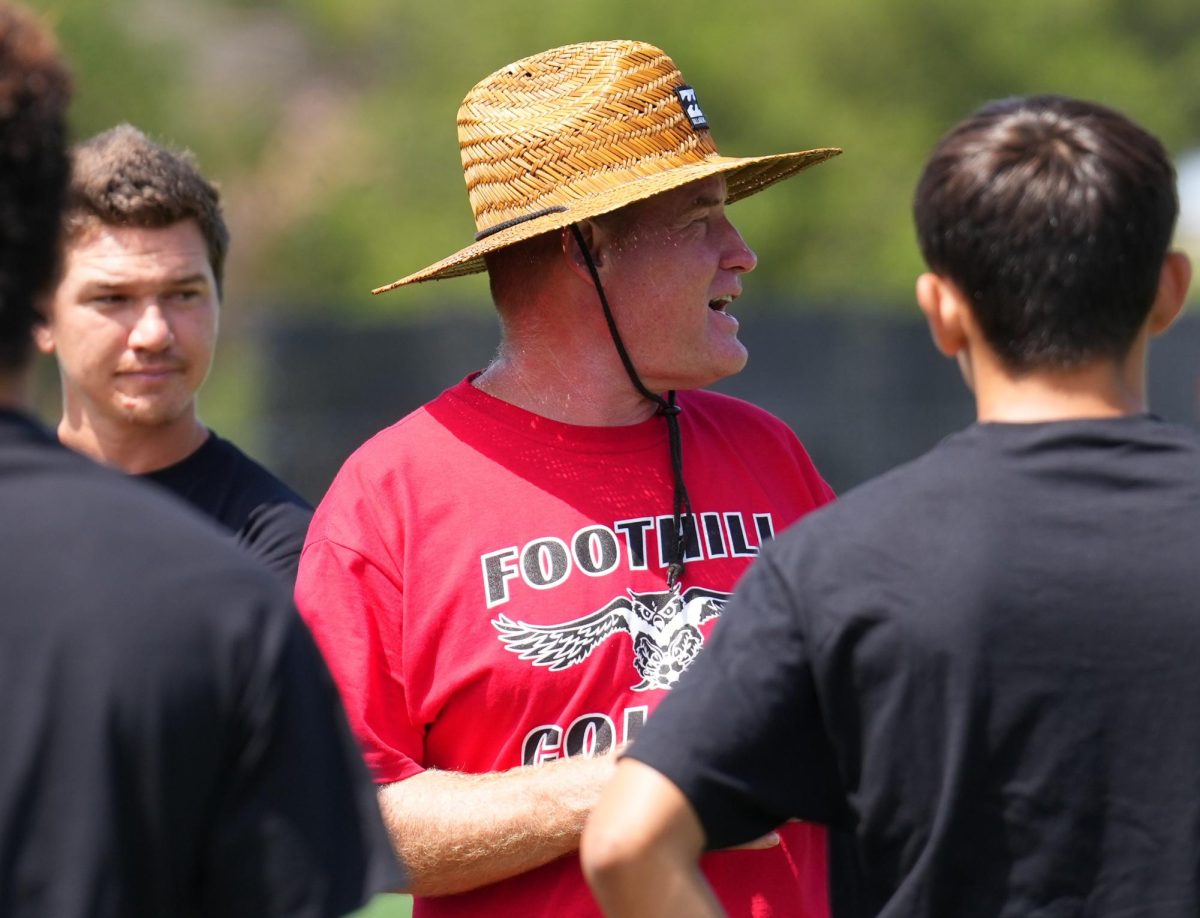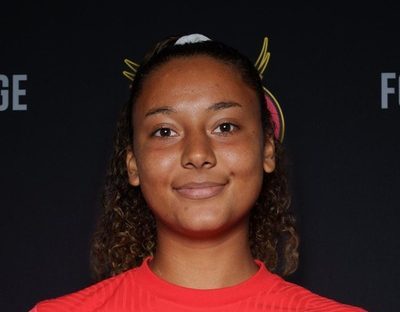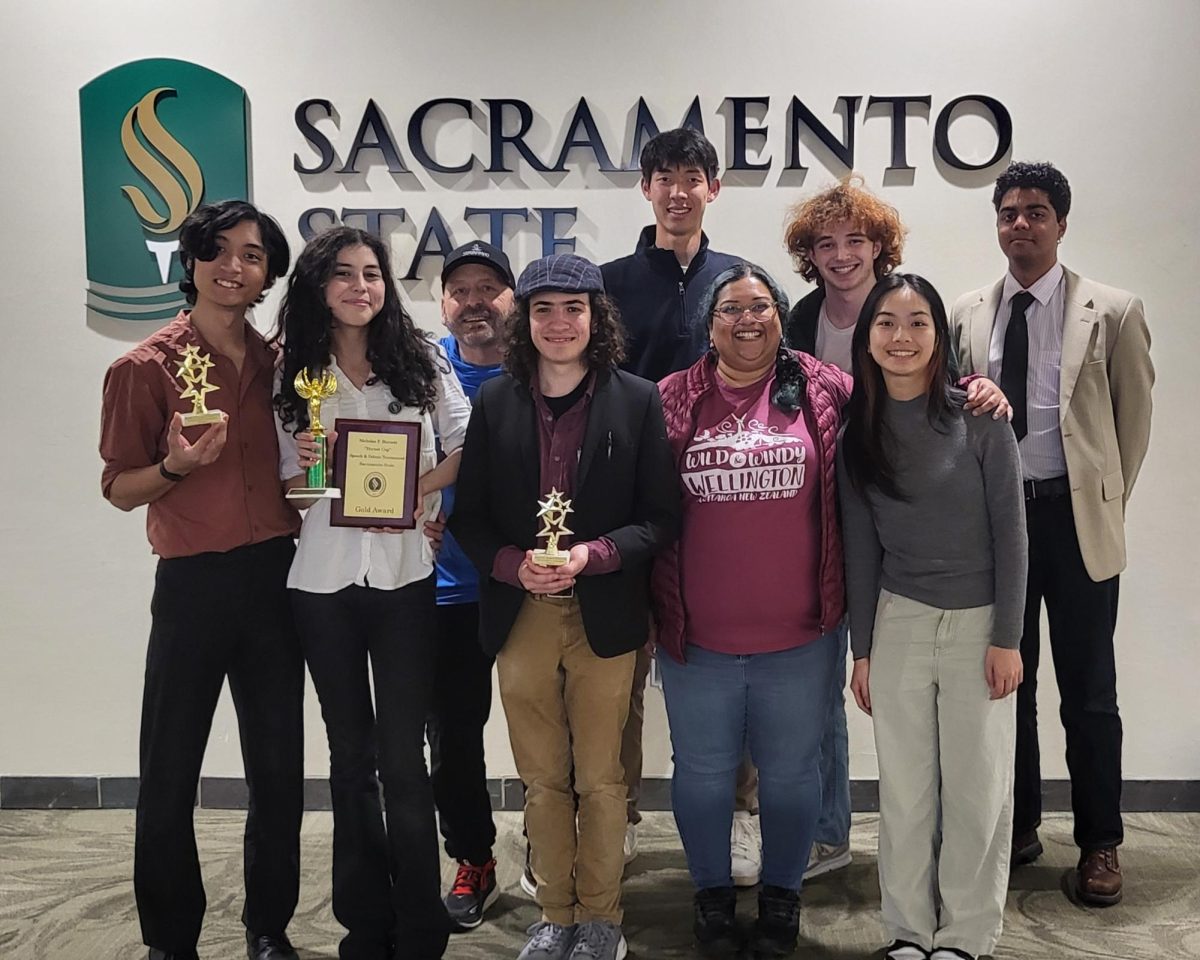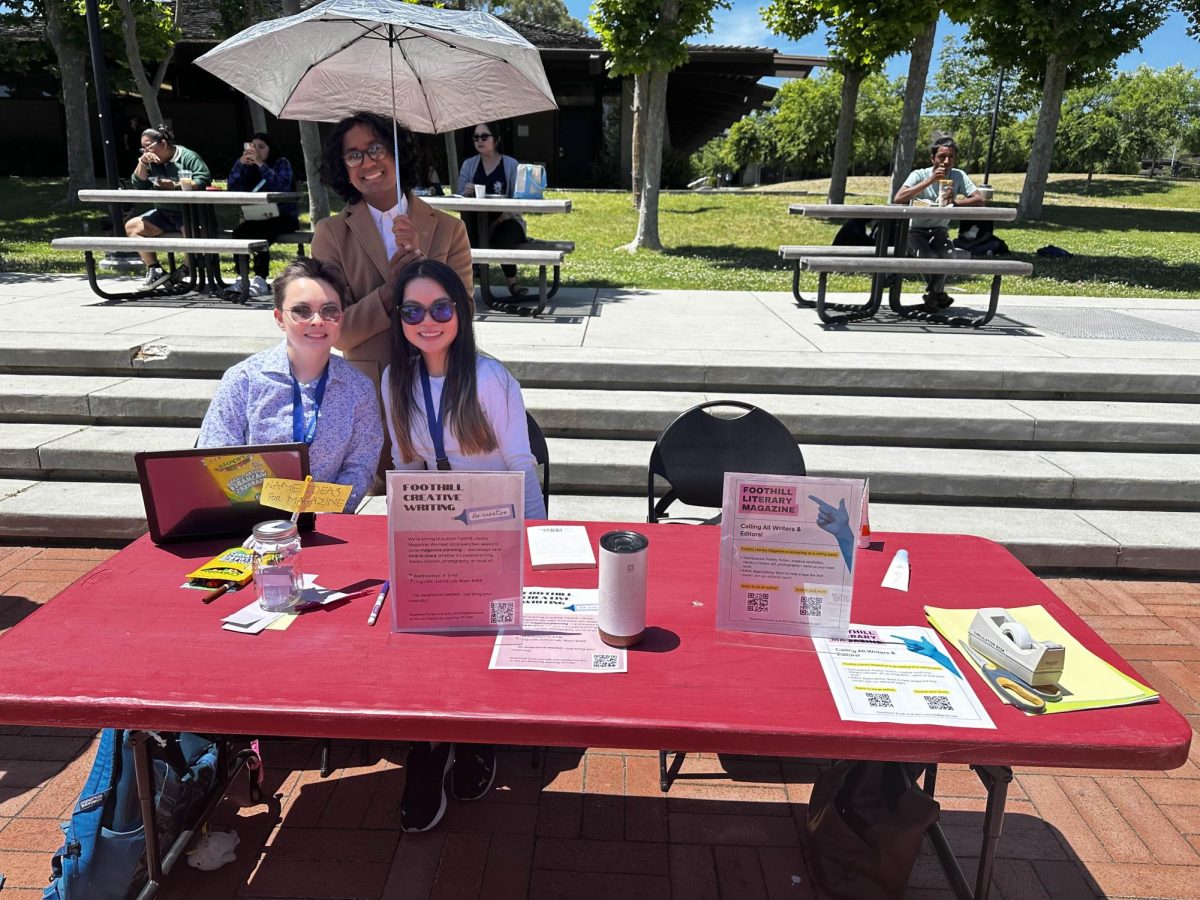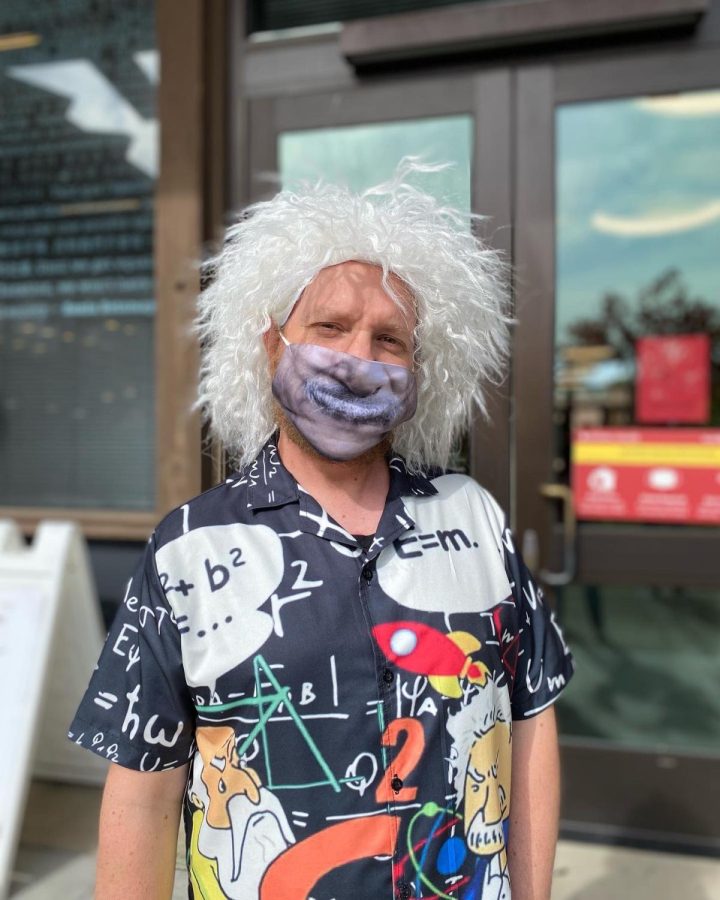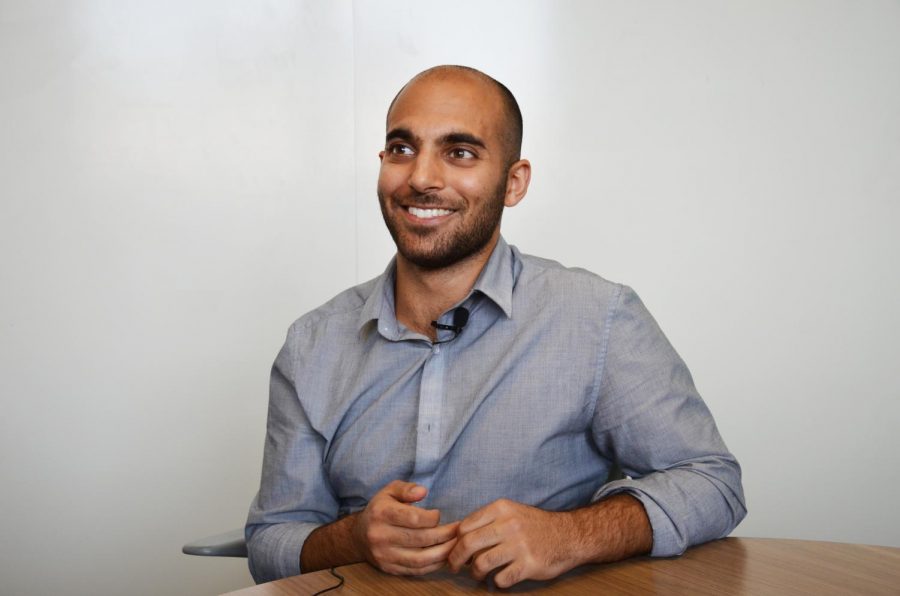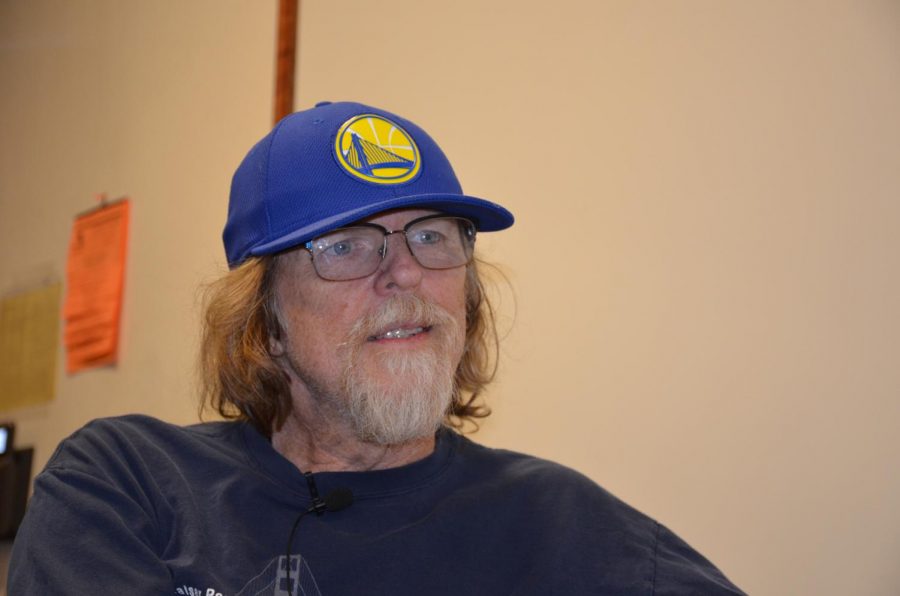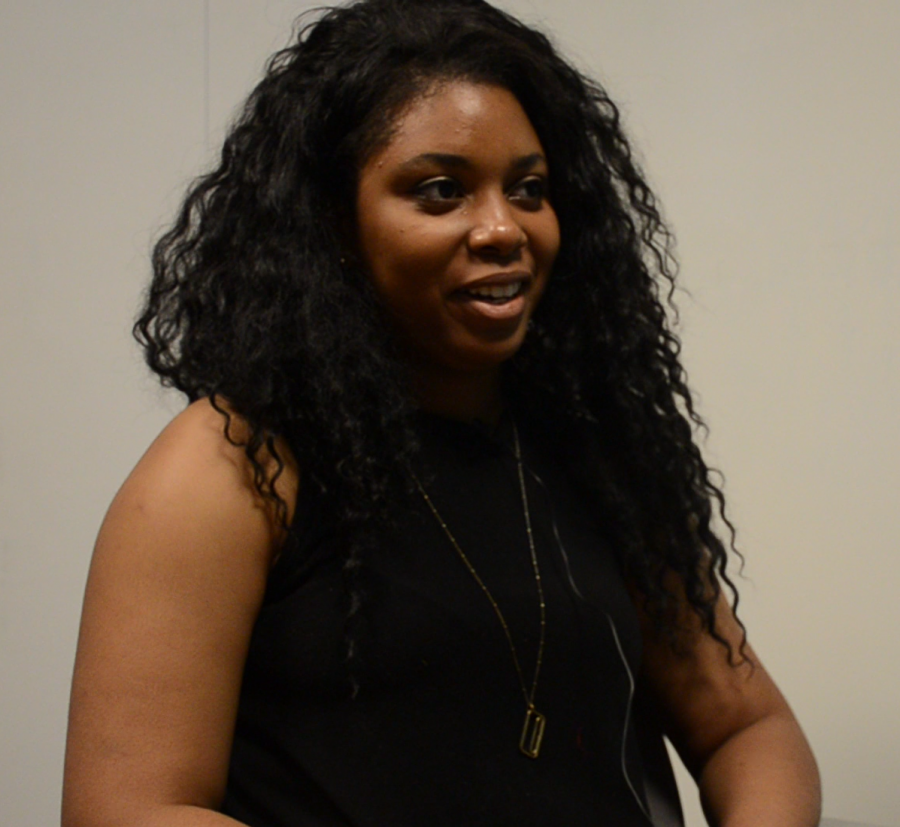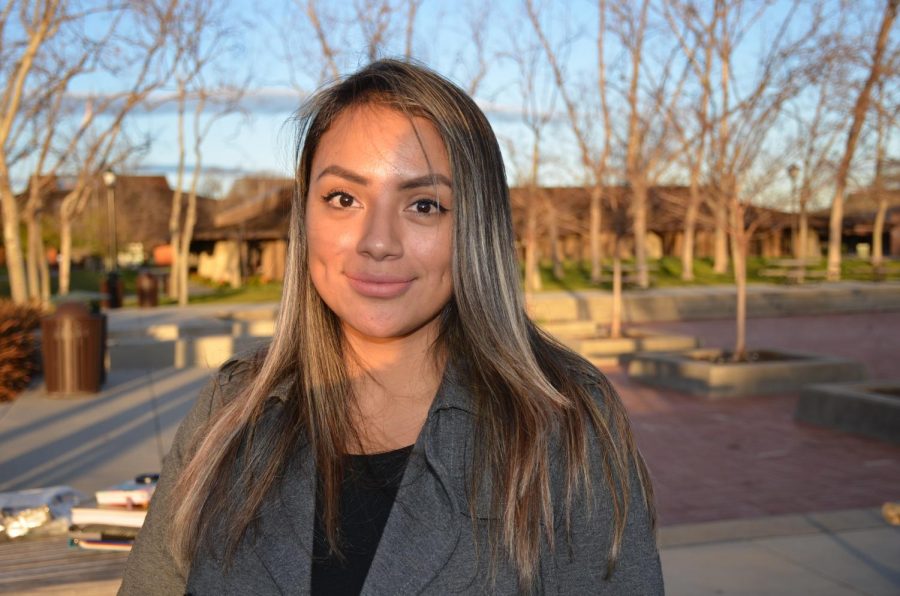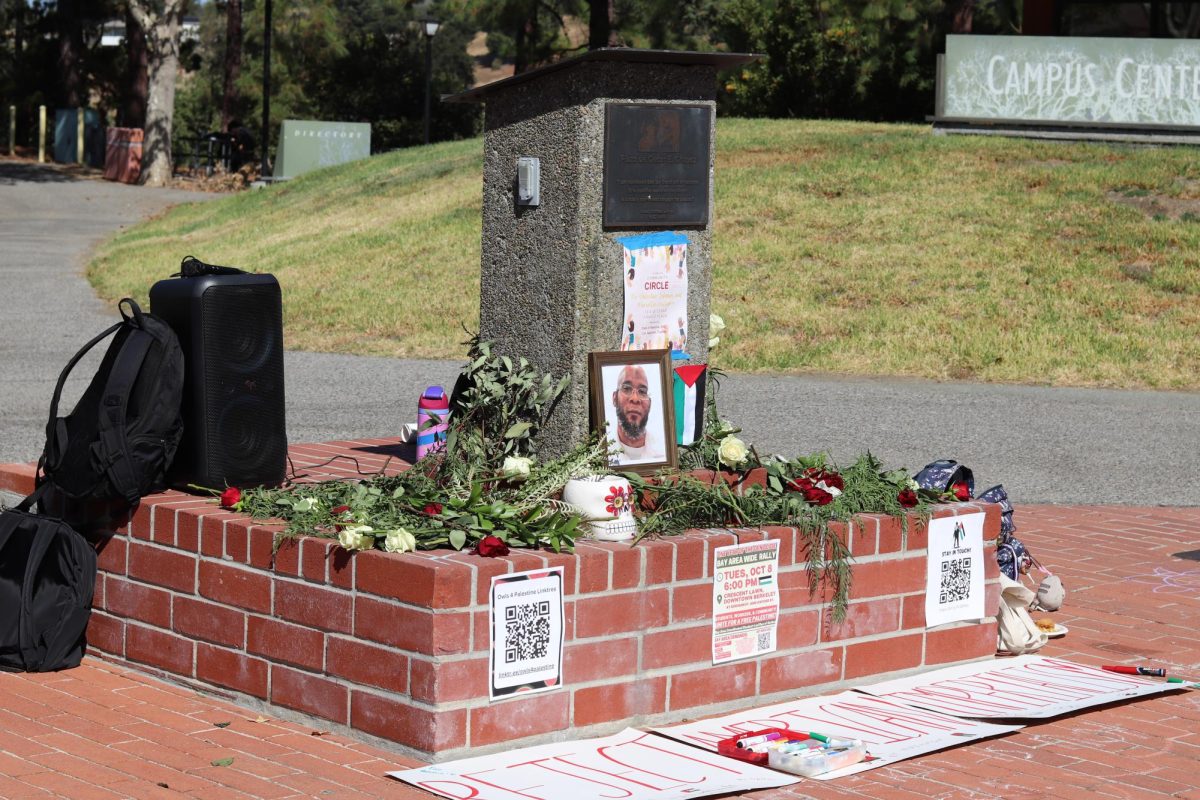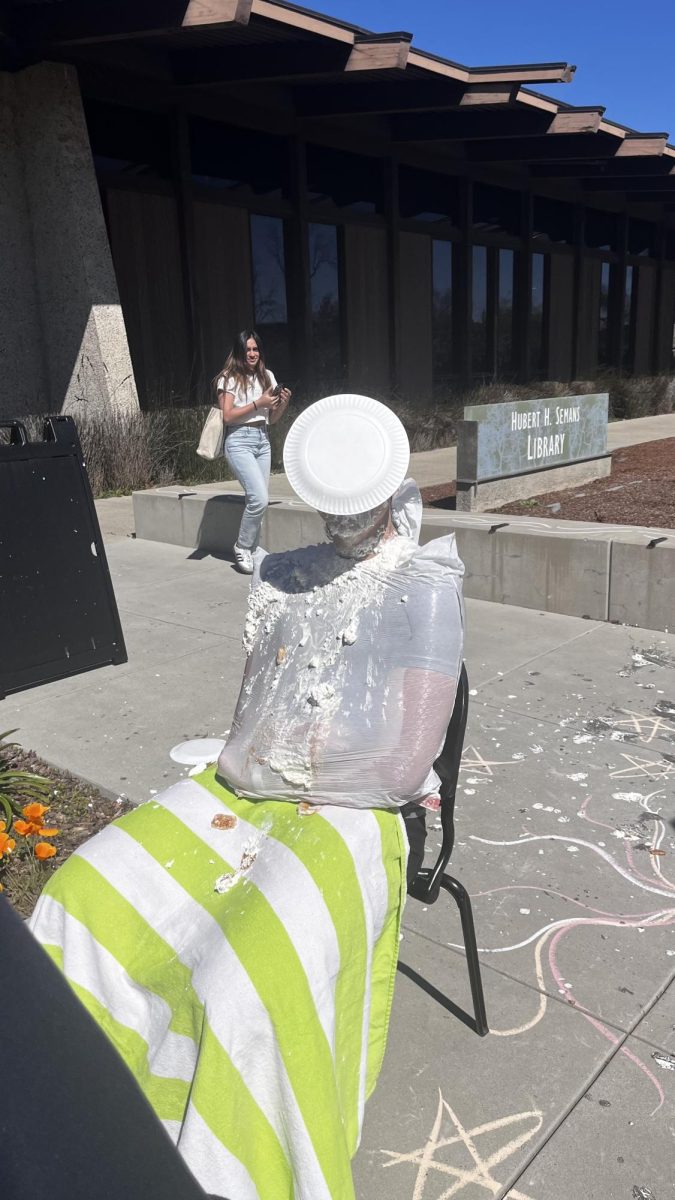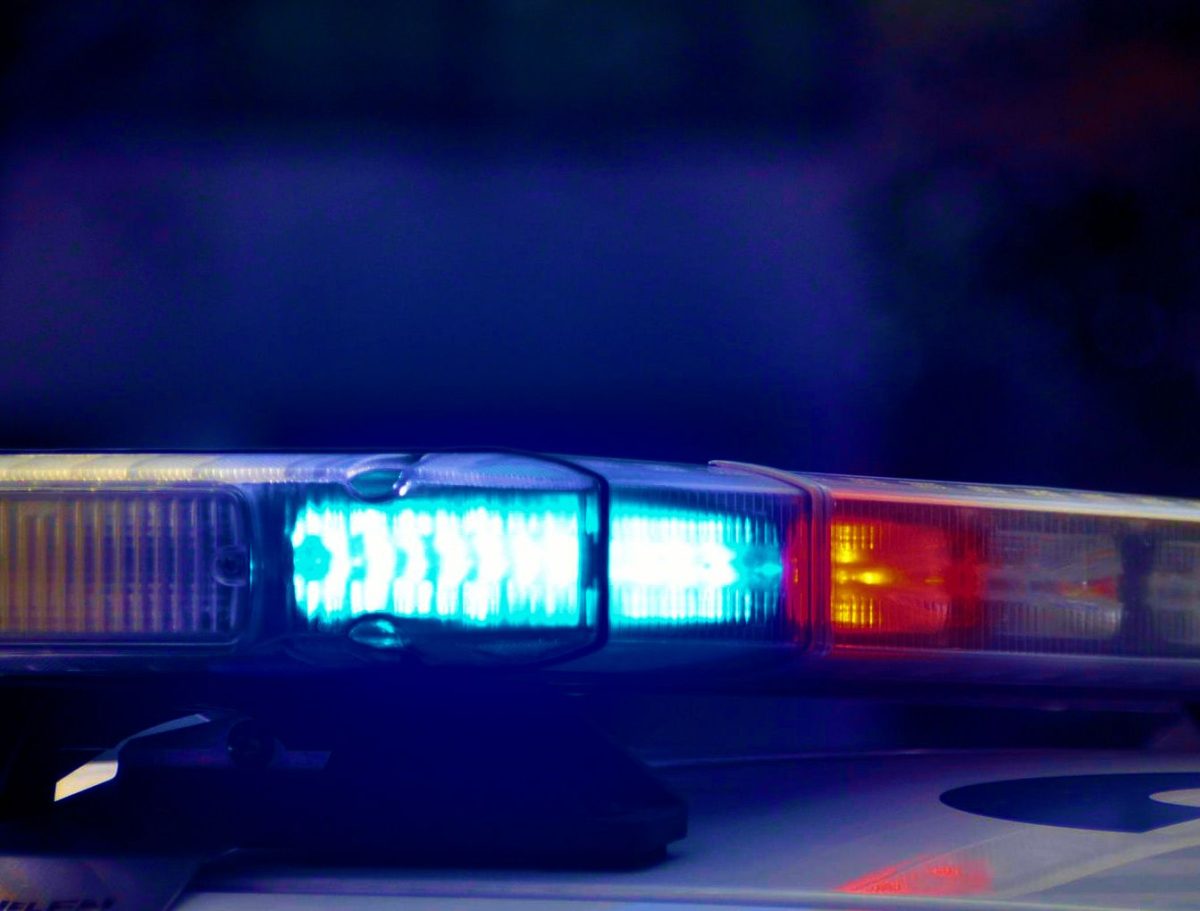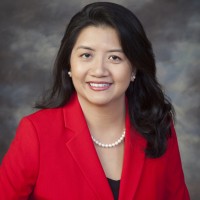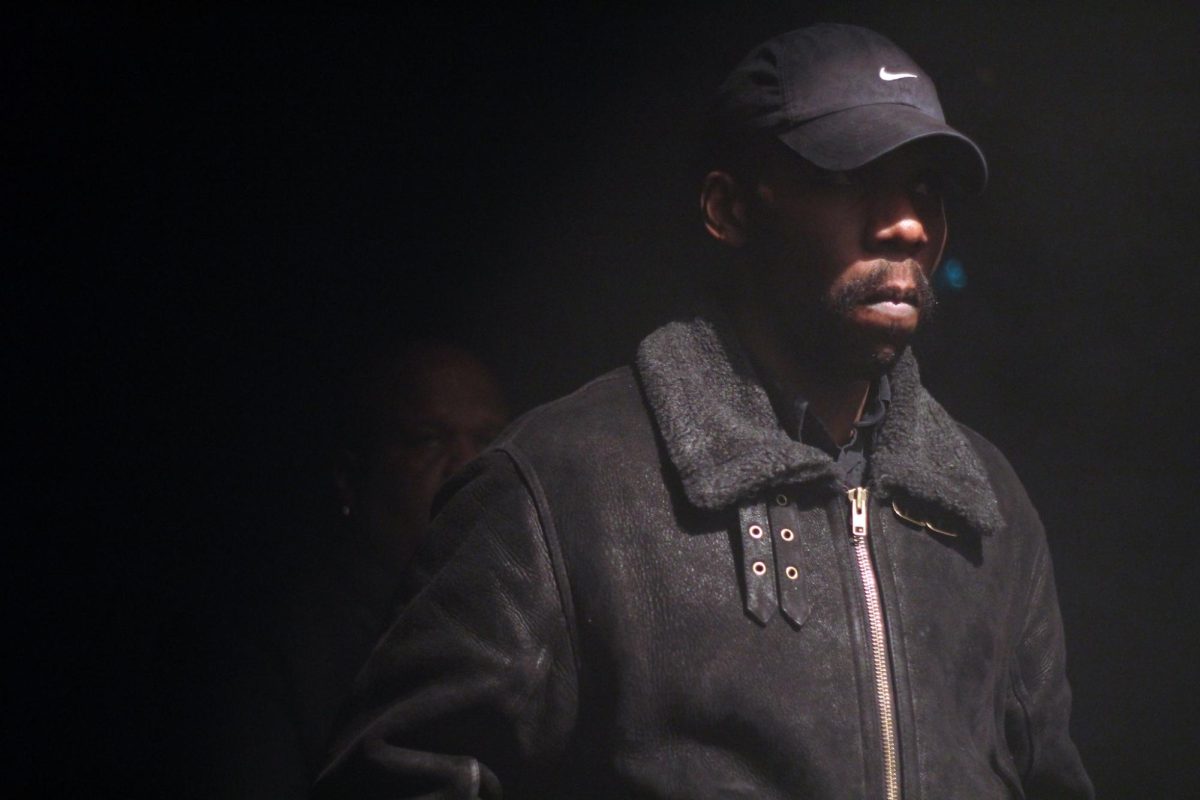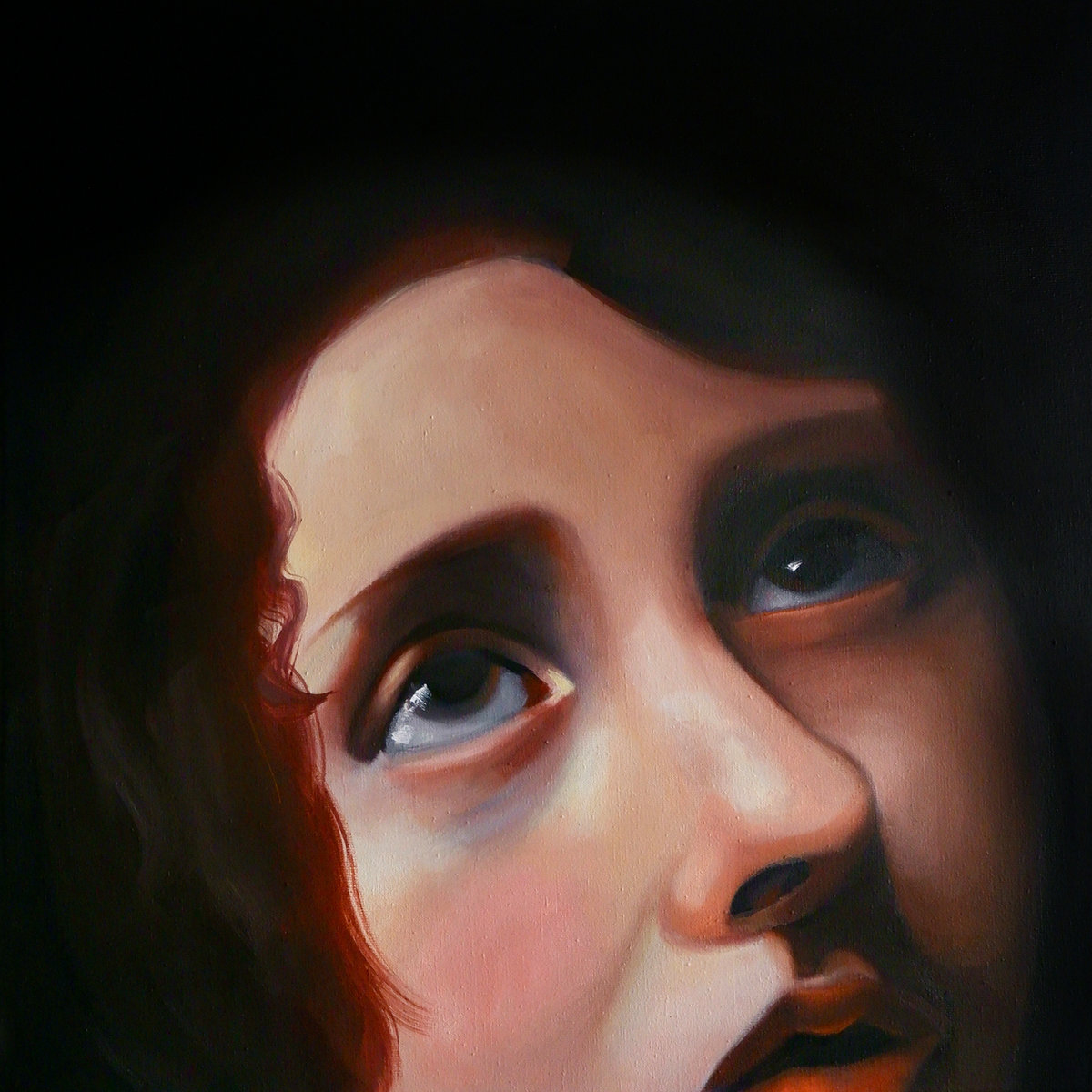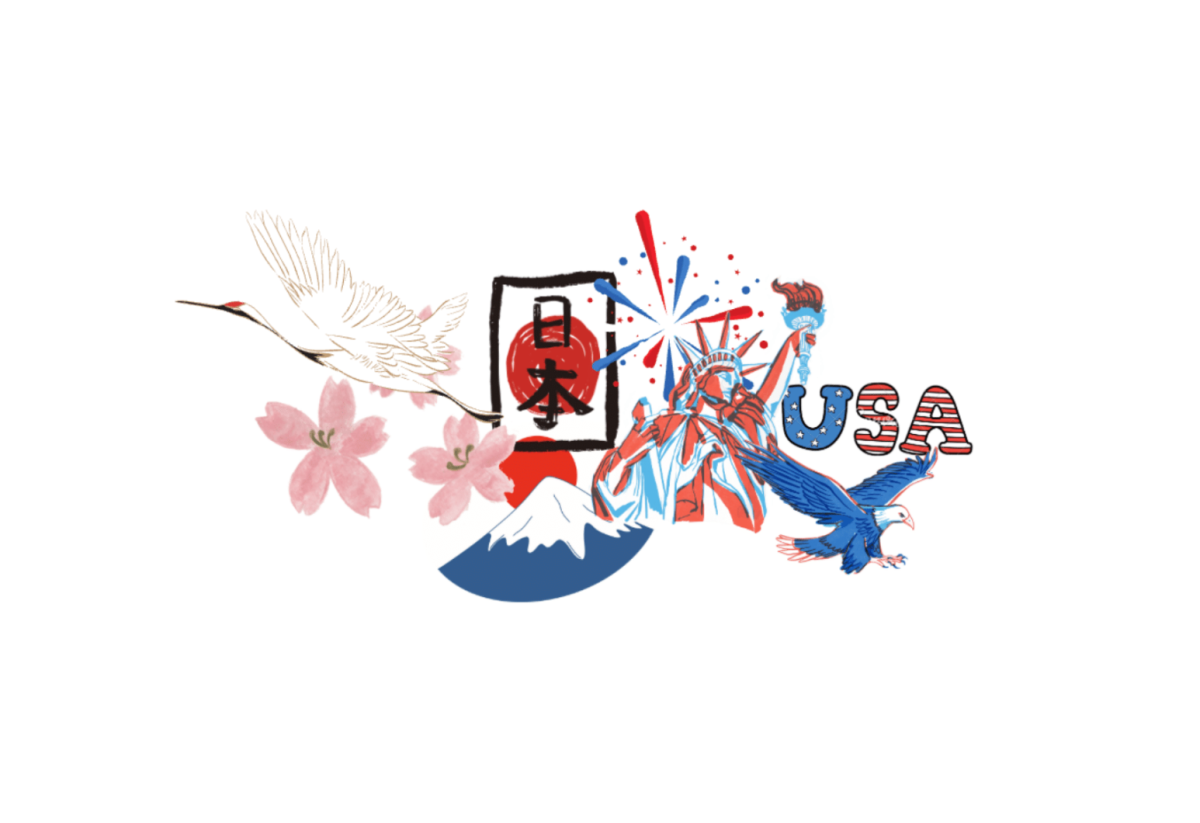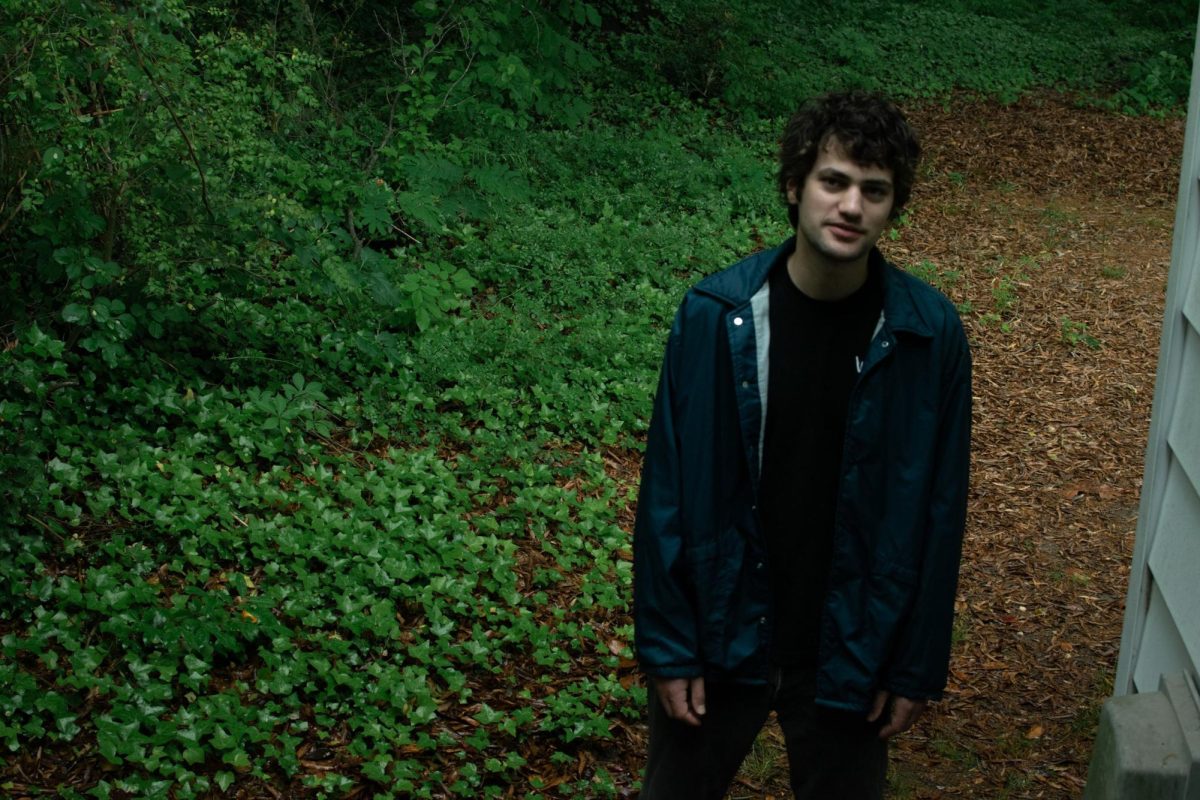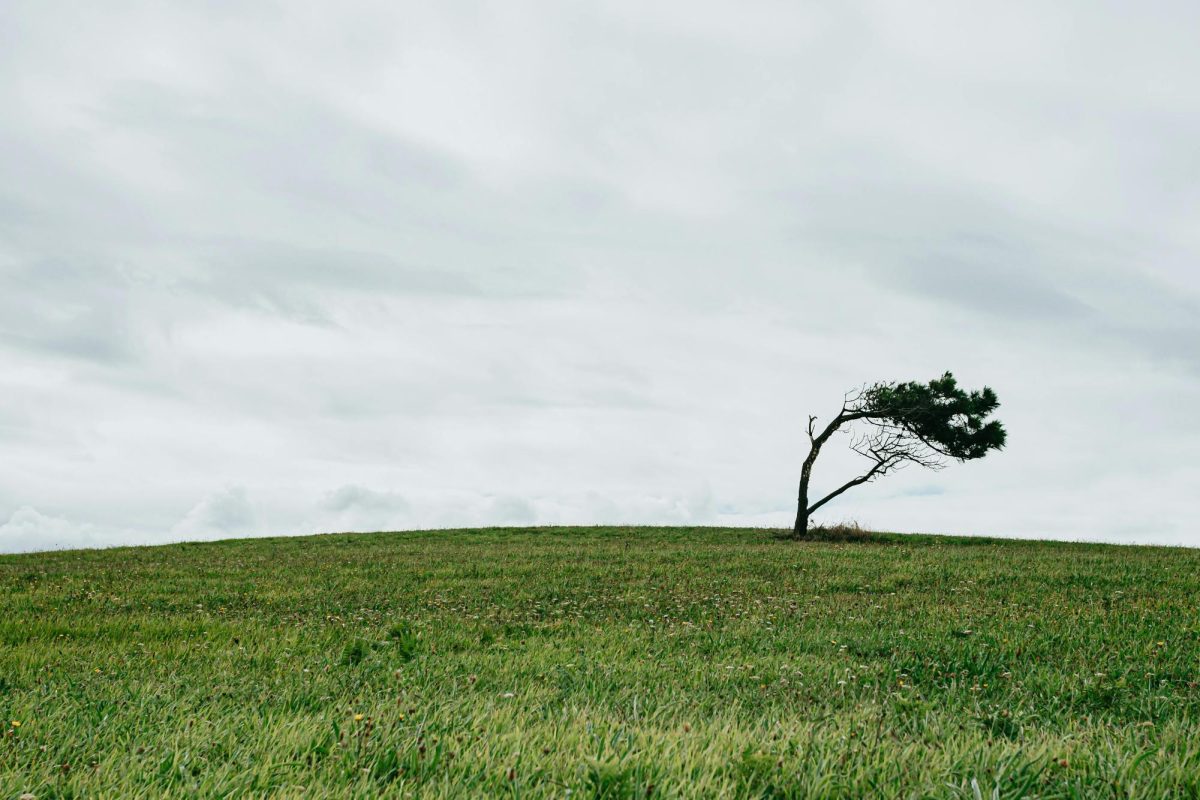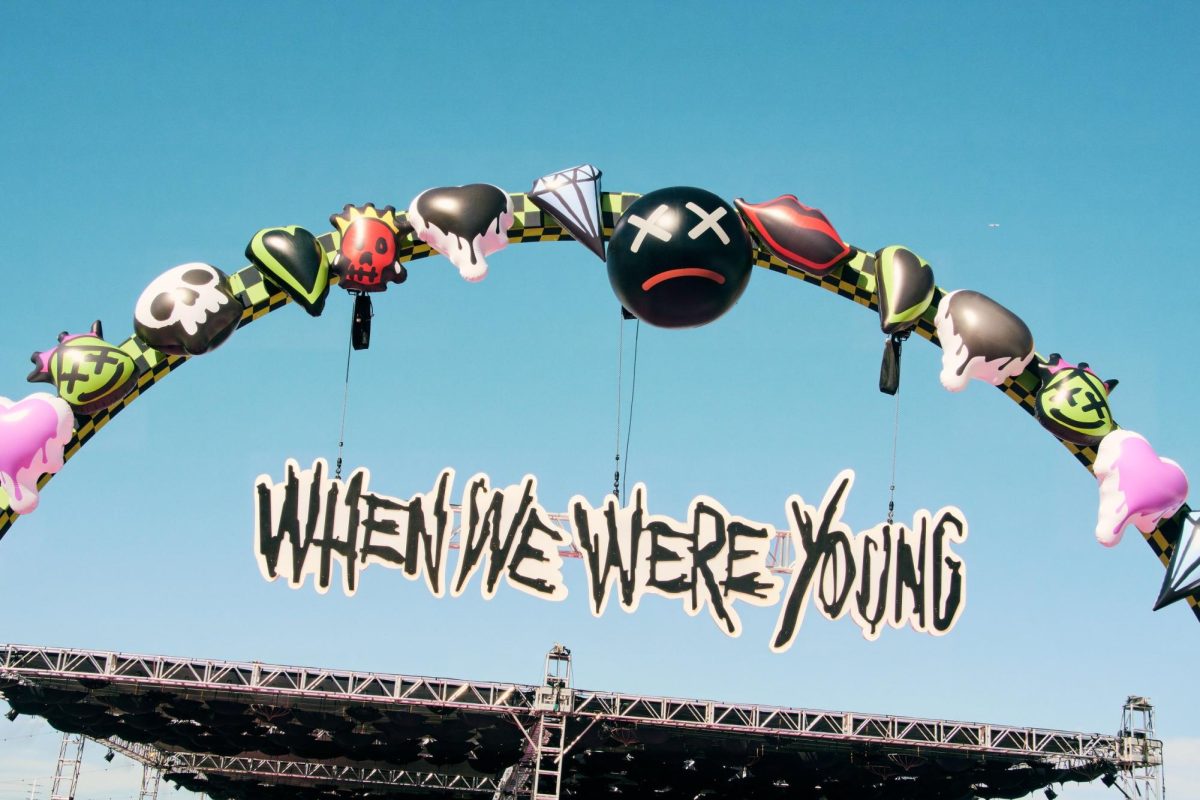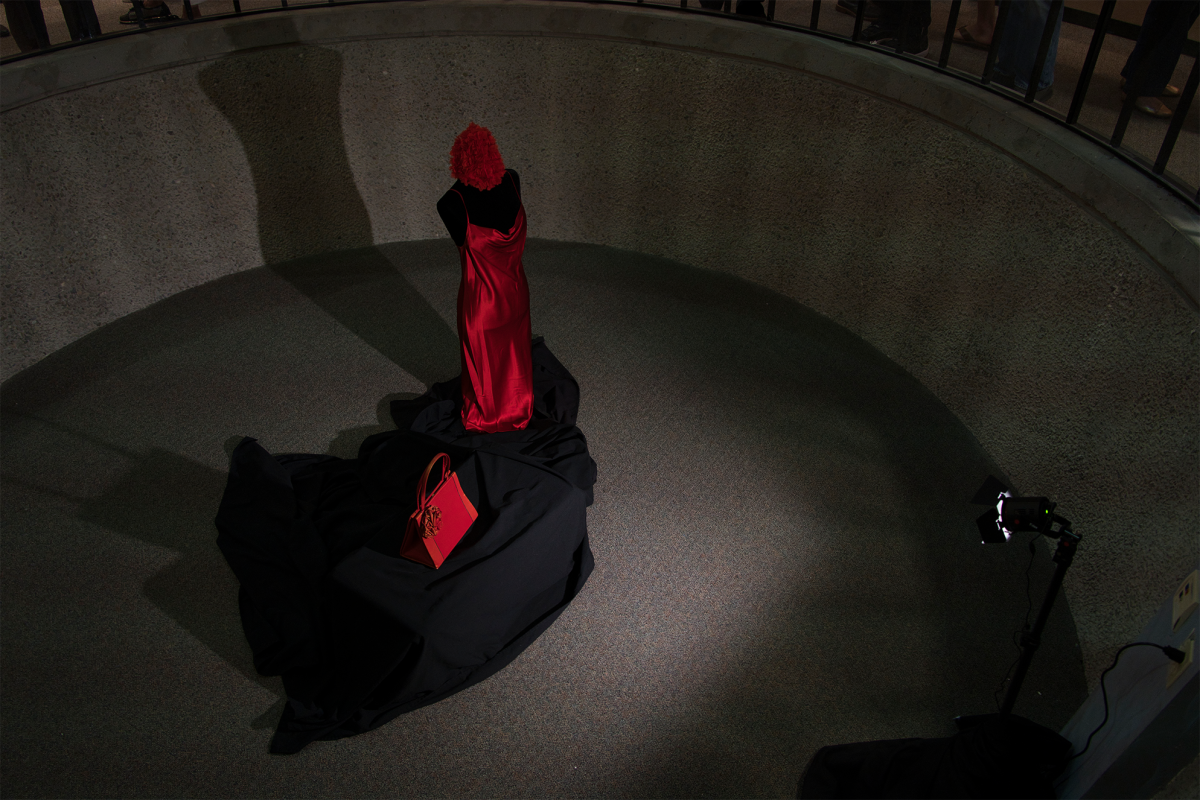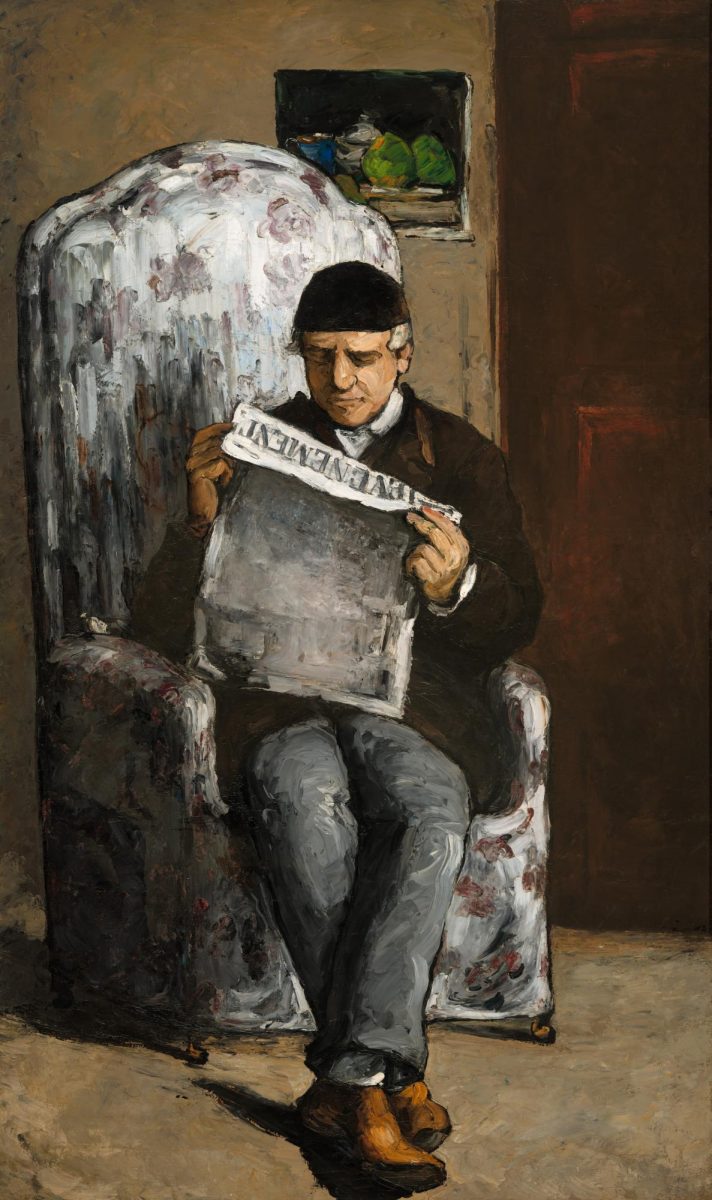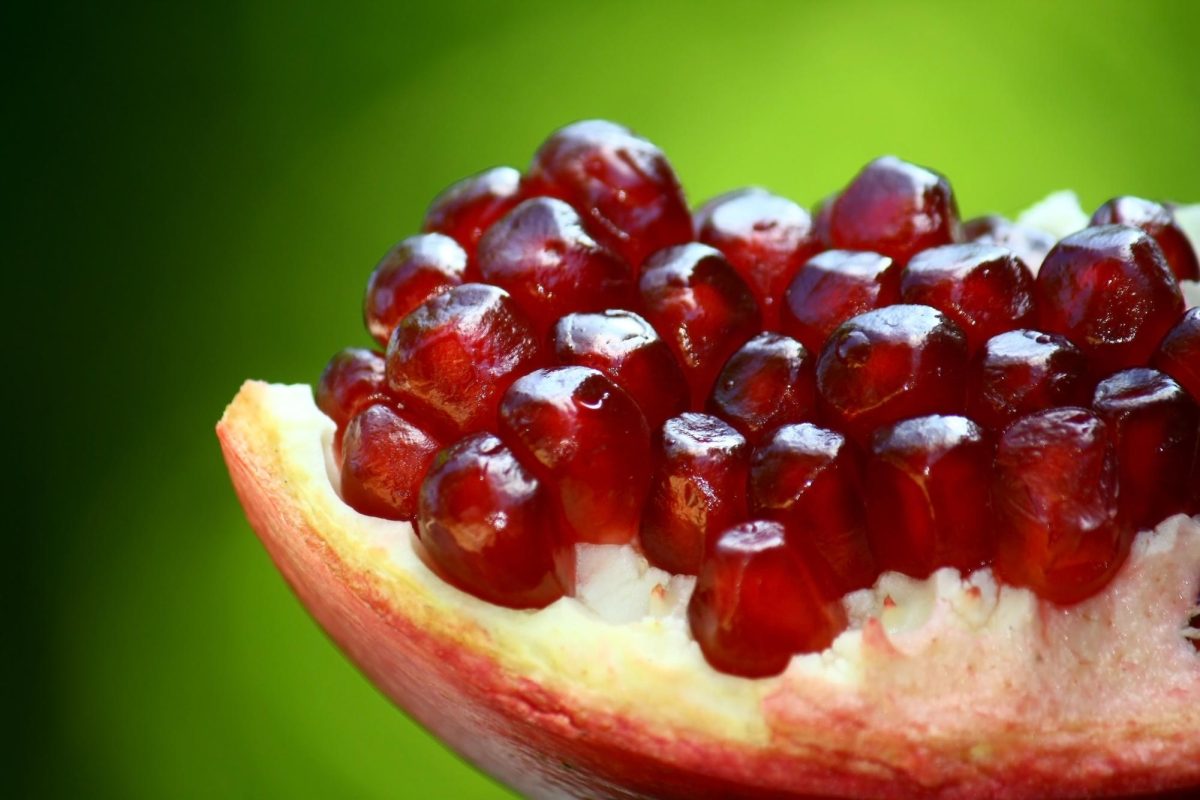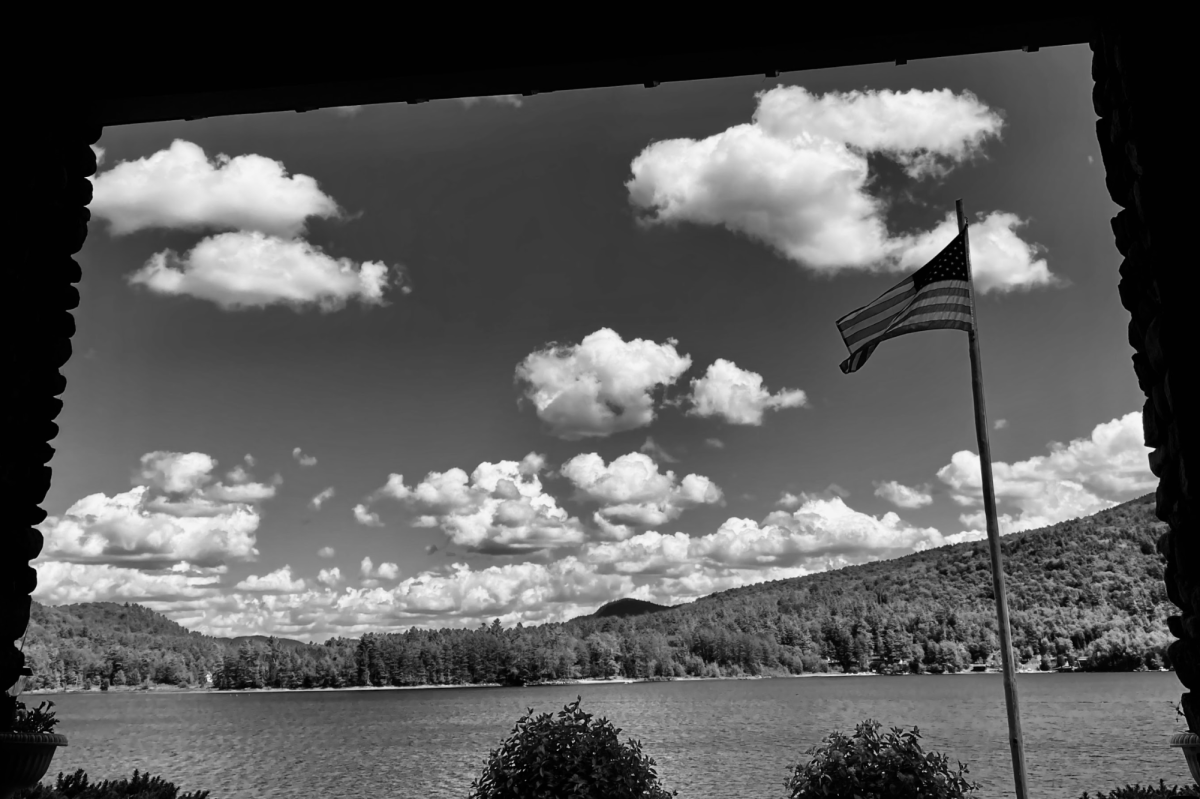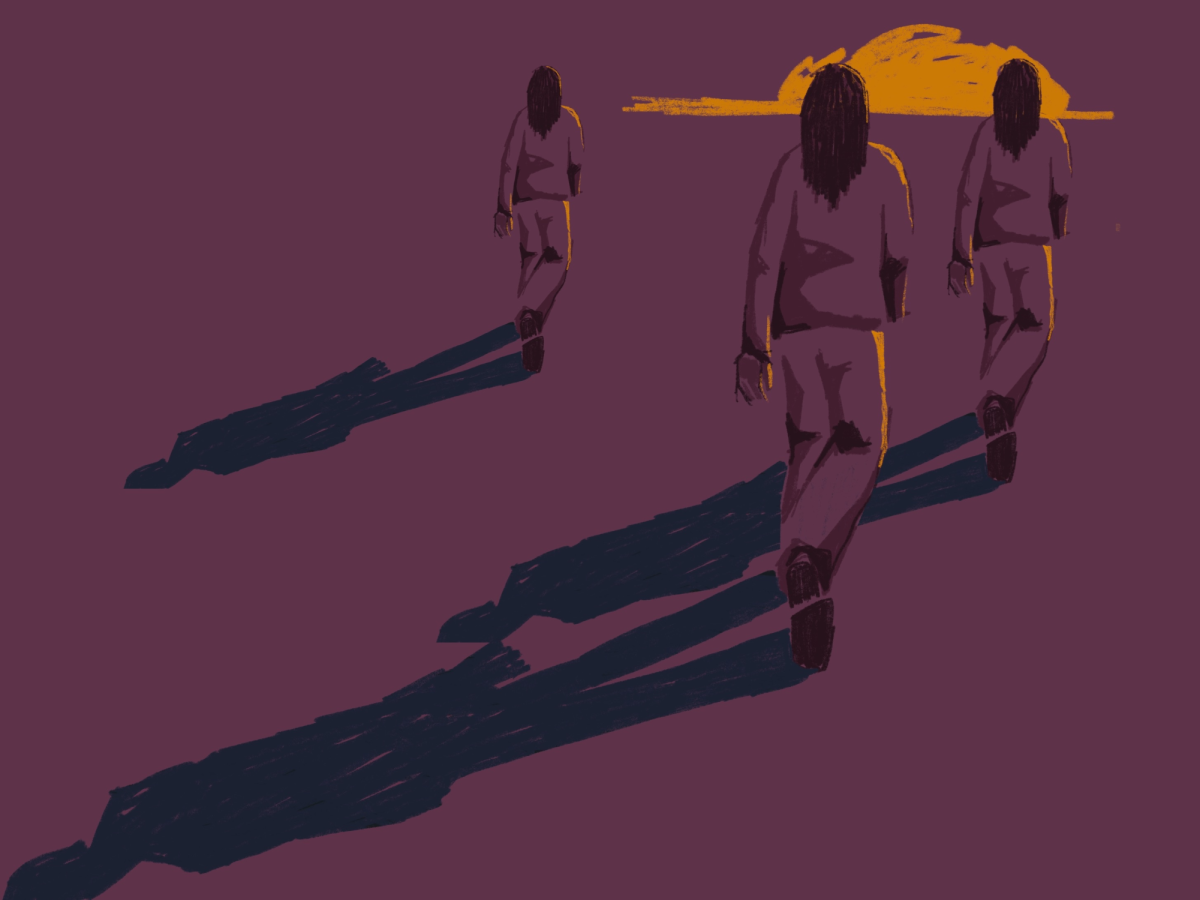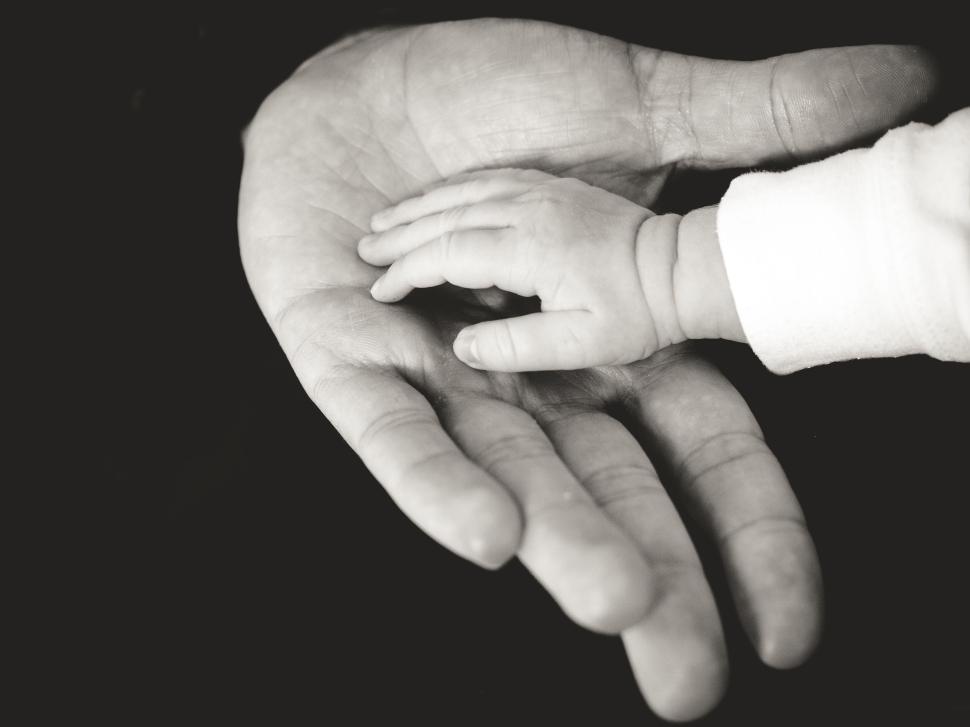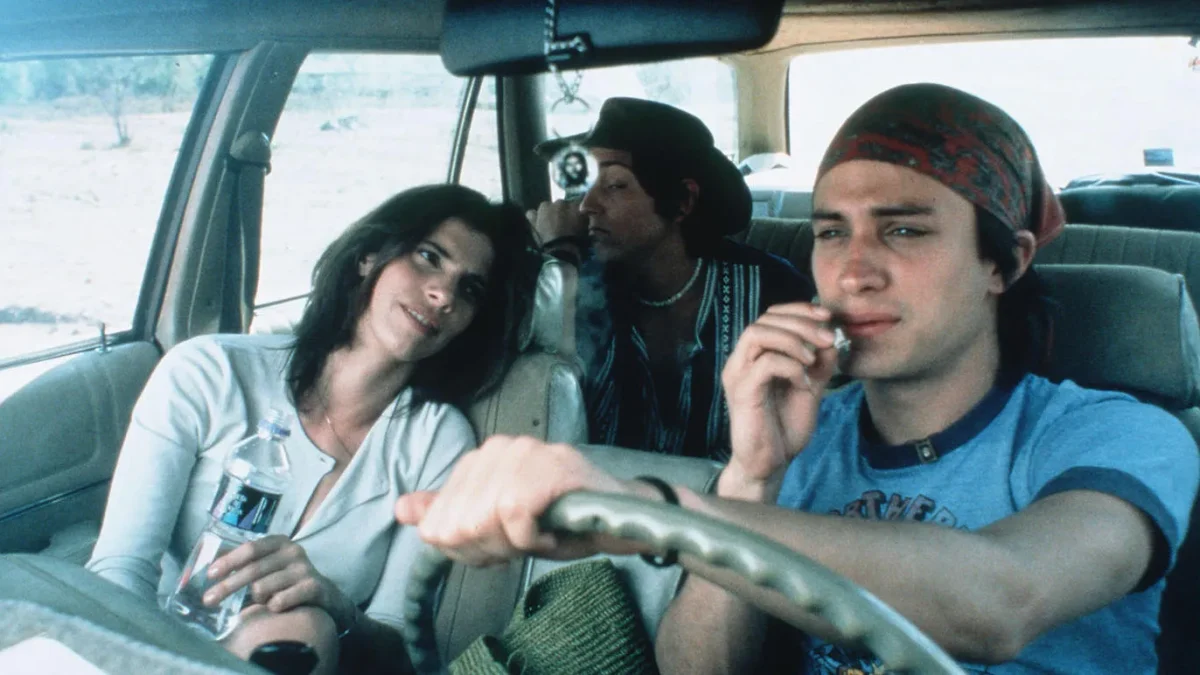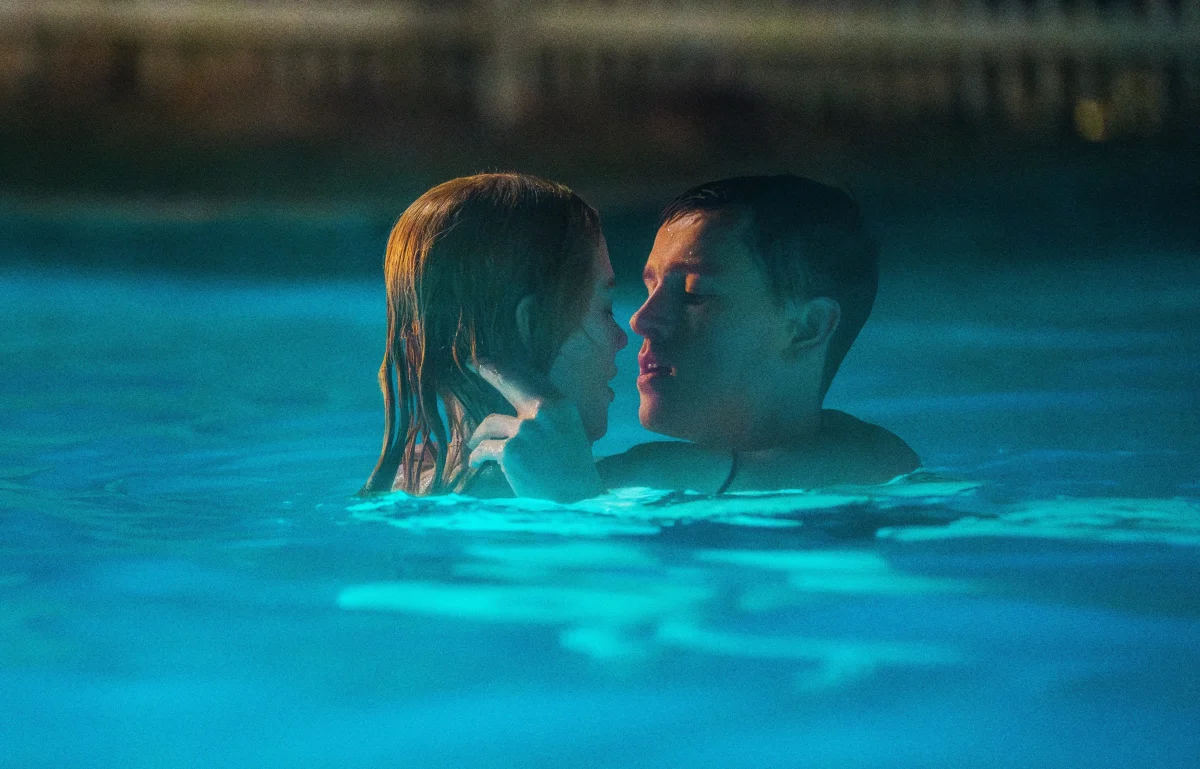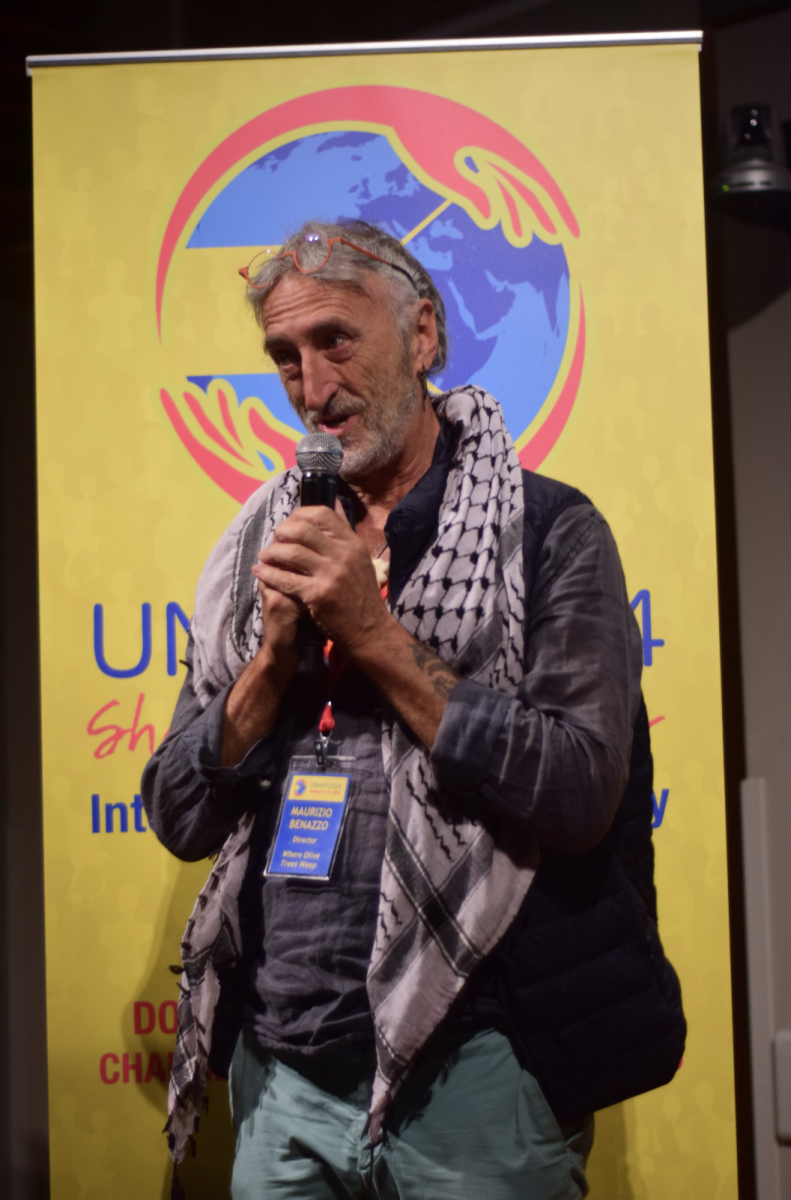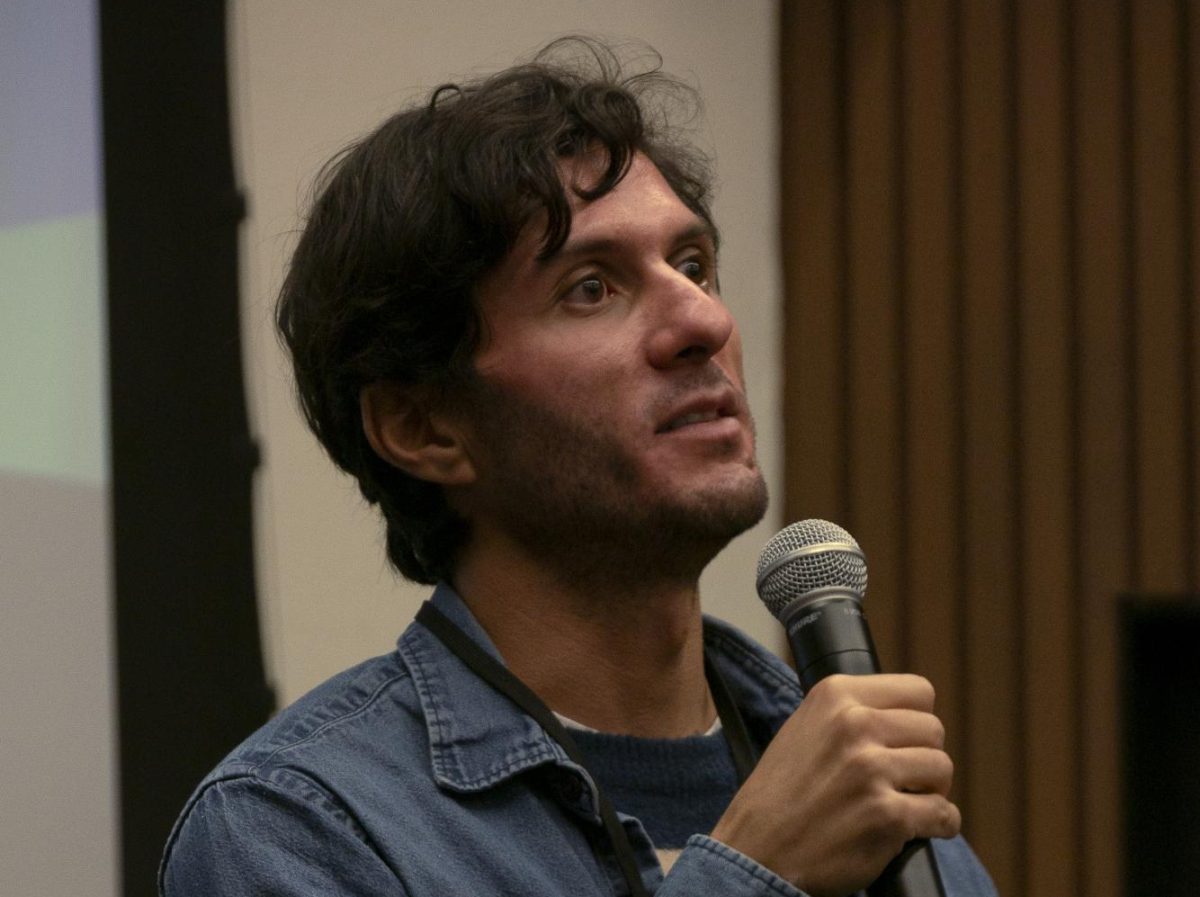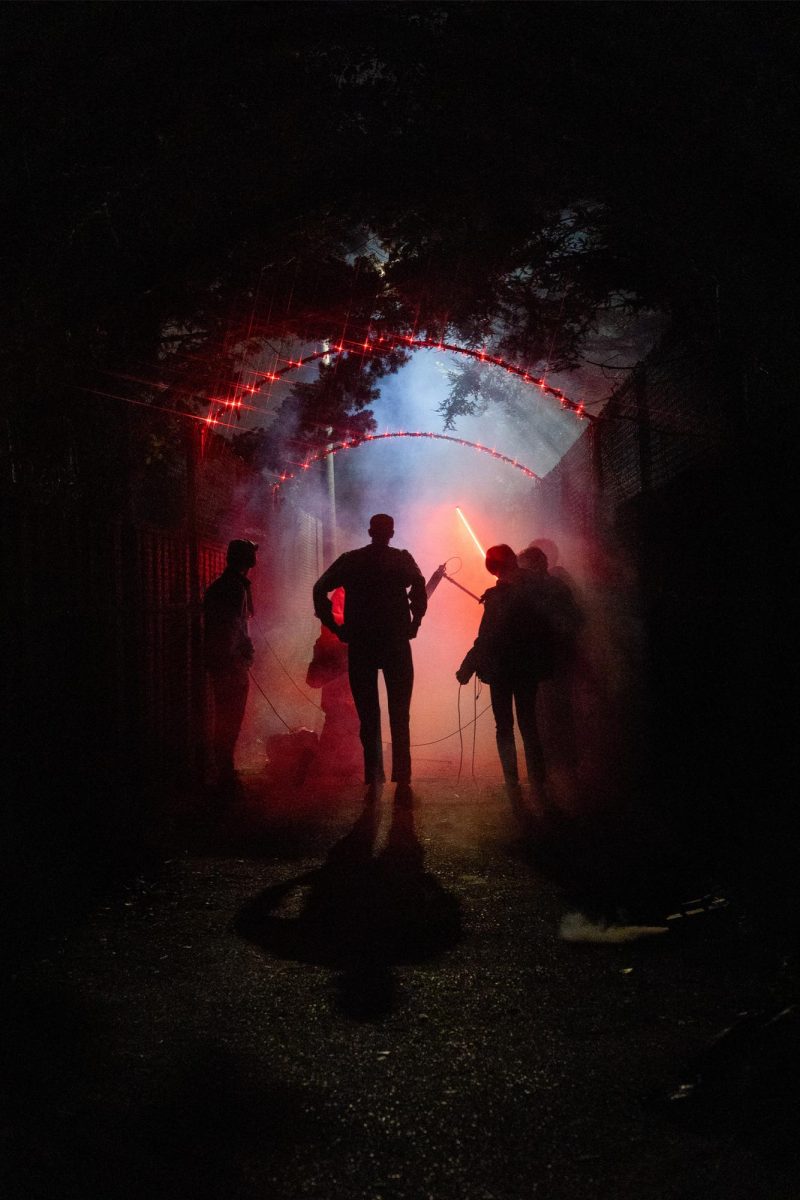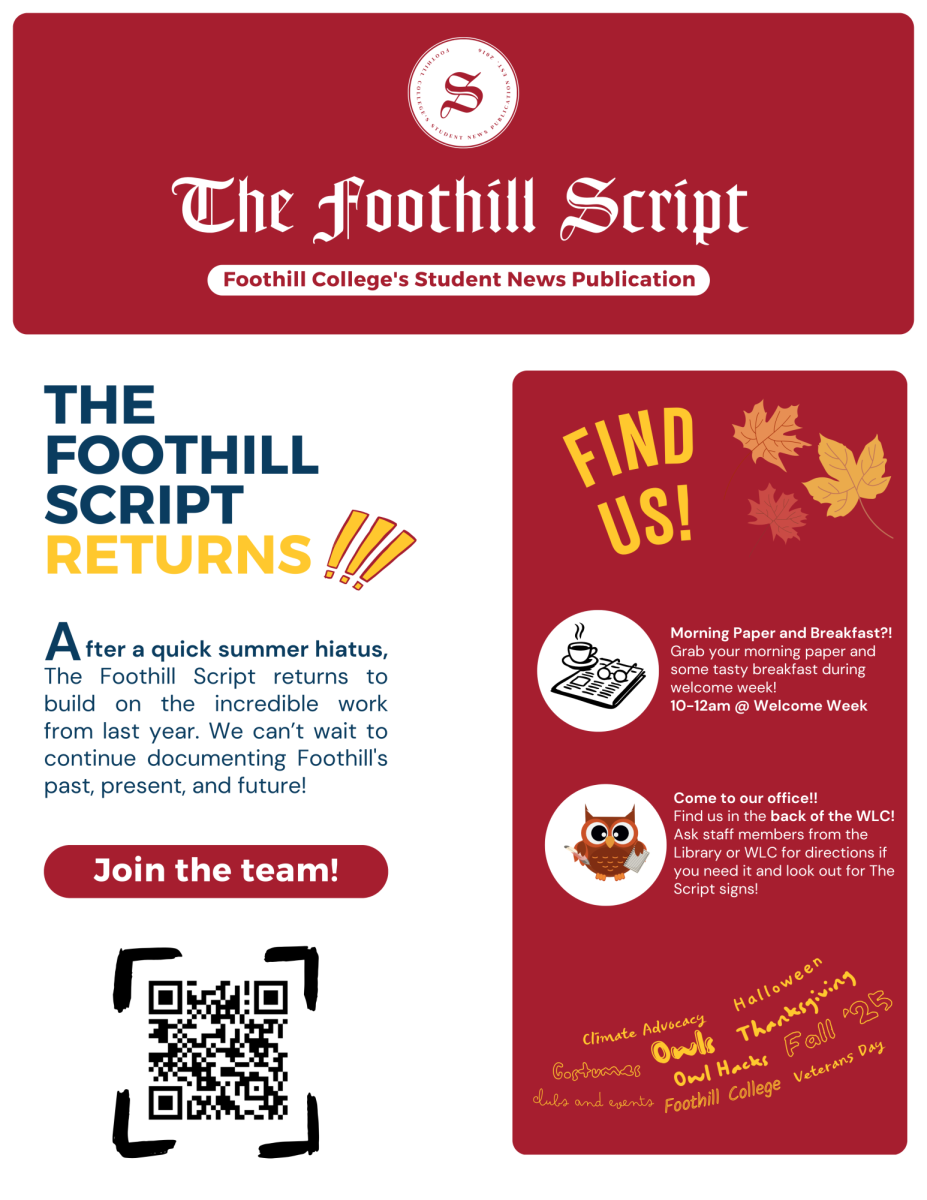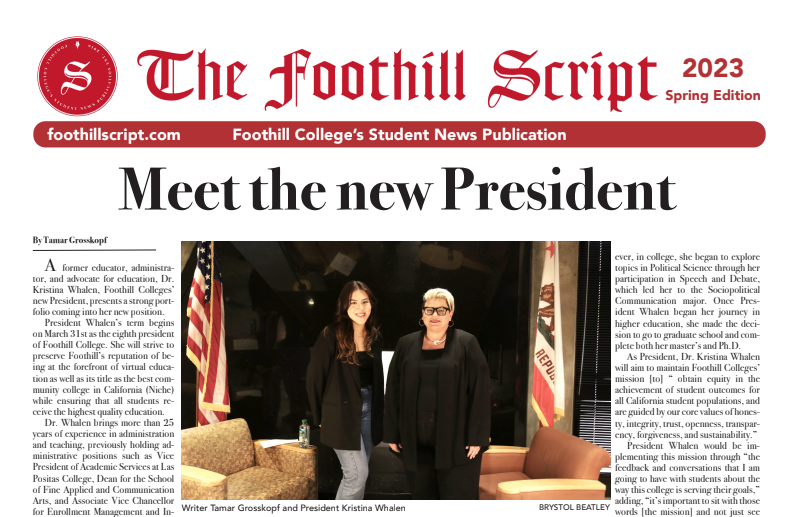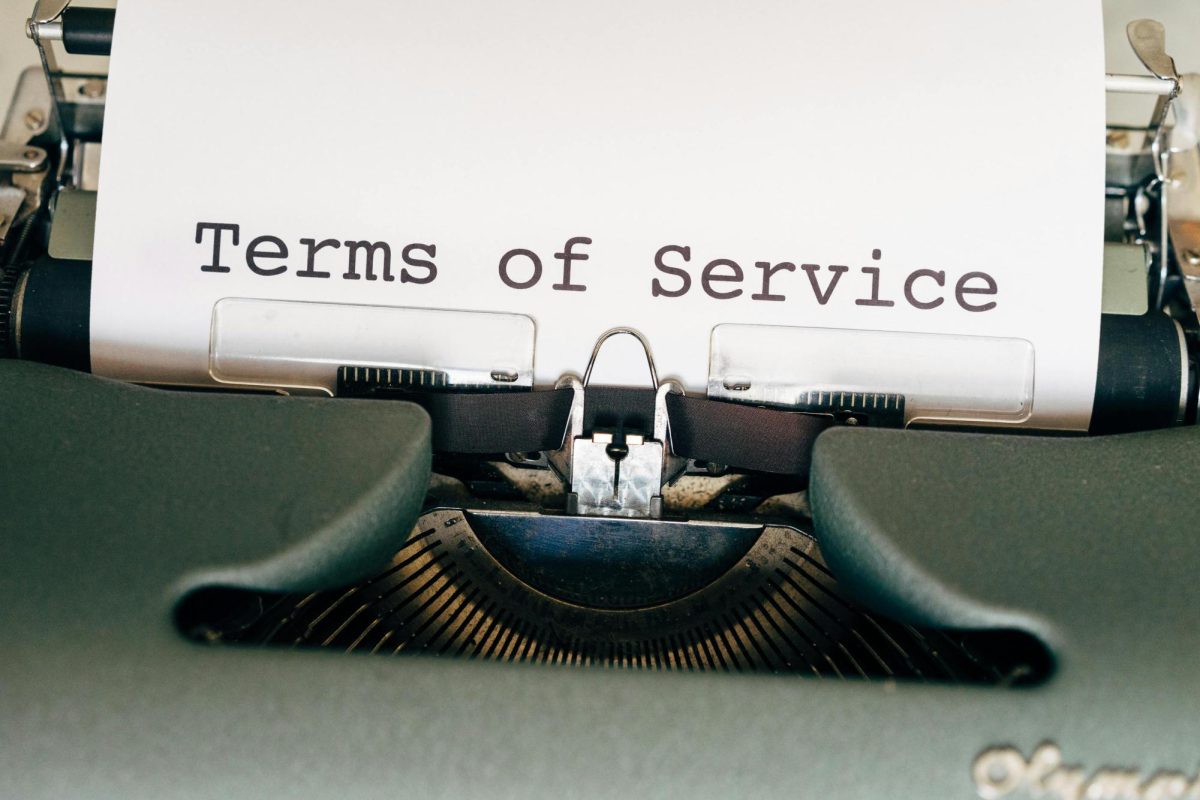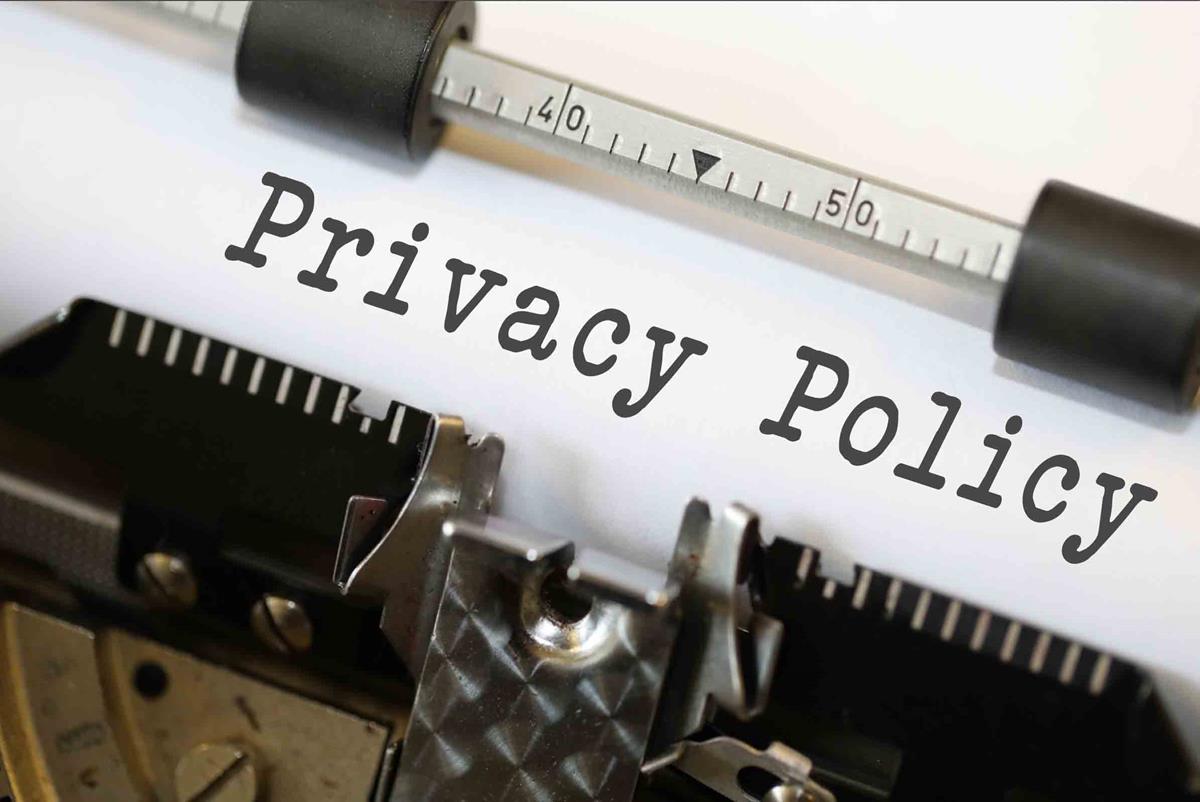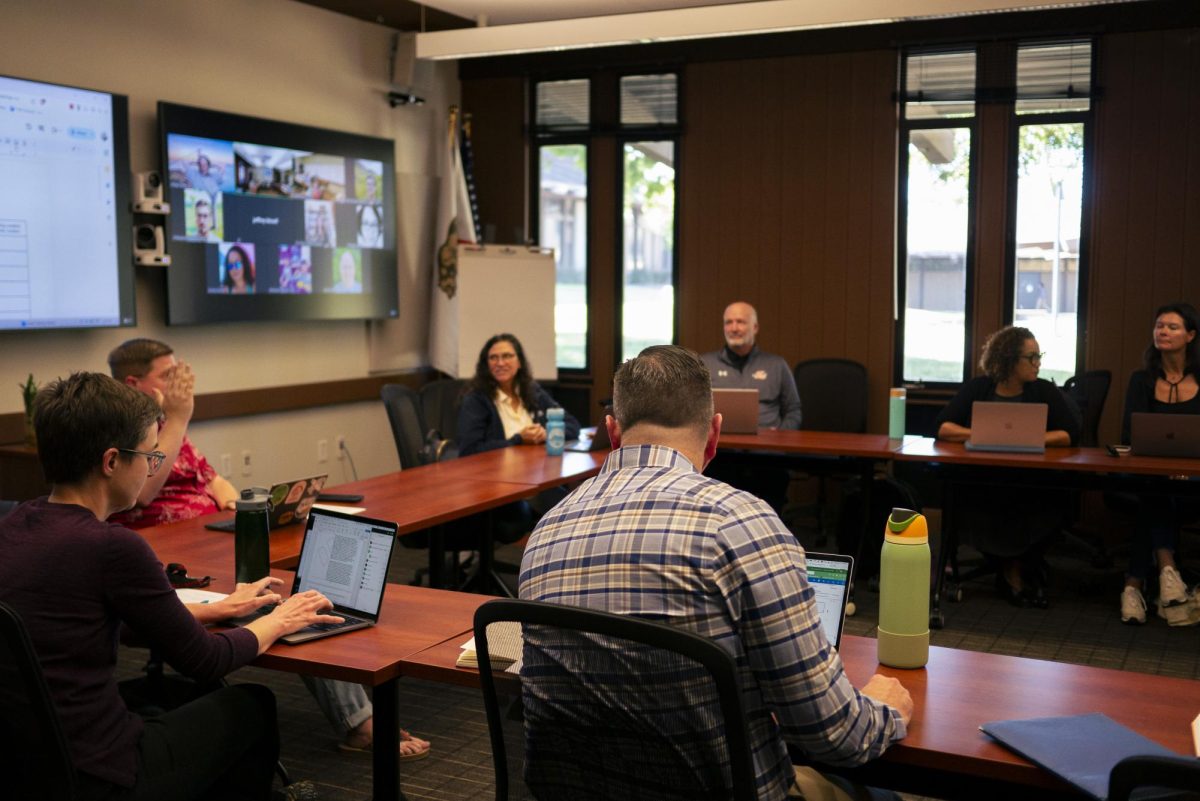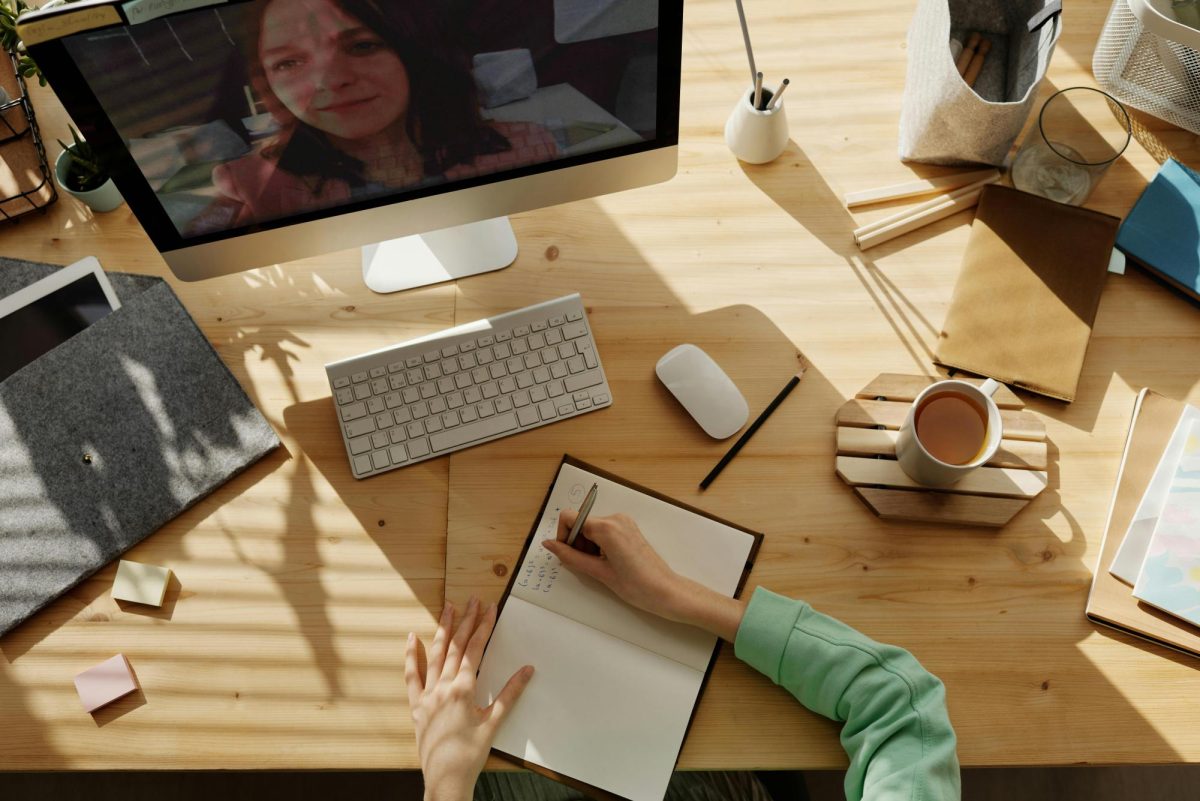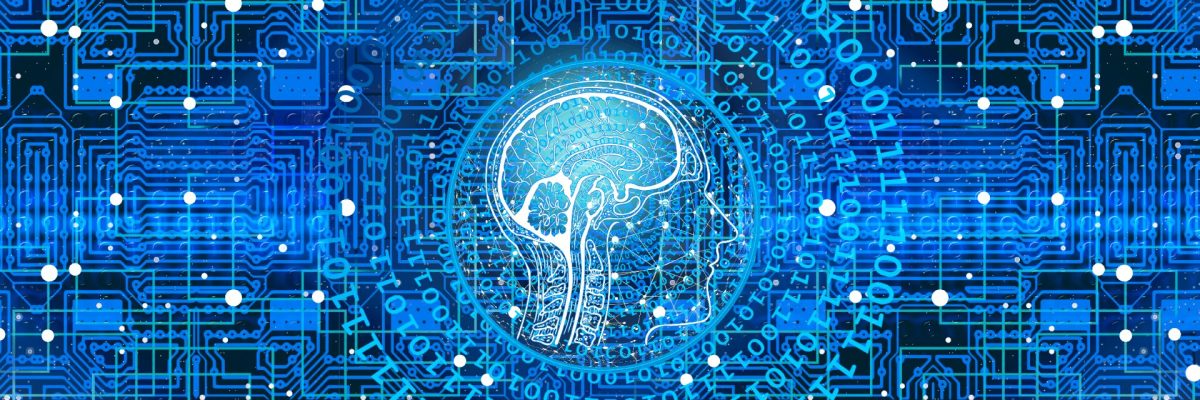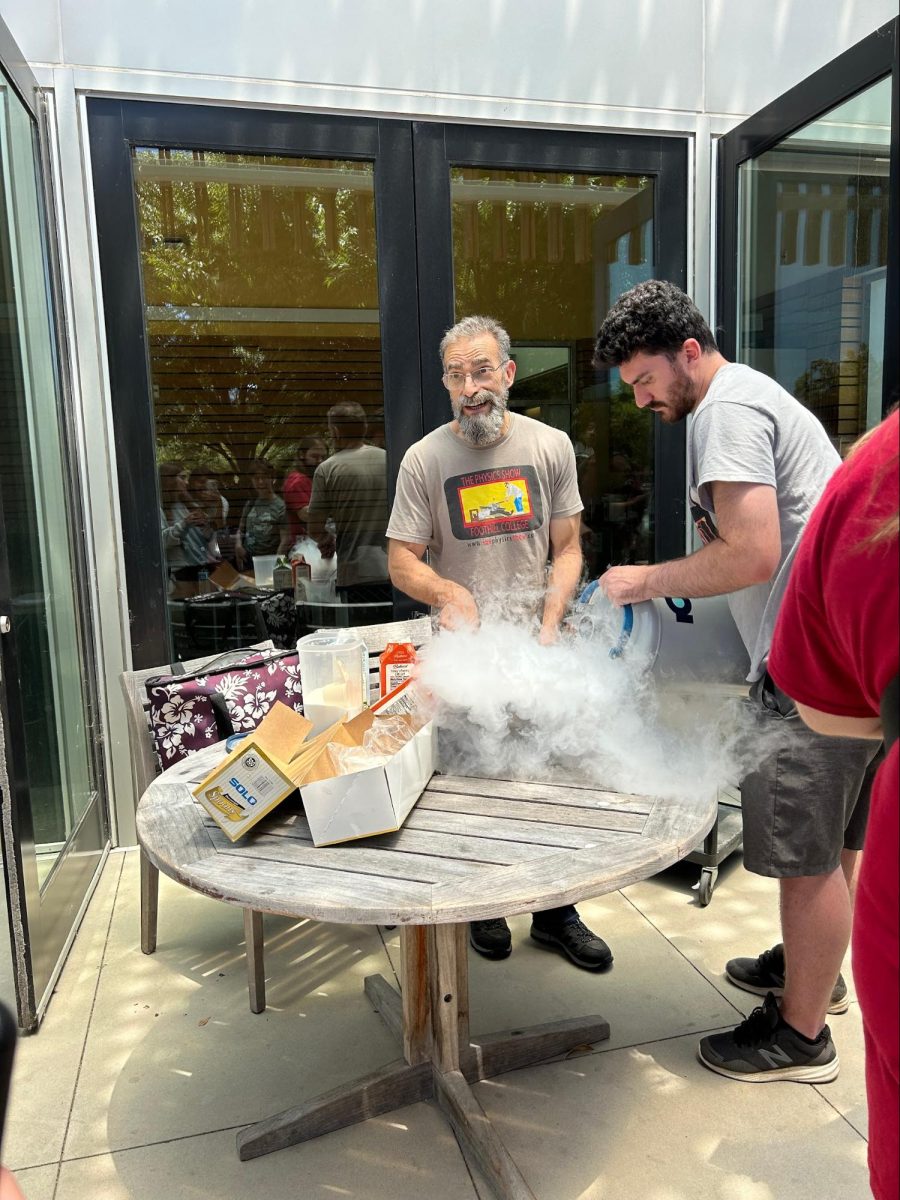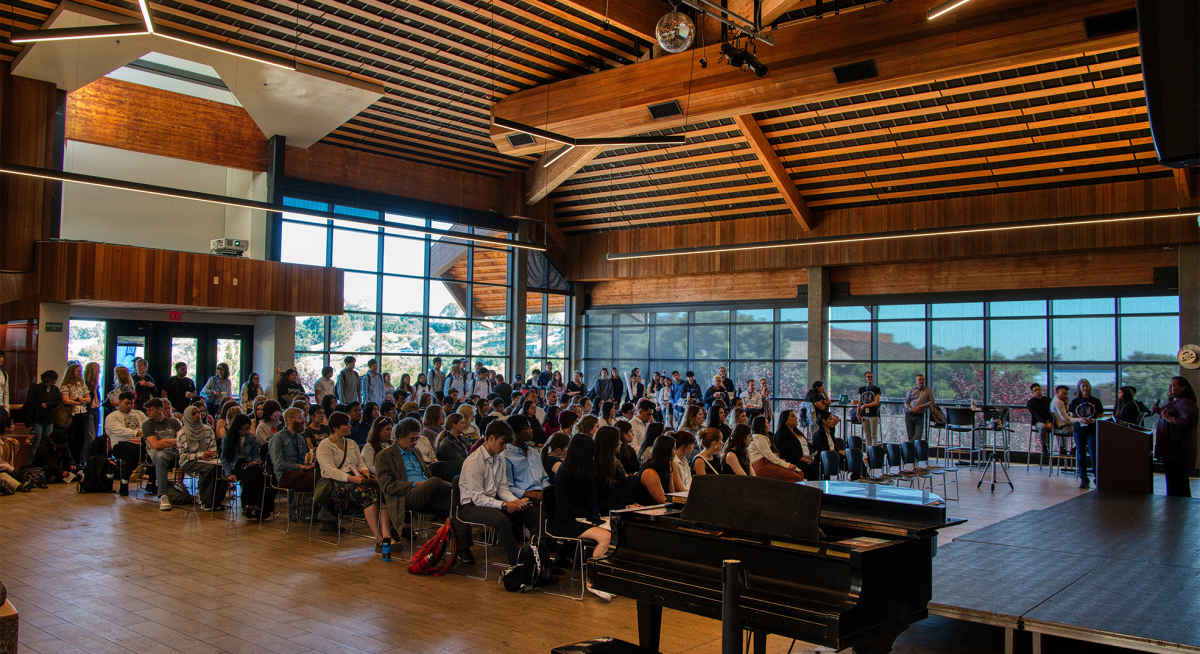Foothill’s Makerspace, with its museum of machines and bustling atmosphere of support, makes everyone who steps in feel as though anything is possible.
The Makerspace was created in 2017 through a grant given to 10 community colleges in California designated to build these makerspaces with the purpose of providing the community with a place to create, innovate, and learn through the tools and people. It’s located on the lower level of the Krause Center for Innovation with a variety of tools and machines including 3D printers, laser cutters, soldering, CNC machines, vinyl cutters, hand tools, power tools, design software, heat press, embroidery and sewing machines, poster printing, as well as additional materials and resources. The space is free for any Foothill students and faculty as well as community members through memberships, with training and workshops provided to be allowed to use any machines and tools. The makerspace offers both basic and advanced training and holds fifteen a week. Once trained on a machine, then they can be reserved, but they do not need to be reserved to use. The facility features extensive workspace and supplies a lot of free materials in addition to the use of its many machines.
The space runs on a credit system, with 12 credits provided each month to all users, where, for example, a shorter 3D print may cost two credits compared to a longer print that could cost up to four credits. Running on this system helps cover the cost of materials, as due to limited funding they cannot always supply every kind of material. By signing in and using the space, users help ensure greater funding for more materials. Students can sign up for a free account using just their student ID which can then be used to sign up for training sessions and reserve machines. Their first workshop this quarter on Oct. 24 provided an overview of the Makerspace, answering any questions prospective users had about the space and machinery.
This unique space is run by a group of both students and faculty who are part of the Krause Innovation Center. Along with the Makerspace staff who run training sessions and help keep things running and organized, Director Kas Pereira oversees everything in the space, with the help of Coordinator Rachel Okazaki. It is open Tuesday and Thursday from 10 a.m. to 8 p.m., Wednesday from 10 a.m. to 6 p.m. and Saturday from 10 a.m. to 4 p.m.
The Makerspace is known as a prototyping lab, it’s meant to be a space where people can explore and try out all of their ideas. It goes beyond the purpose of simply being a facility to build but to foster creativity, collaboration, and innovation to encourage people to experiment with their ideas and empower them to turn those ideas into a reality. “This Makerspace really focuses on prototyping and a maker mindset,” Okazaki said. “For a maker mindset, we really want people to focus on the process, not just the end product. It’s about taking risks, celebrating failure and being curious about what you’re making and the why behind it.”
The design process is an iterative method for solving problems creatively and with a deeper understanding, the different phases in this process are empathize, ideate, design, prototype and innovate, but they don’t always go in the linear order, they’re made to go back and forth. “We’re big on the design process,” Makerspace faculty member Kaitlin Coad said. “It’s like a cycle, once you get done innovating, you go right back
to the designing process. We’re big on thinking through the whole project, and not just coming in and whipping something up and leaving, we want you to make the best thing that you can make.”
This space is a special resource meant for anyone and everyone. While being a place for students to work on school projects or explore their own personal ones, it has also been helpful for clubs looking to make innovations for their group come to life, test creative marketing strategies or hold a collaborative project-based meeting. It is also a great resource for groups outside the Foothill community, such as for K through 12 educators as a part of one of the Makerspaces’s programs.
Throughout the many years the Makerspace has been running a variety of ideas have come to life within the facility. Some notable ones the staff has enjoyed seeing the creation of are a spinal cord model done by the anatomy physiology department that was made for students to study the pathways of the spinal cord. “They did a lot of prototyping from idea to the final product to figure out what they wanted to do and how they could bring it together,” Okazaki said. “Even though their end product looked simple in a way and very well thought out, it’s because of months of planning and creating.” One student pair spent months building a fully functioning drone. Another more personal project Coad worked on was familiarizing herself with the sewing machines. “I pretty much taught myself how to sew here,” she said. “I sewed a dress for myself that I wore to my sister’s graduation, that’s probably my favorite thing that I’ve made.”
As anyone can see upon entering this creative space, the projects vary in type from making model rockets and drones to embroidering graduation shirts to operating on a human eyeball. But the most underutilized aspect of this resource is the collaborative group environment that the space creates, as just being there sparks ideas and new perspectives. As Coad puts it, “Even if you’re not feeling super inspired, you come in here and see what everyone else is making, what other people have made and what they’re working on, and it really inspires you to want to create things yourself, to make and be creative.”

